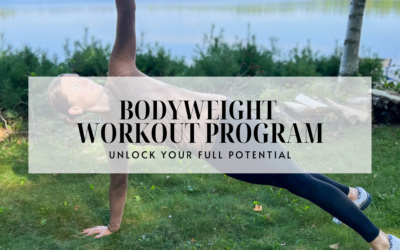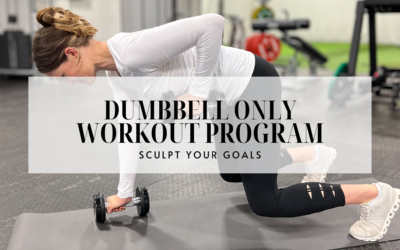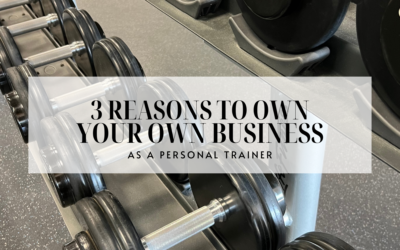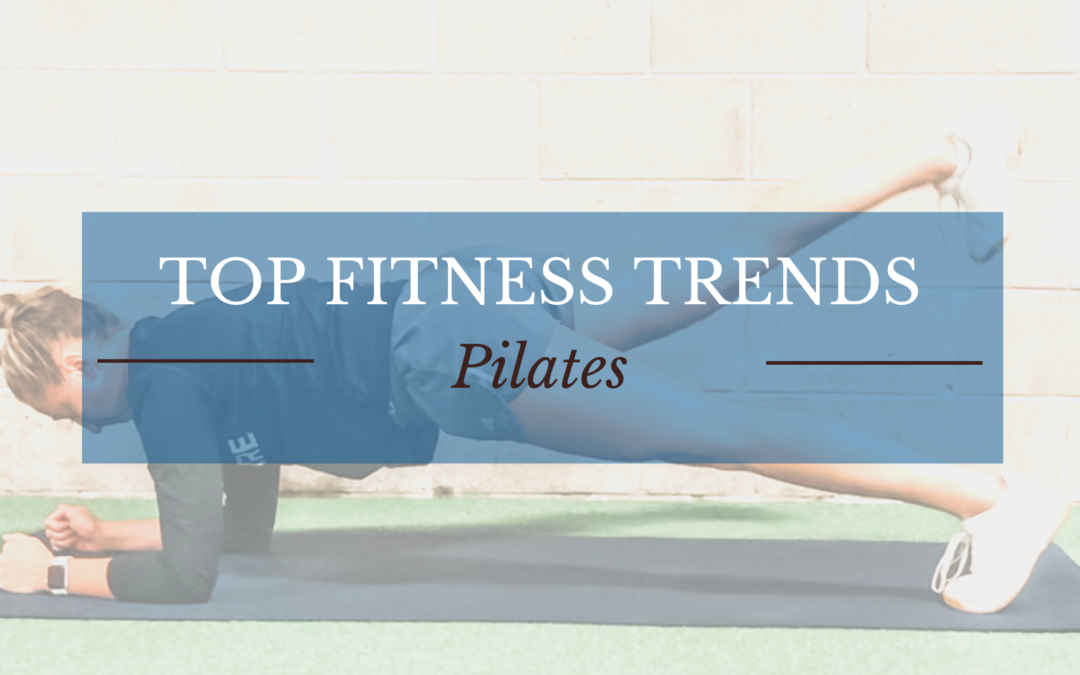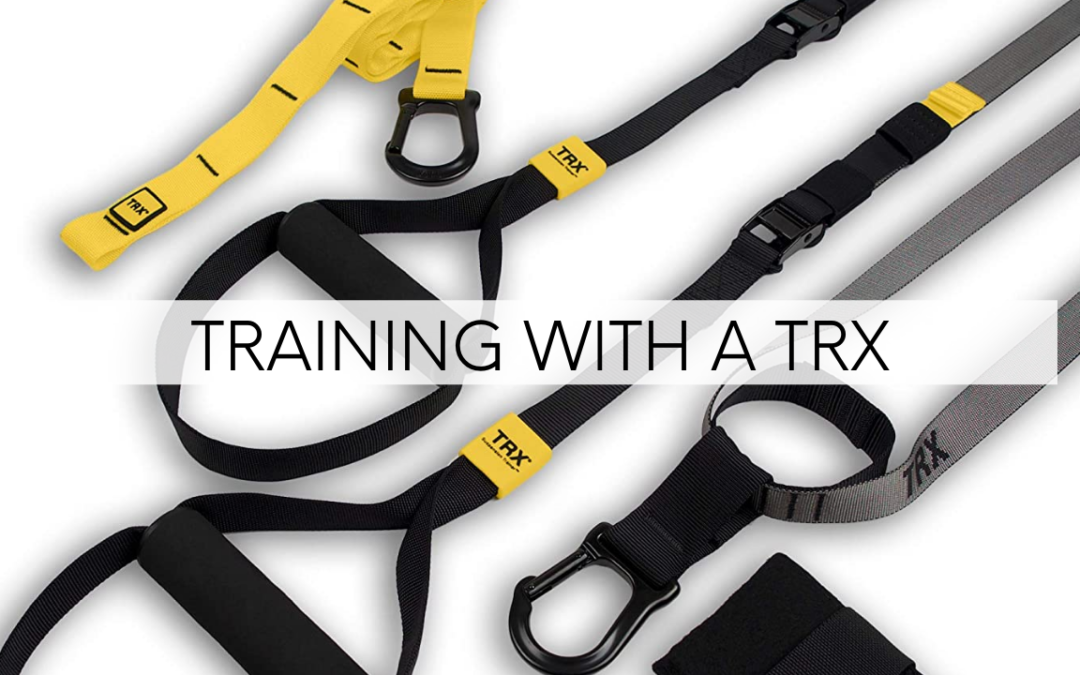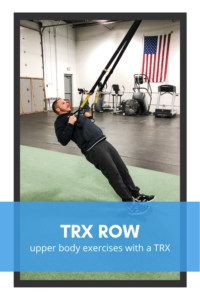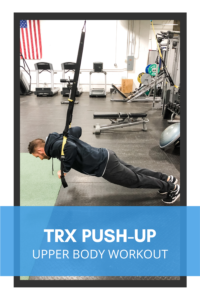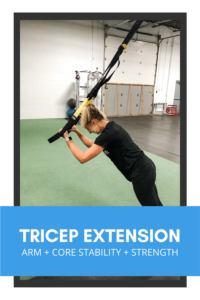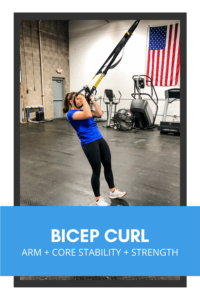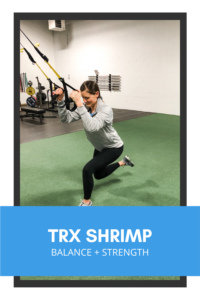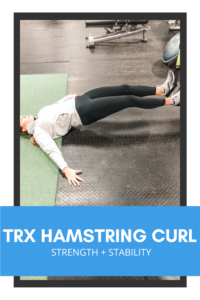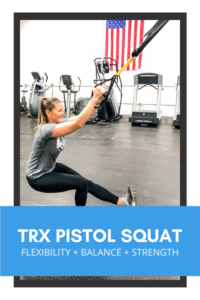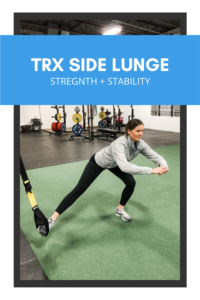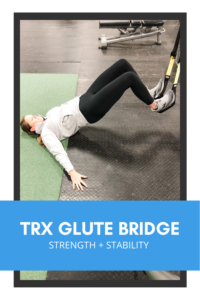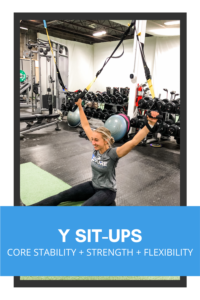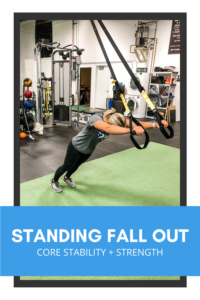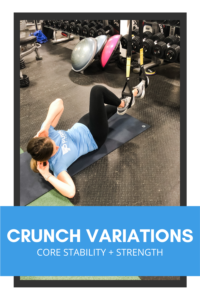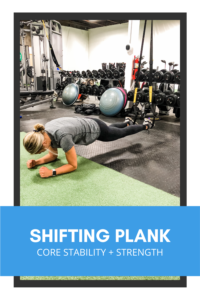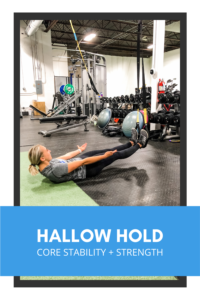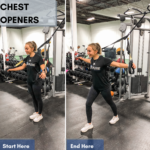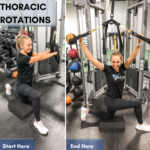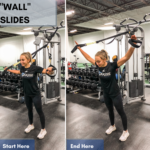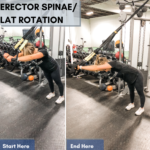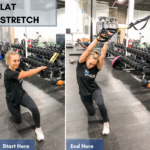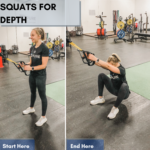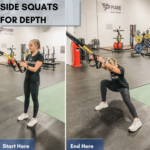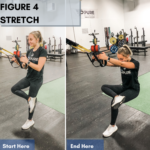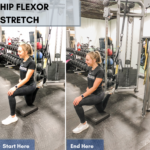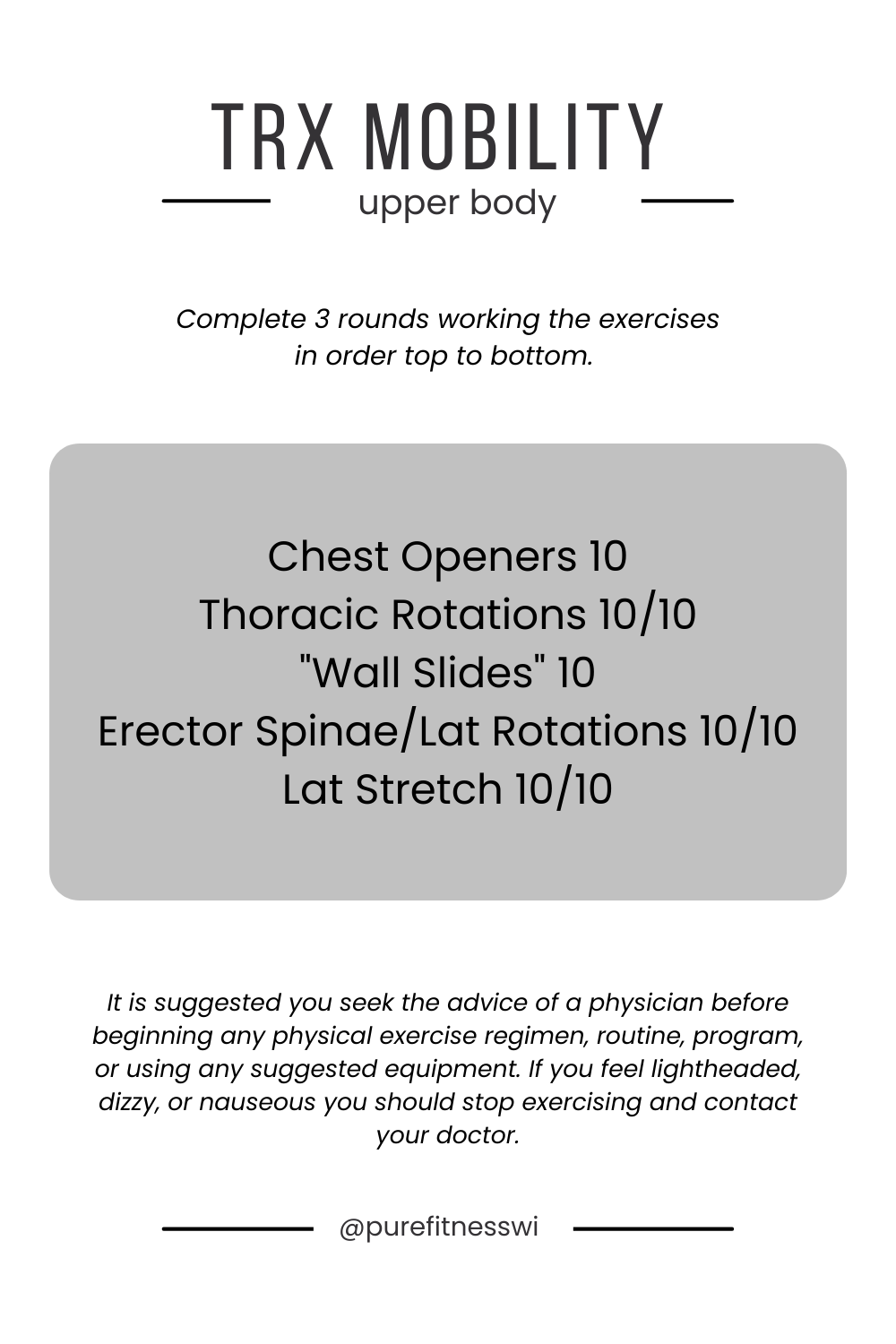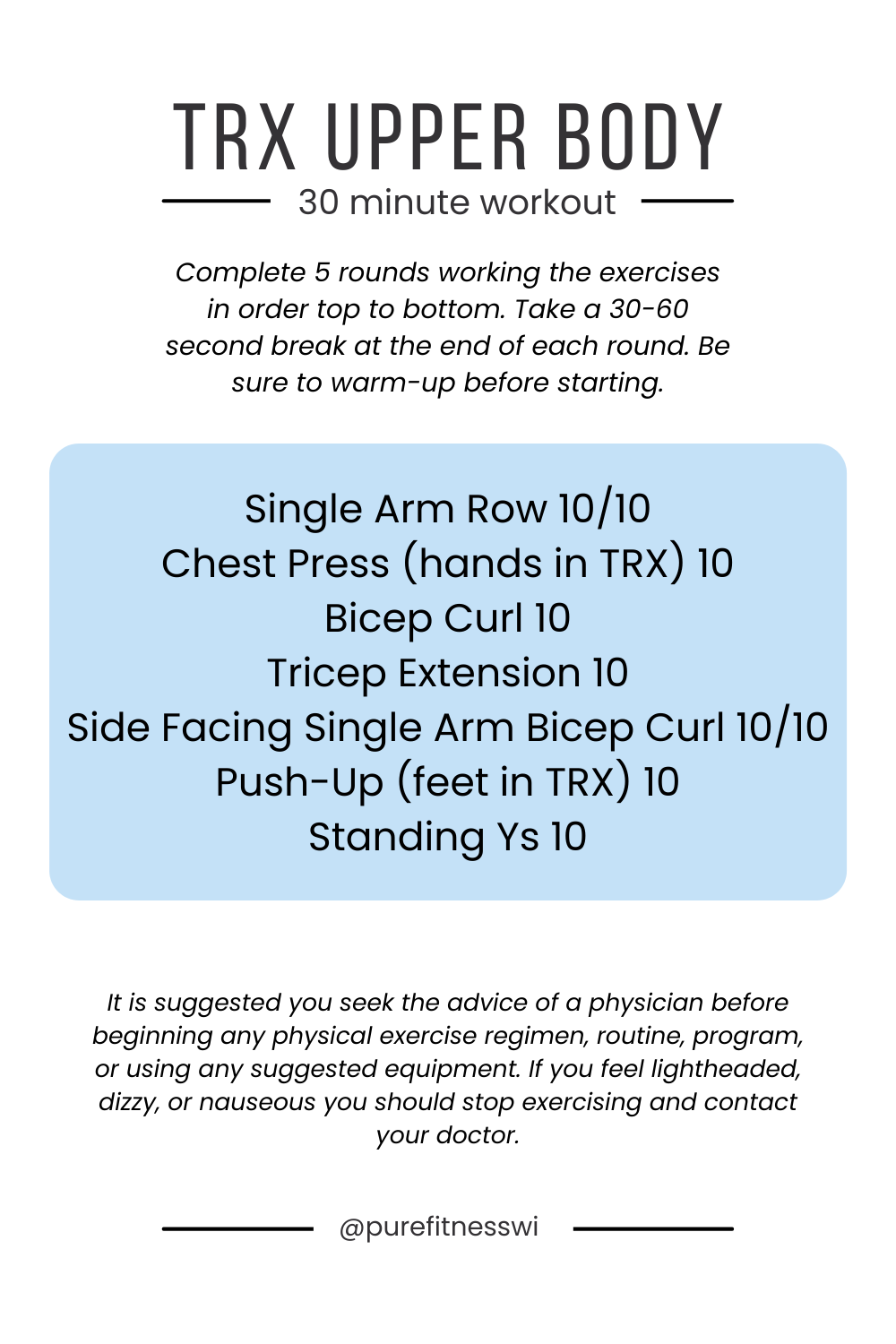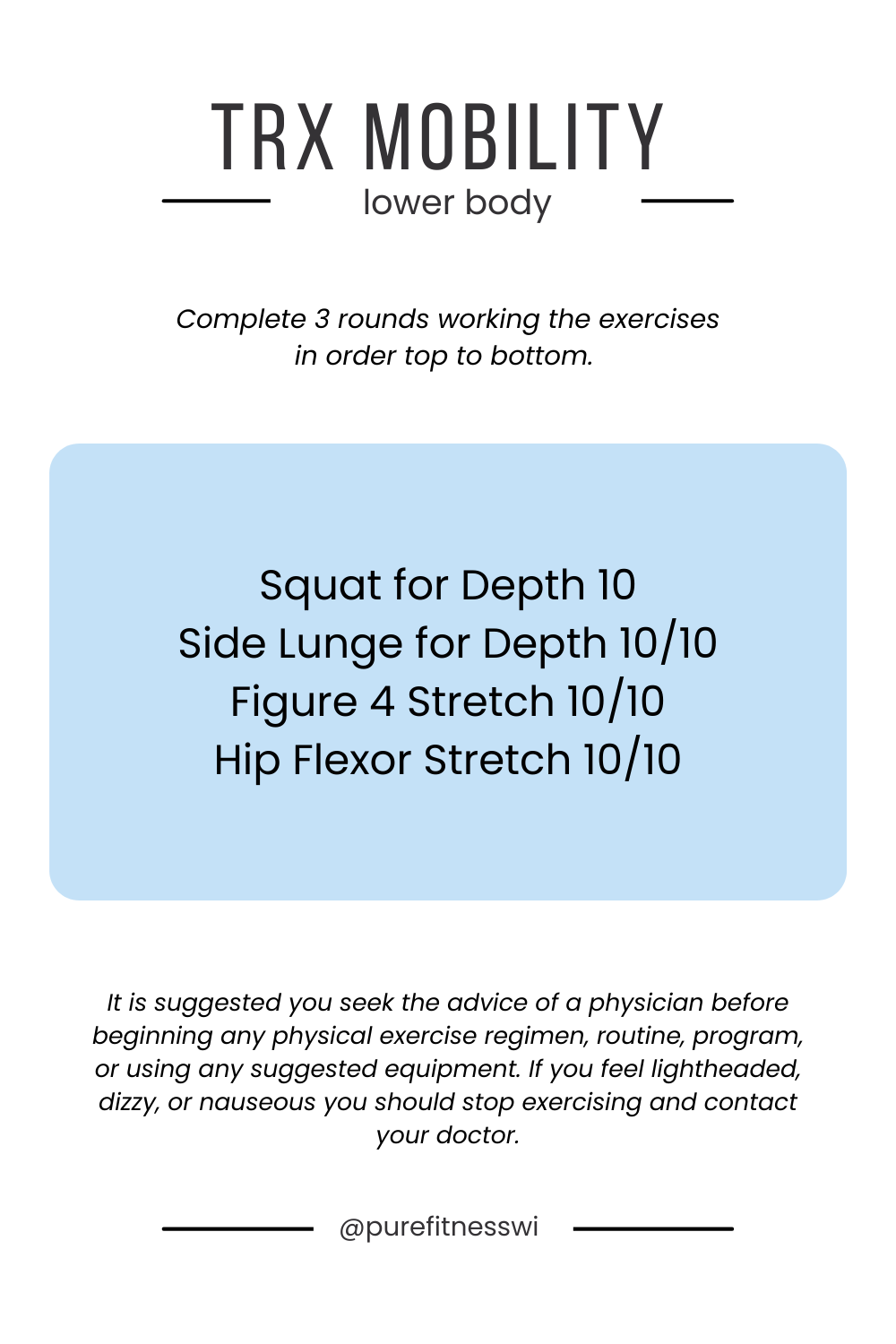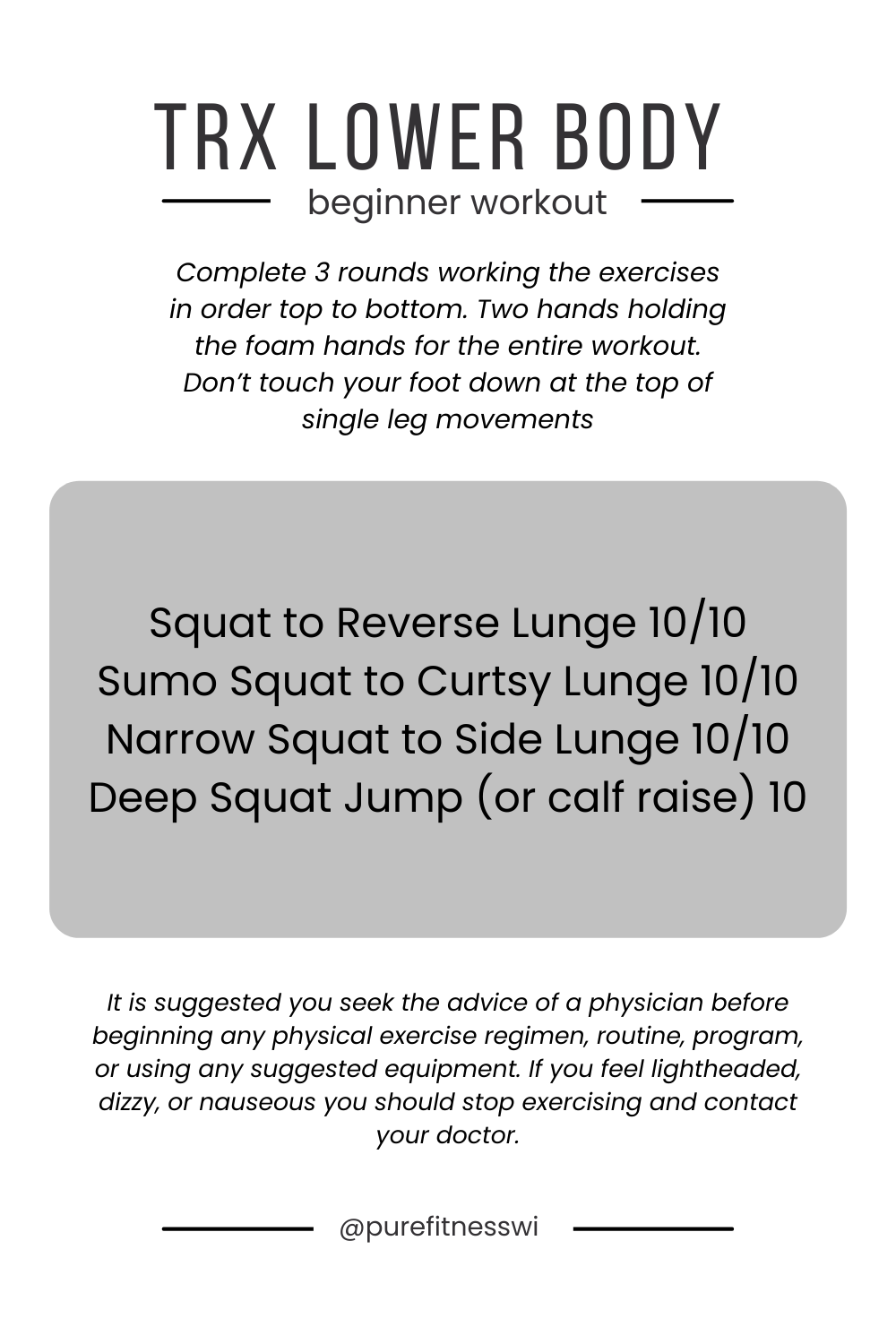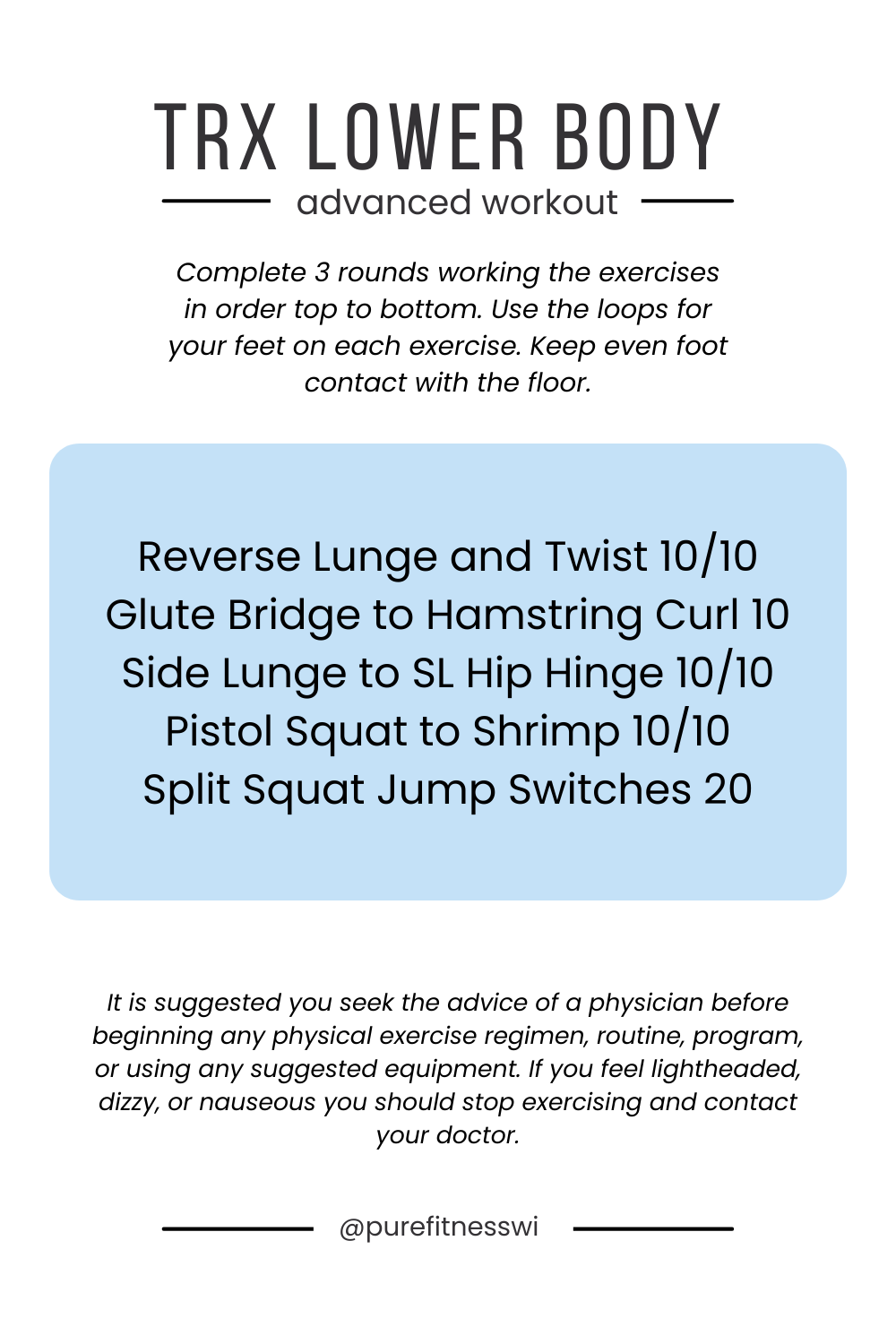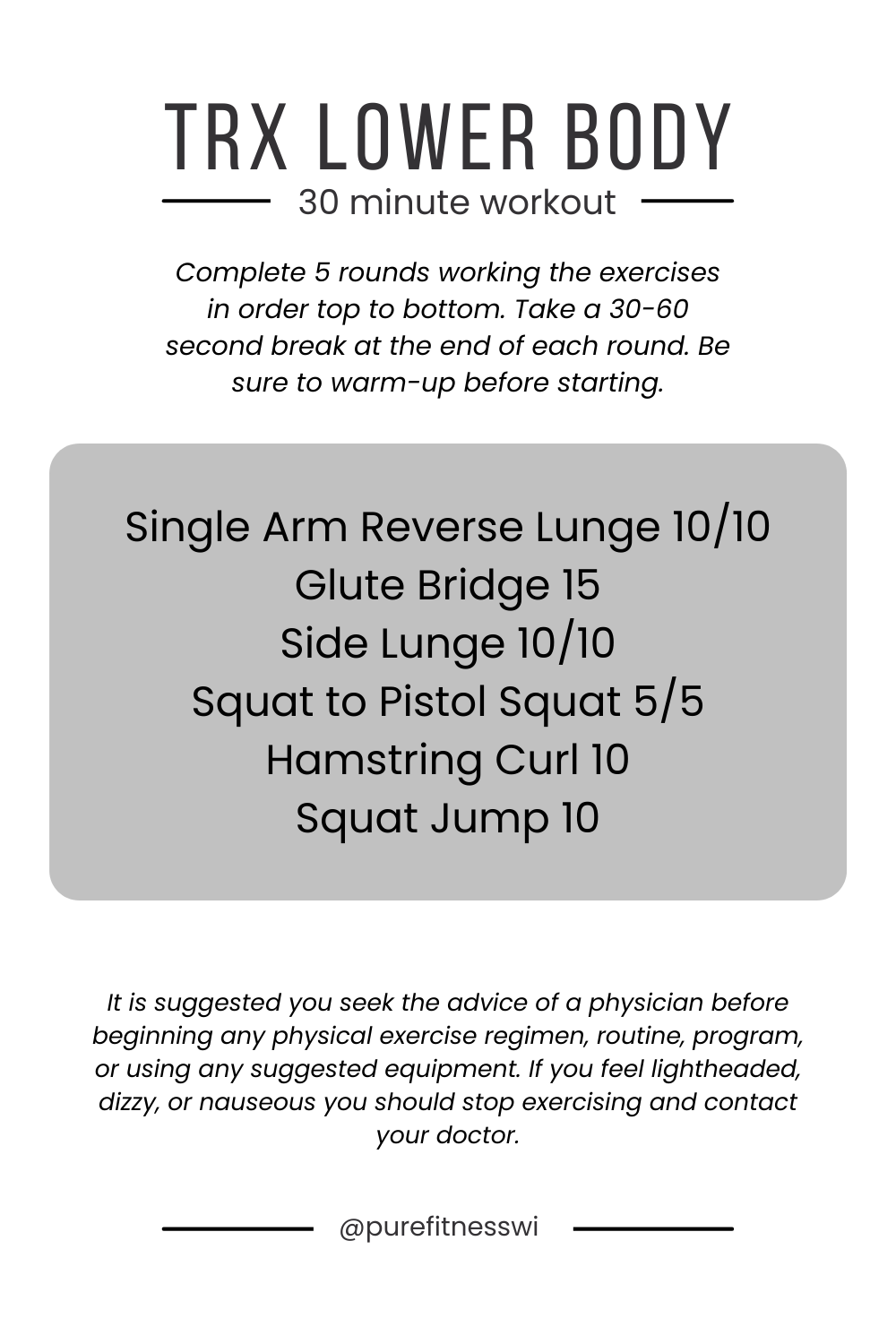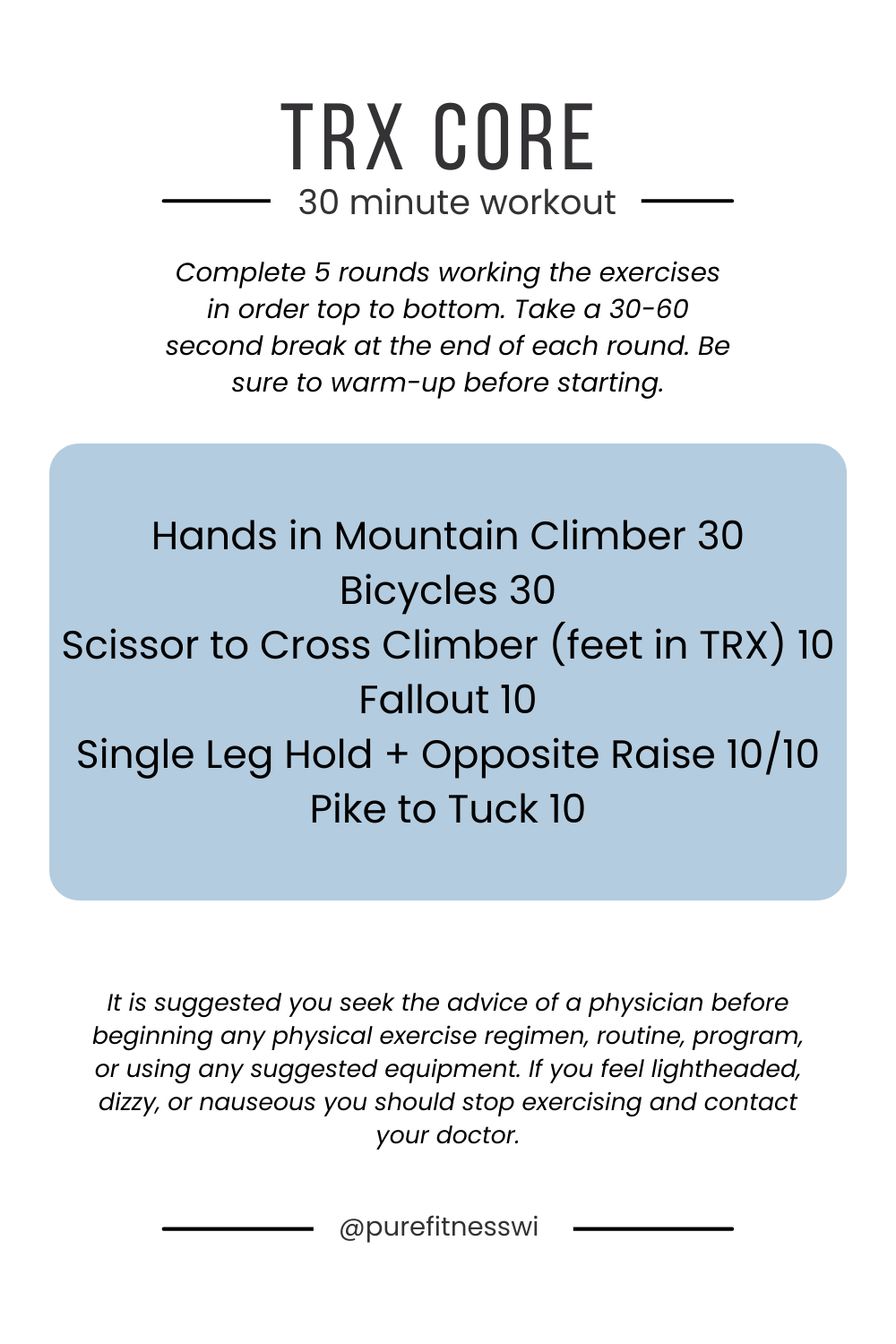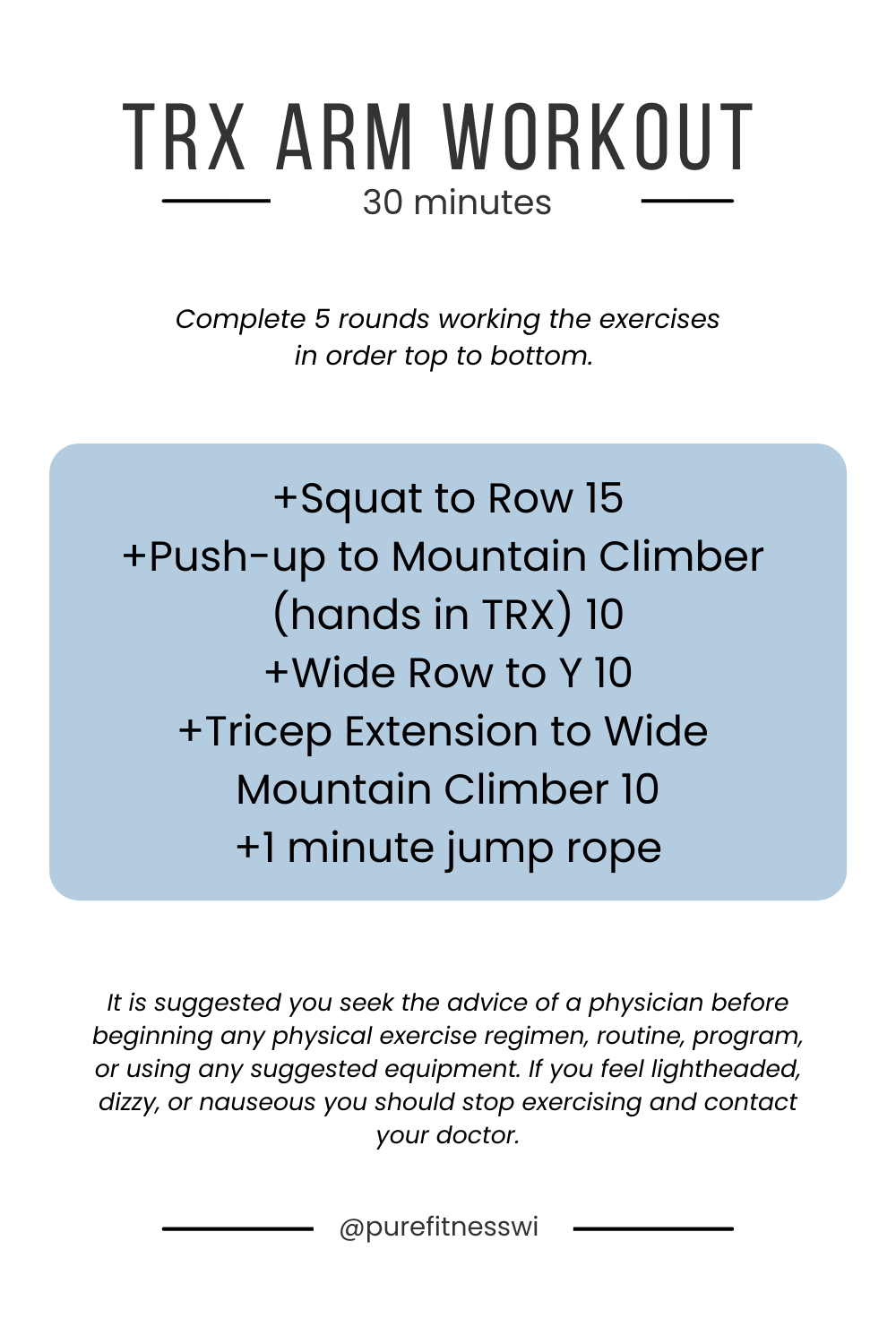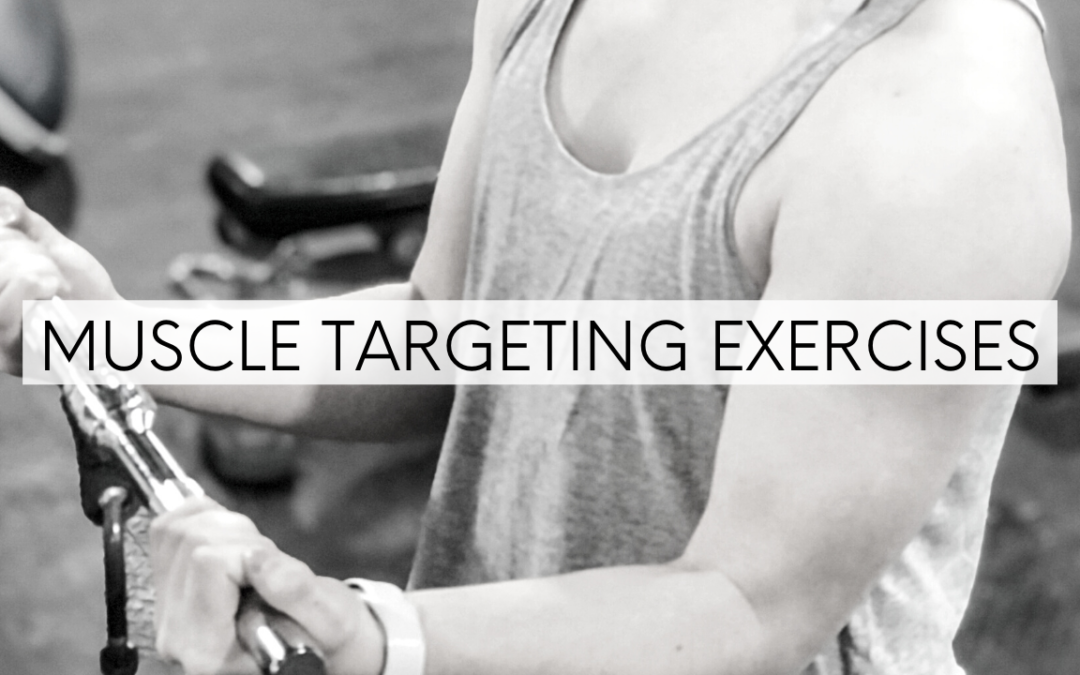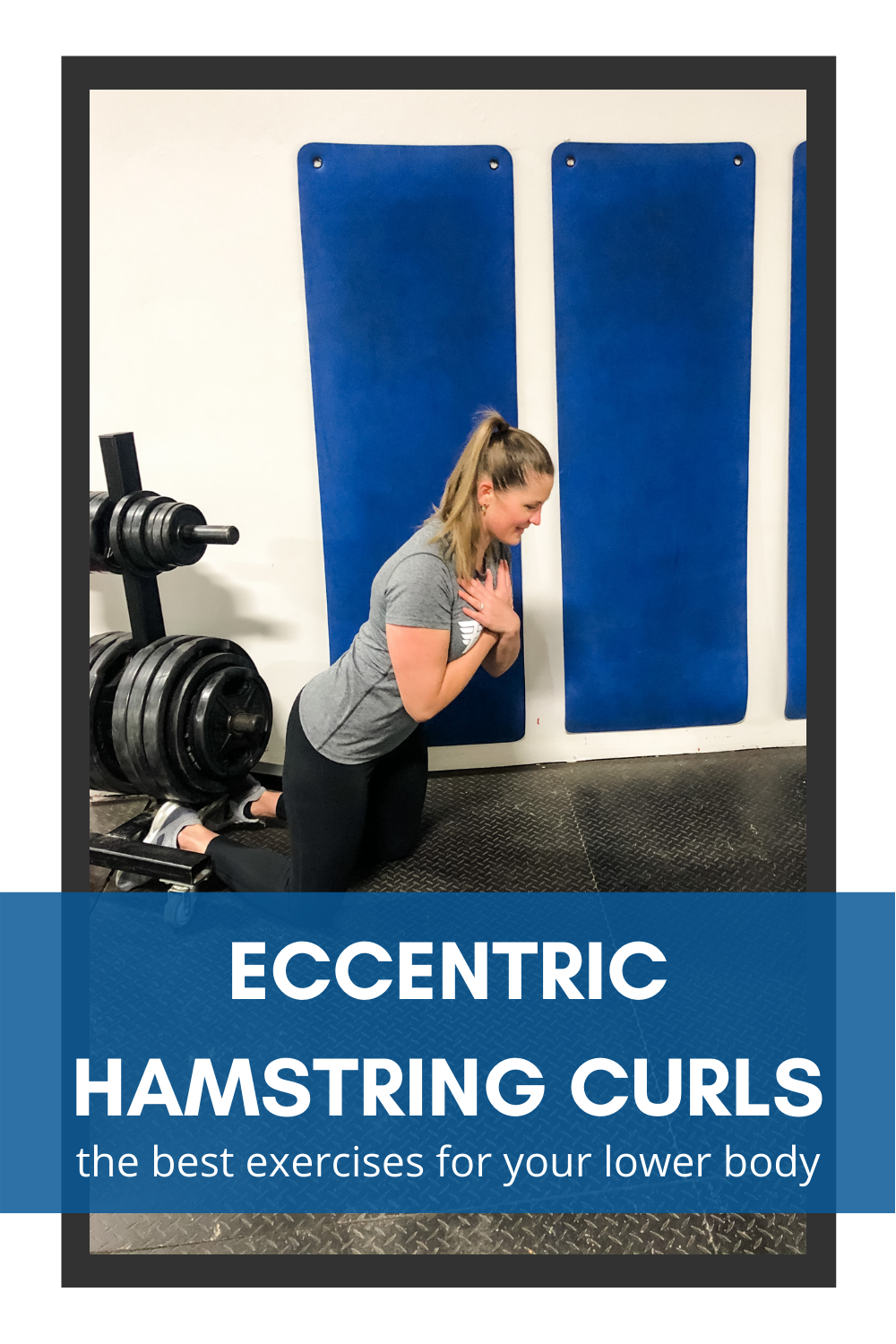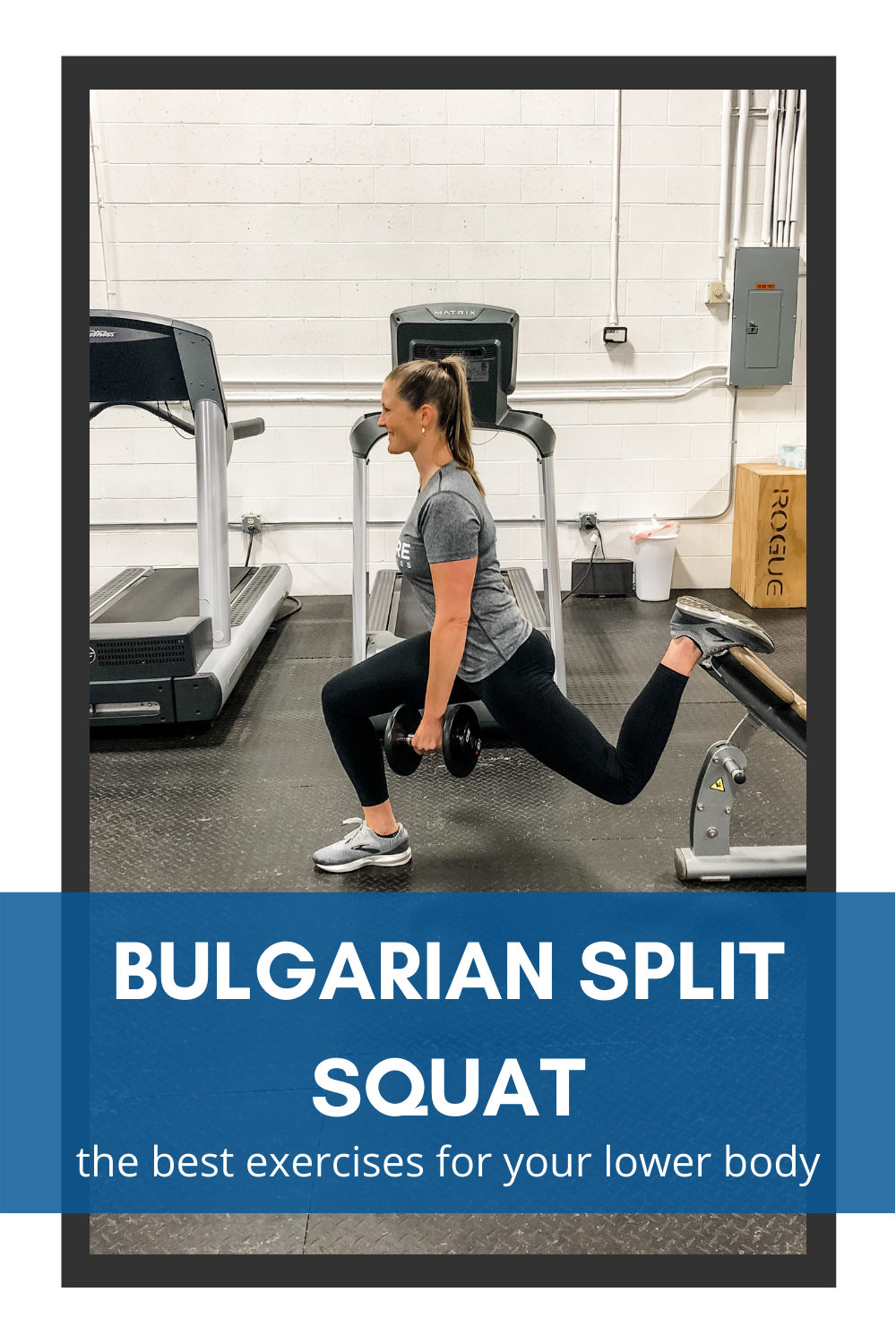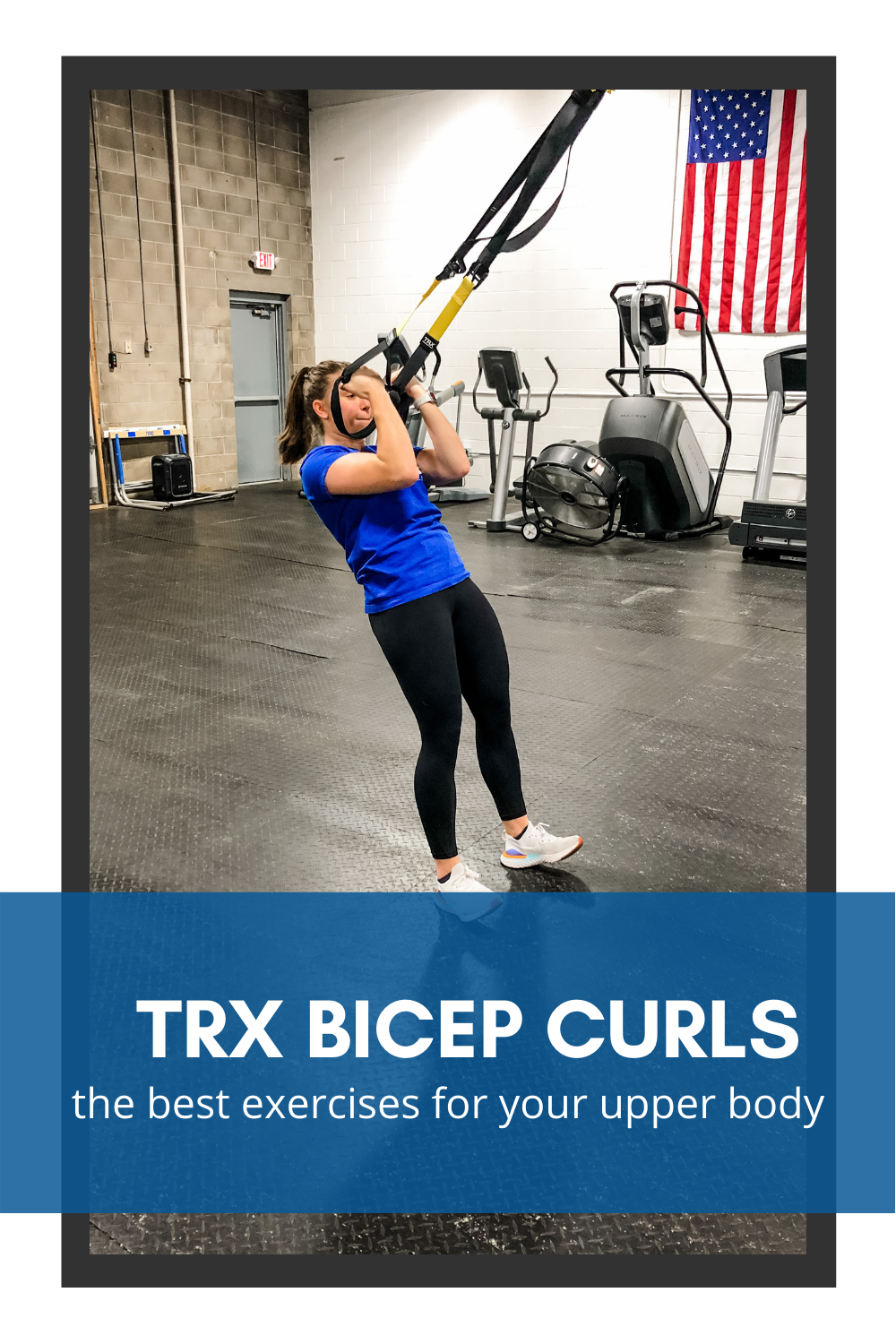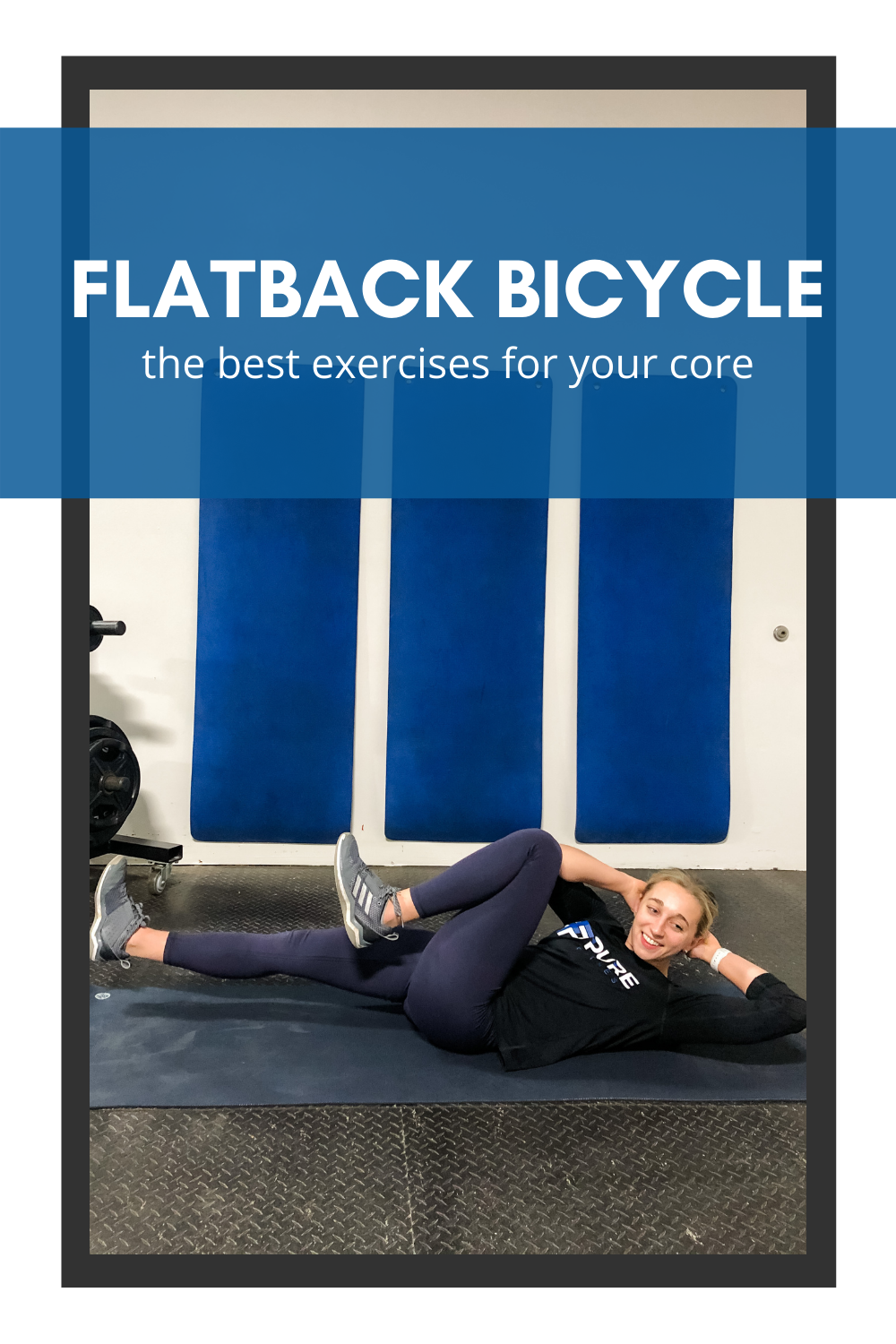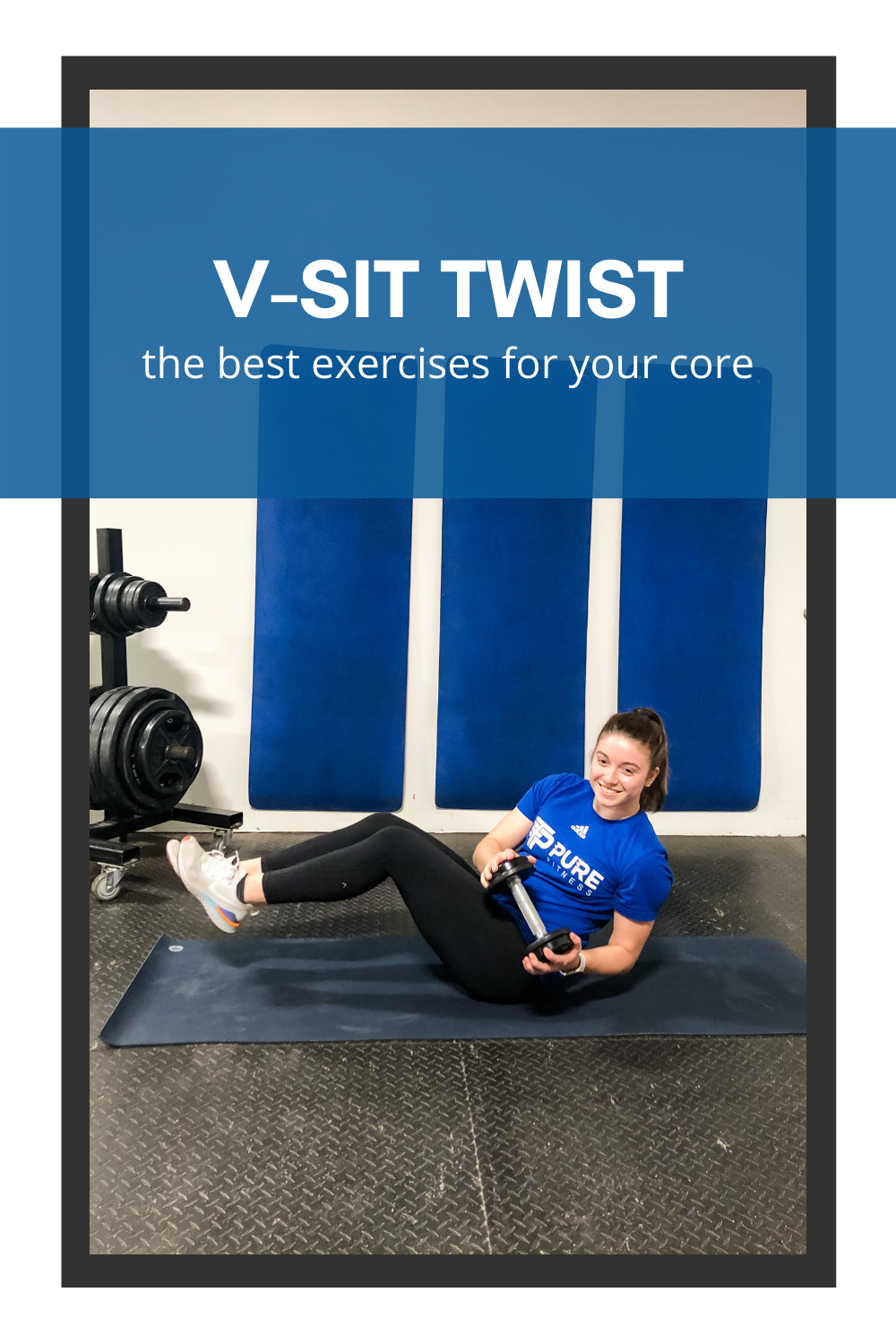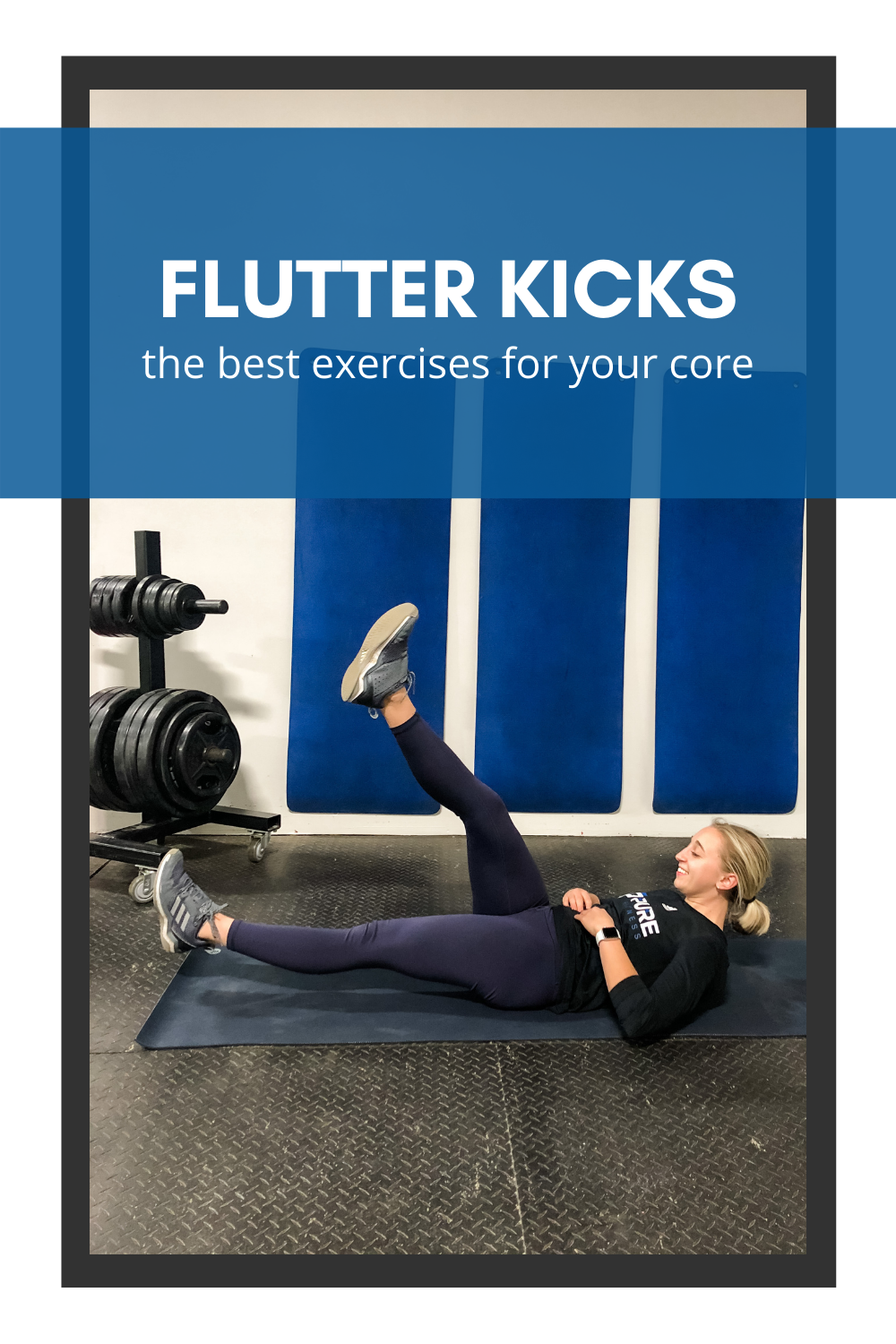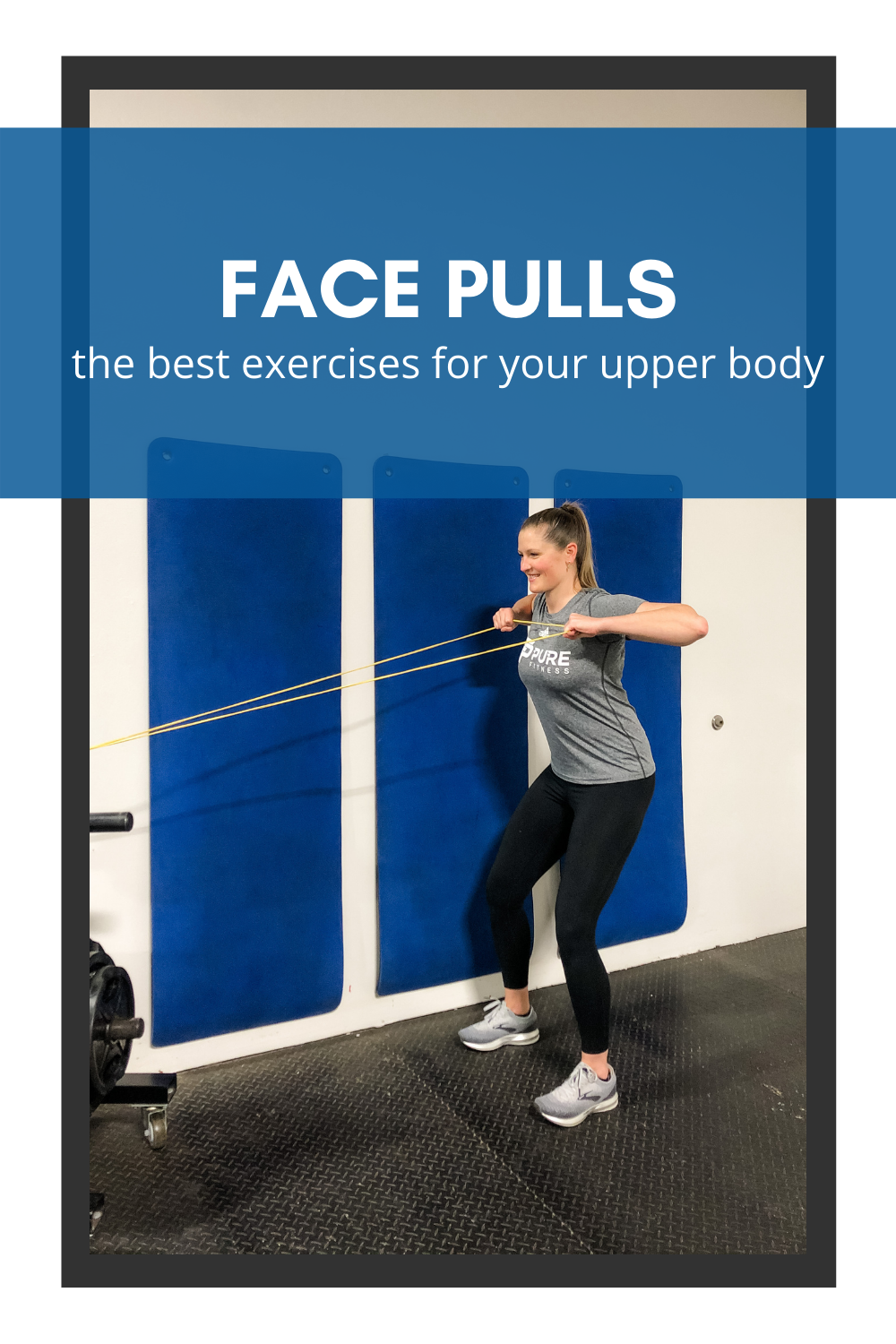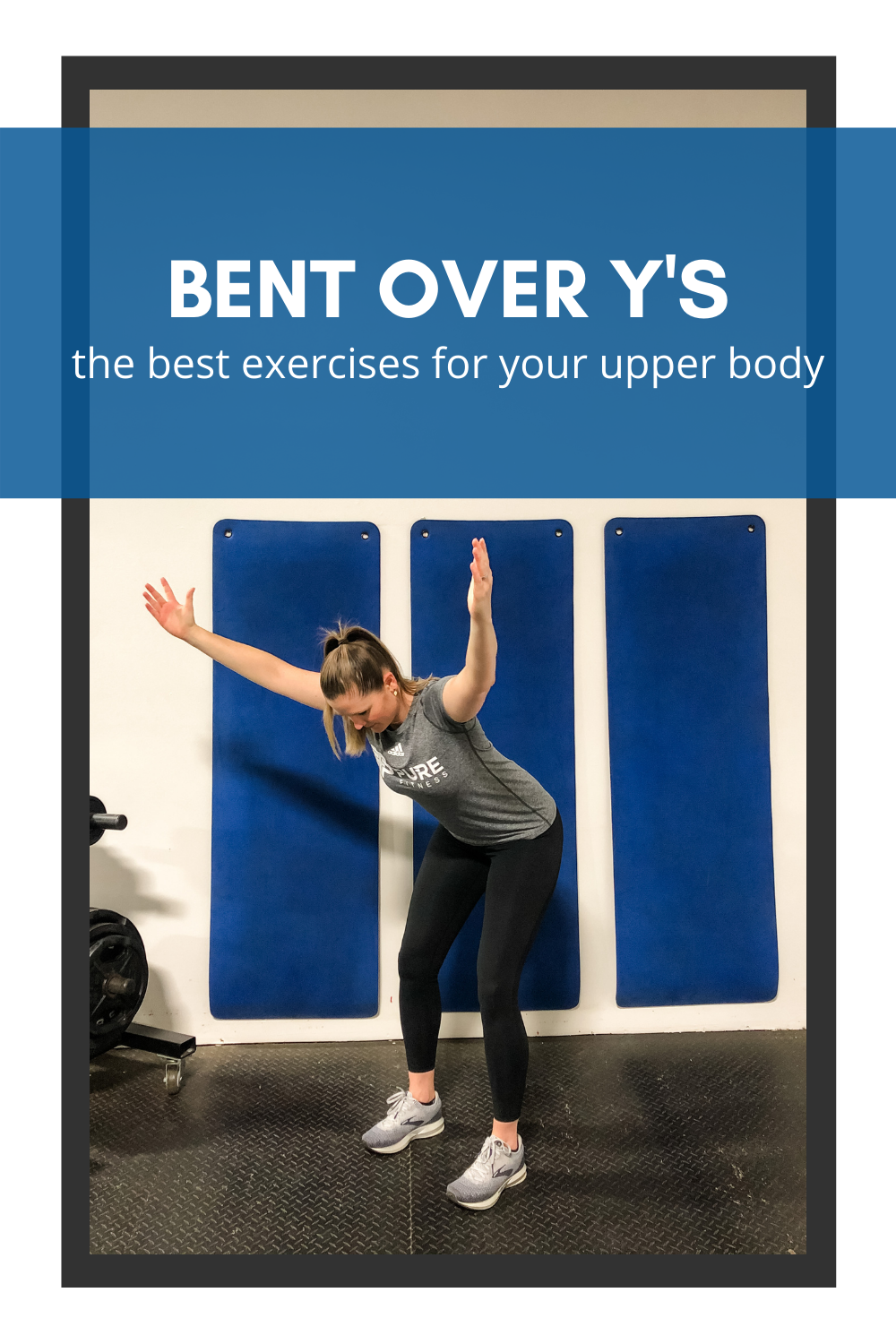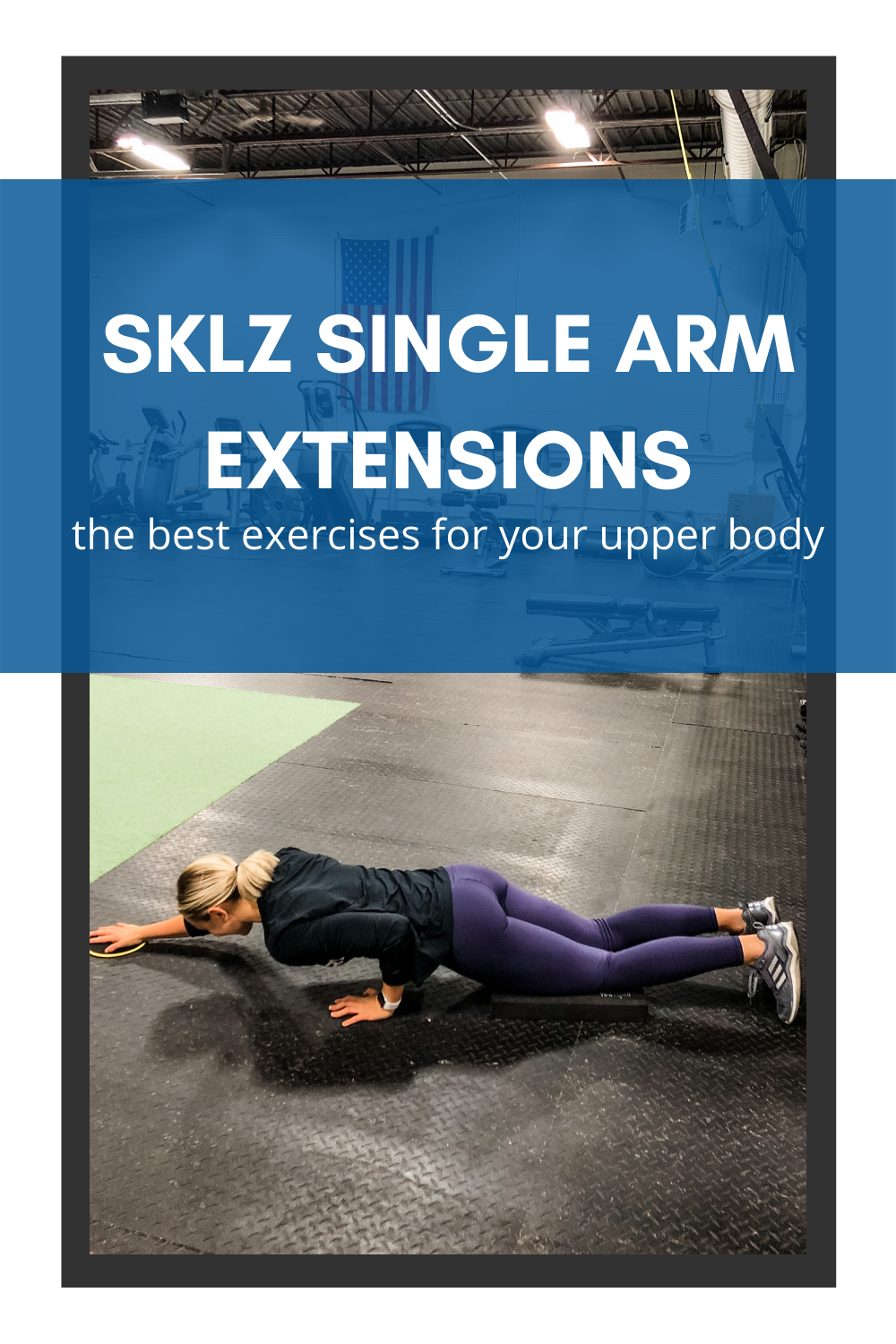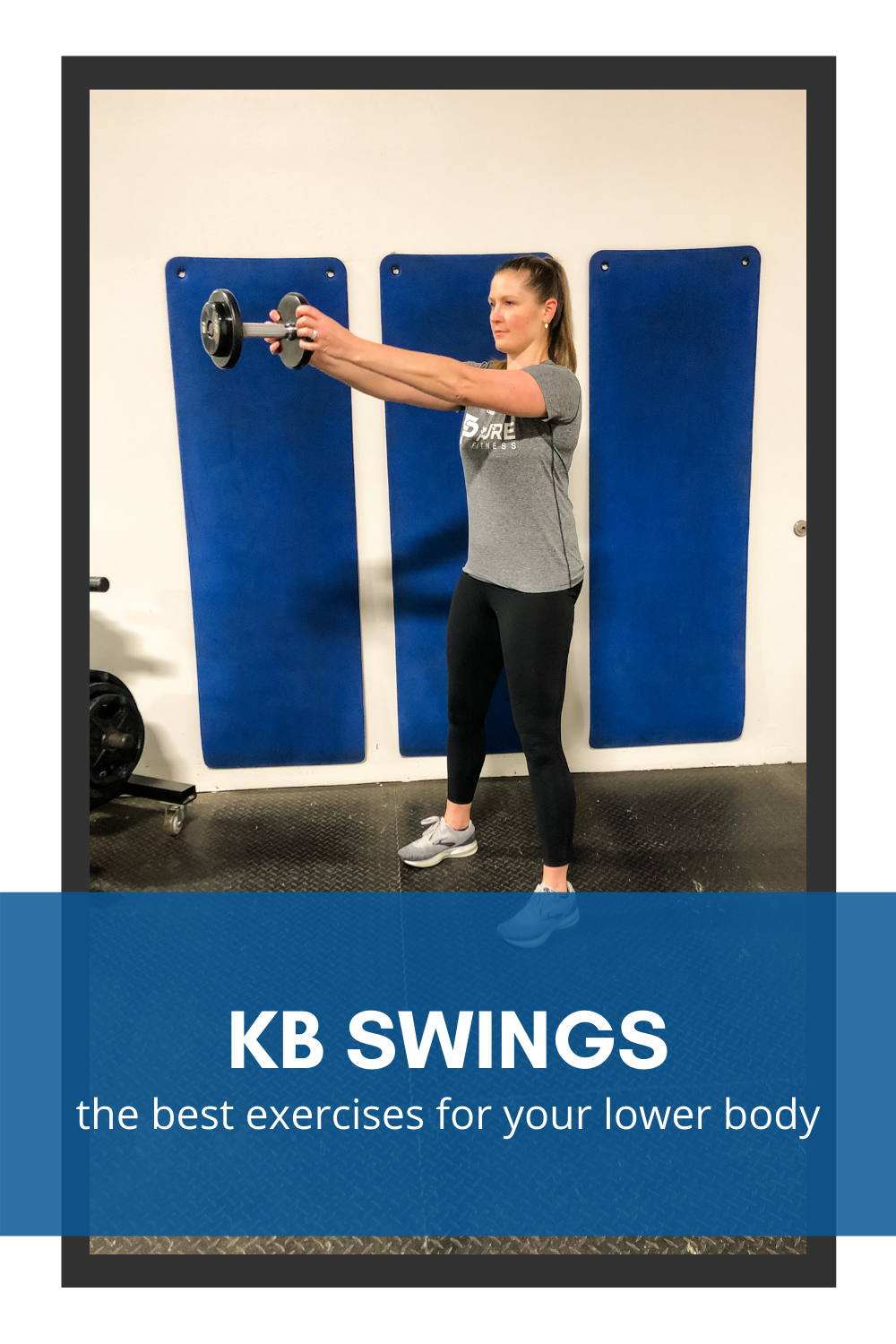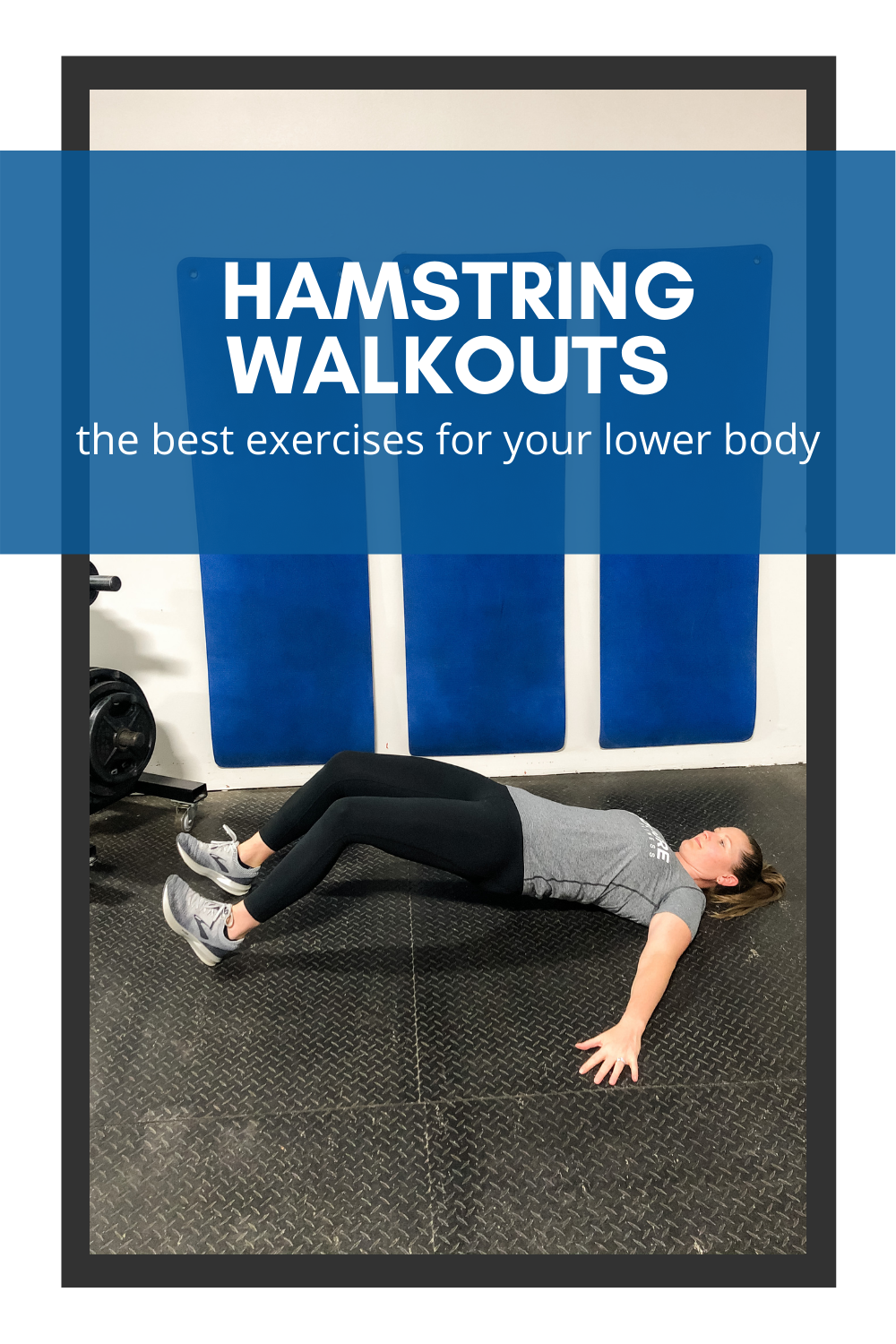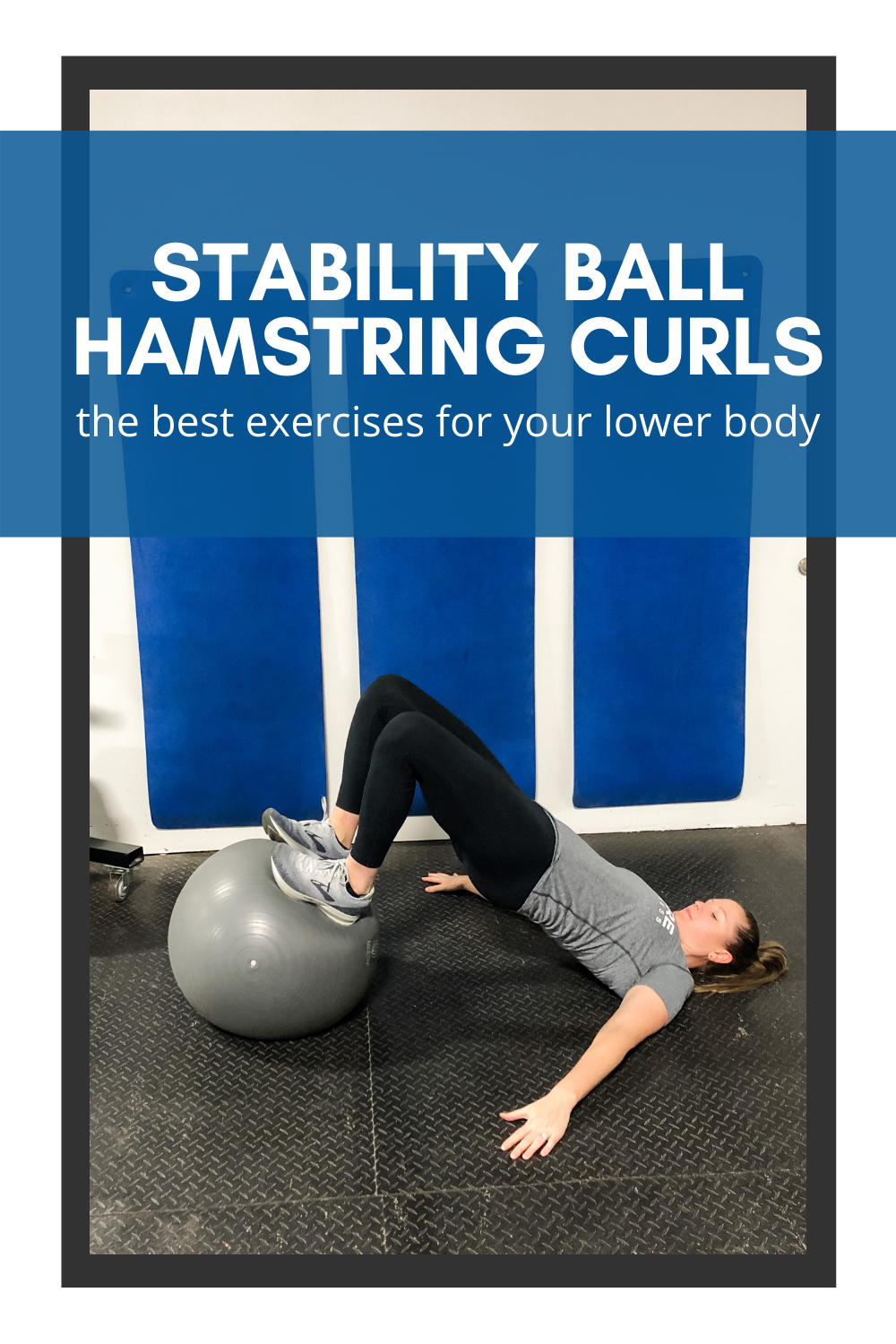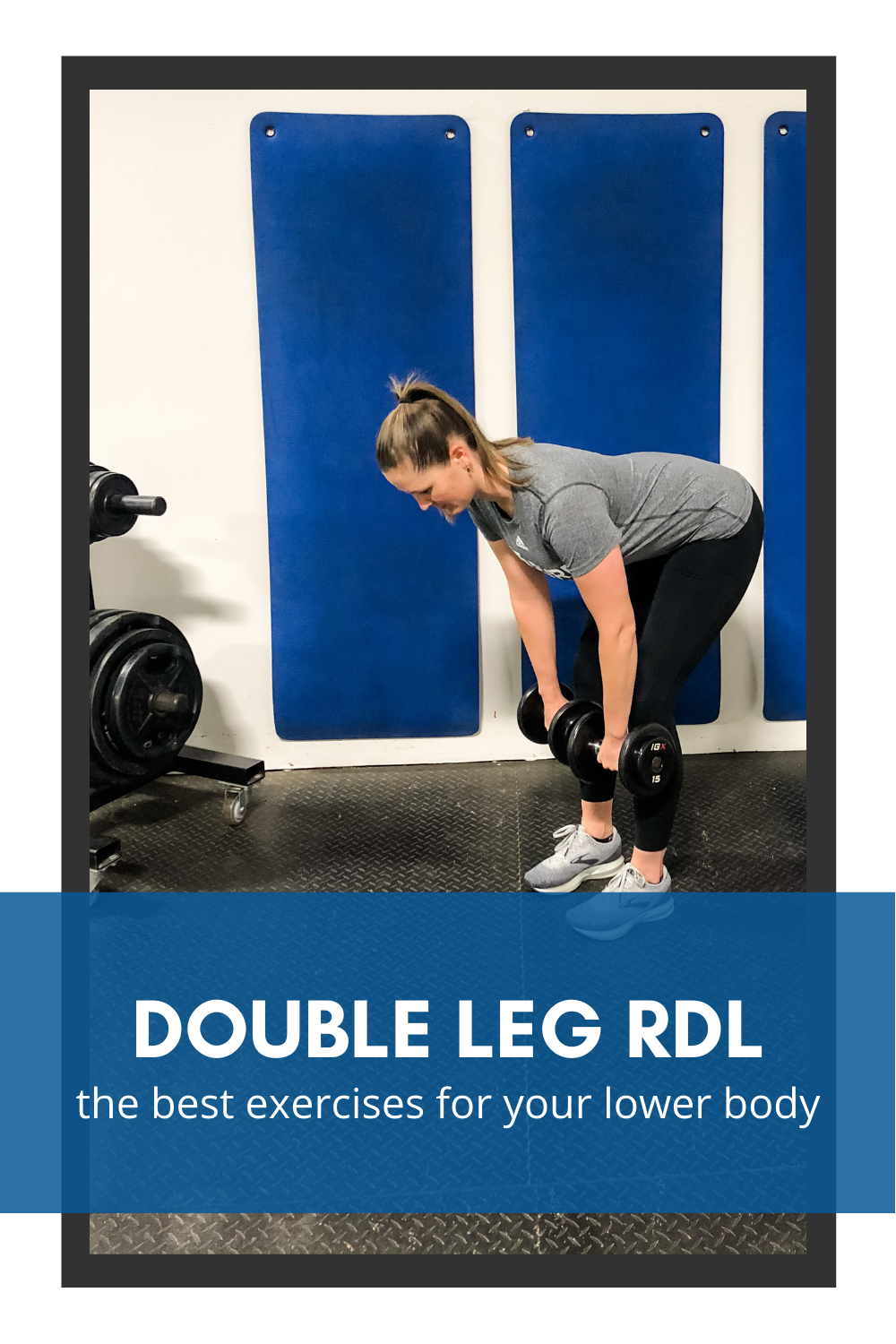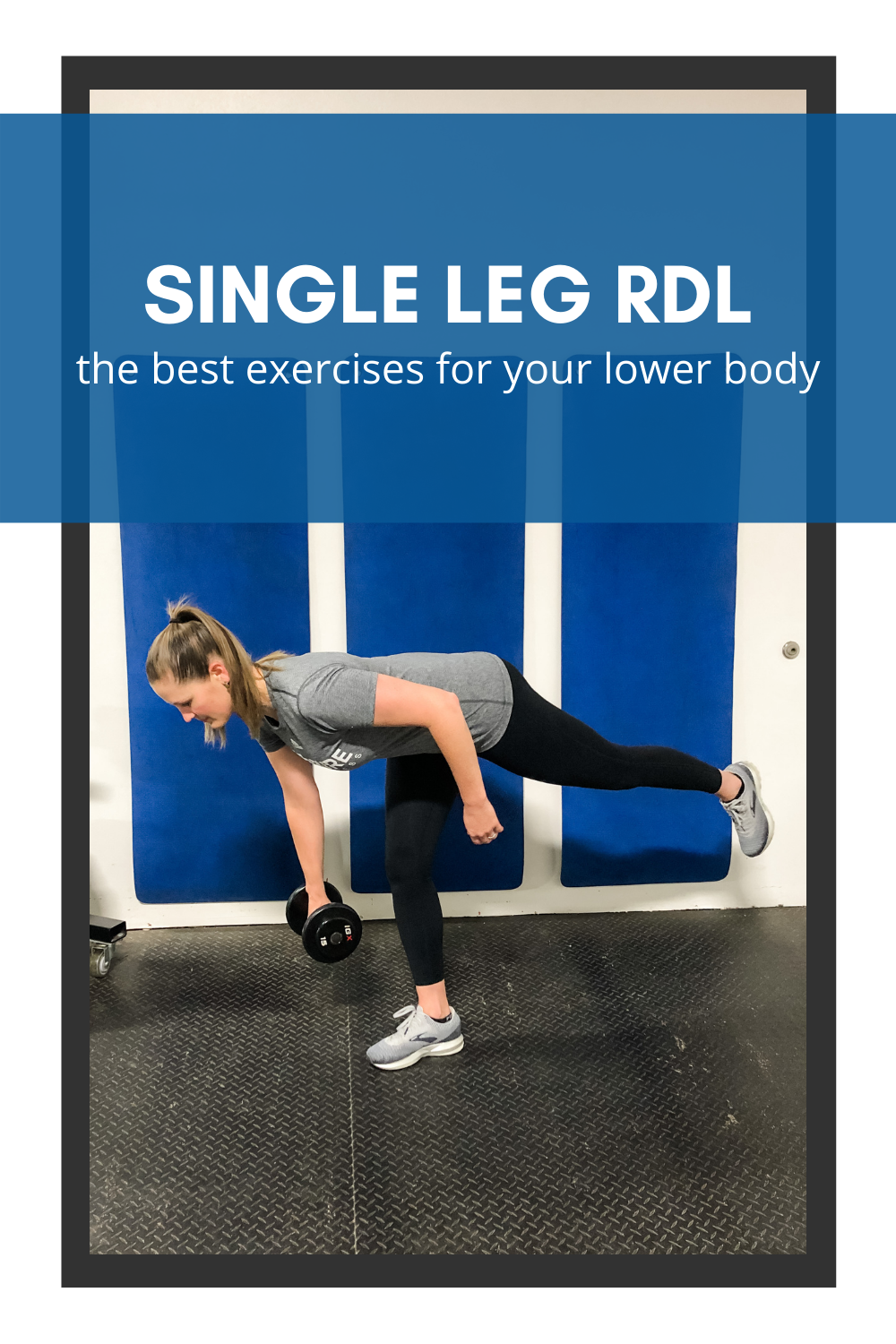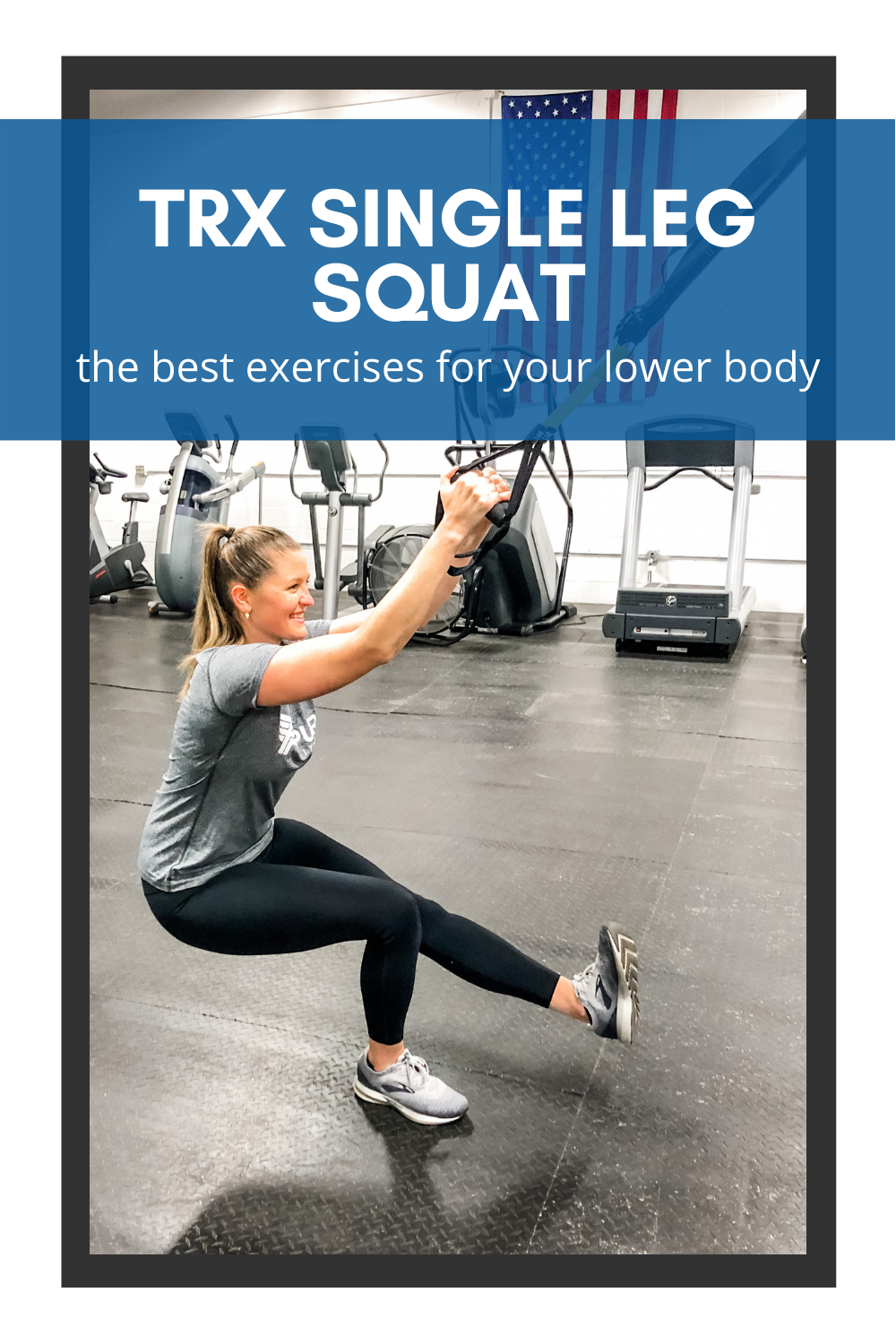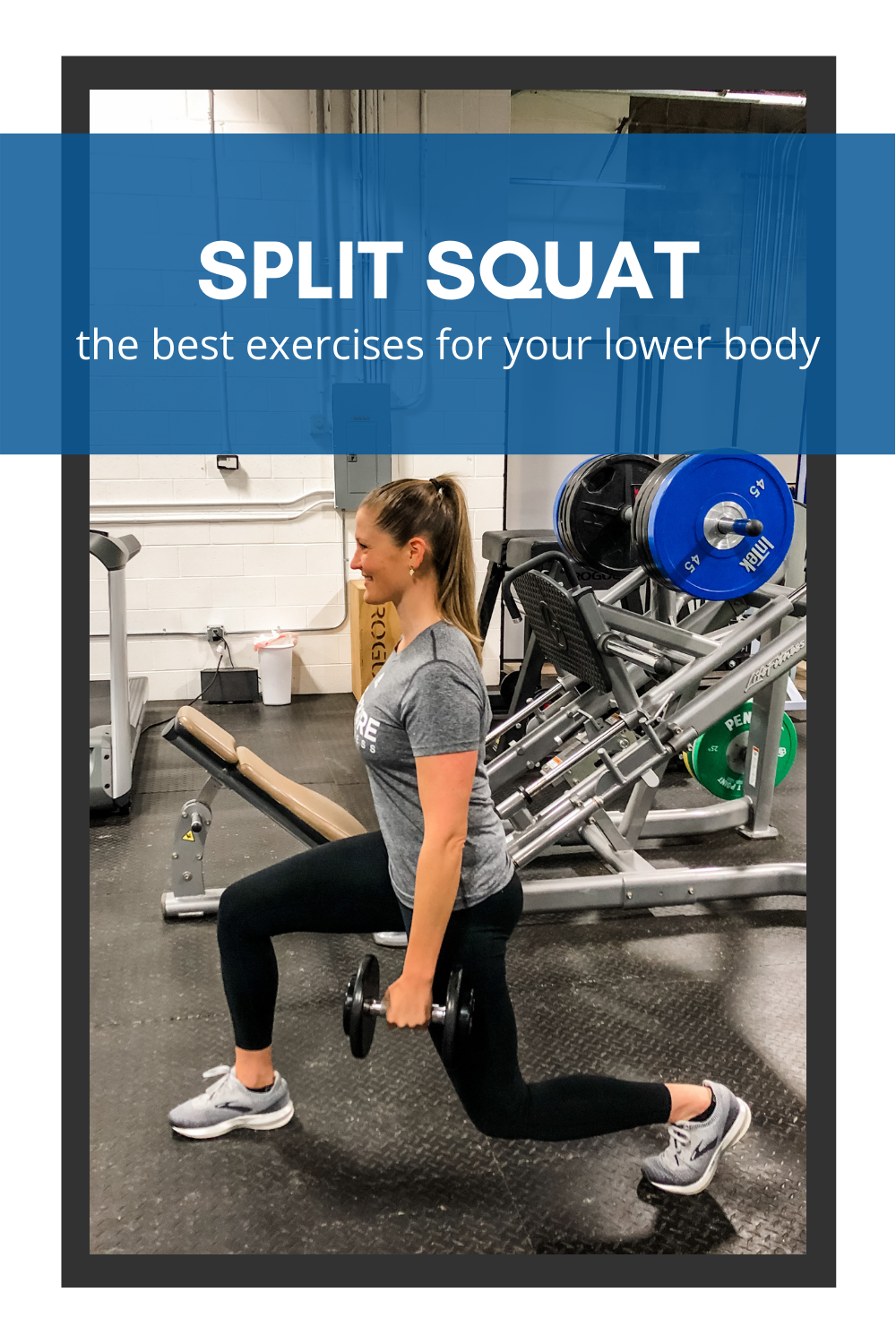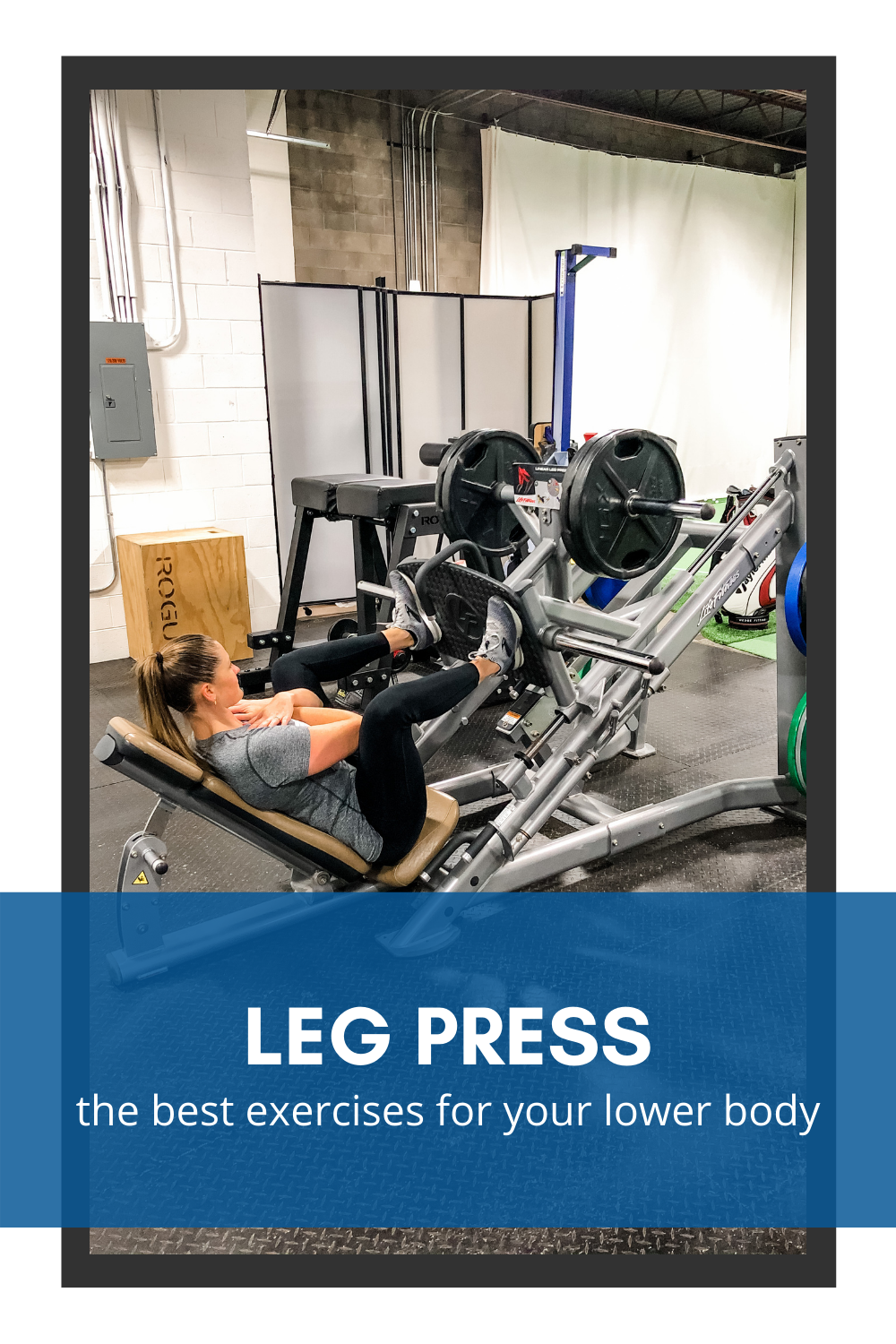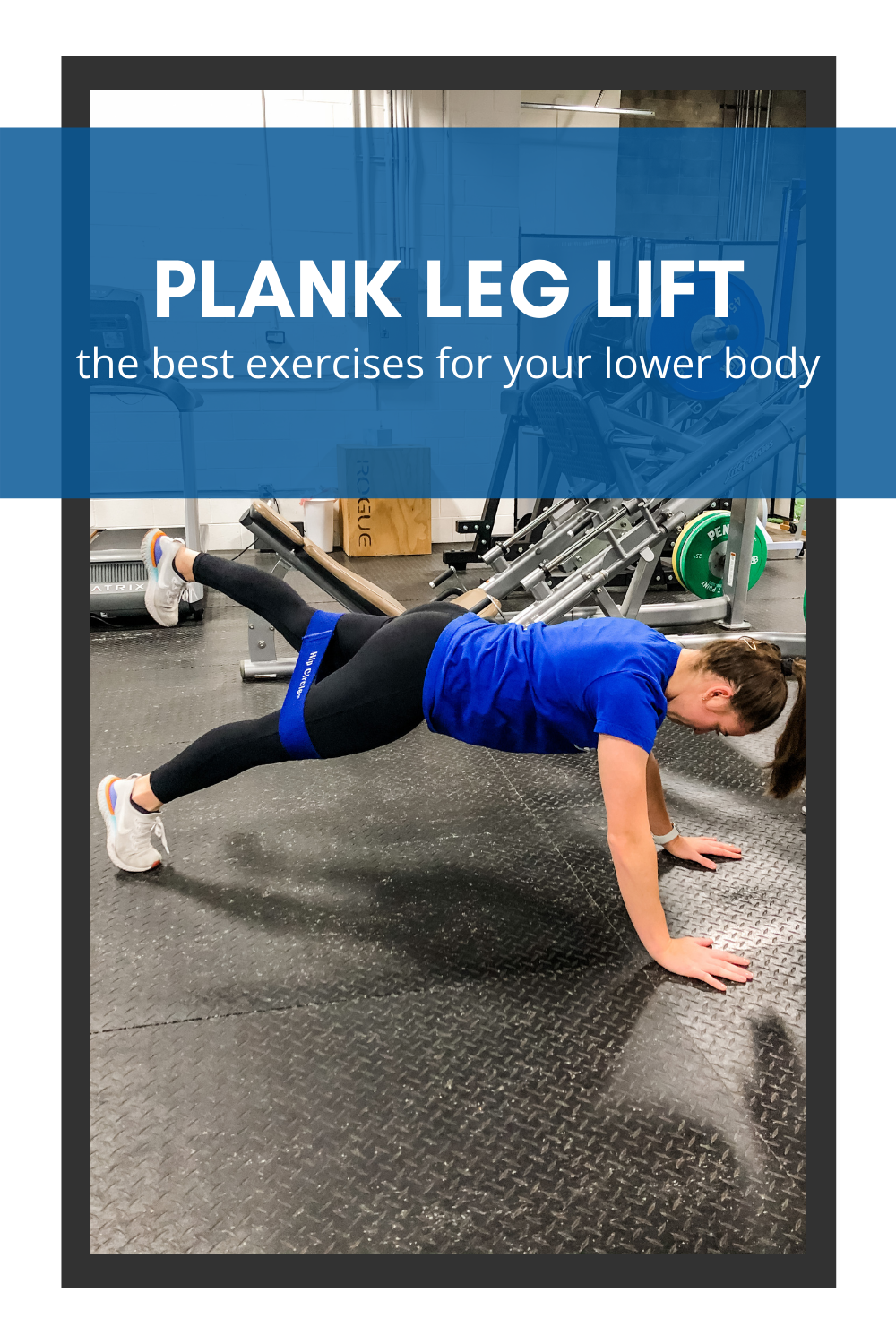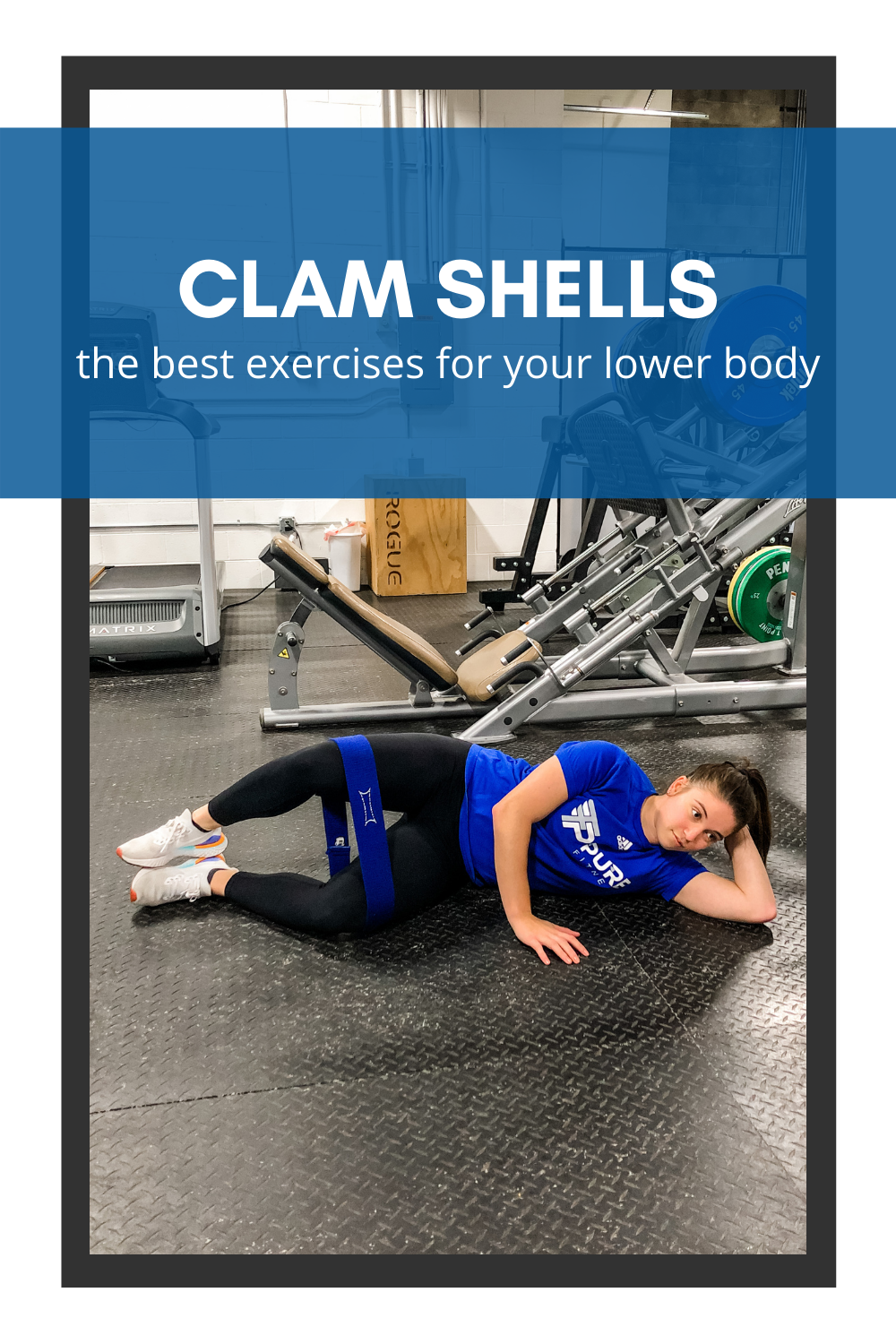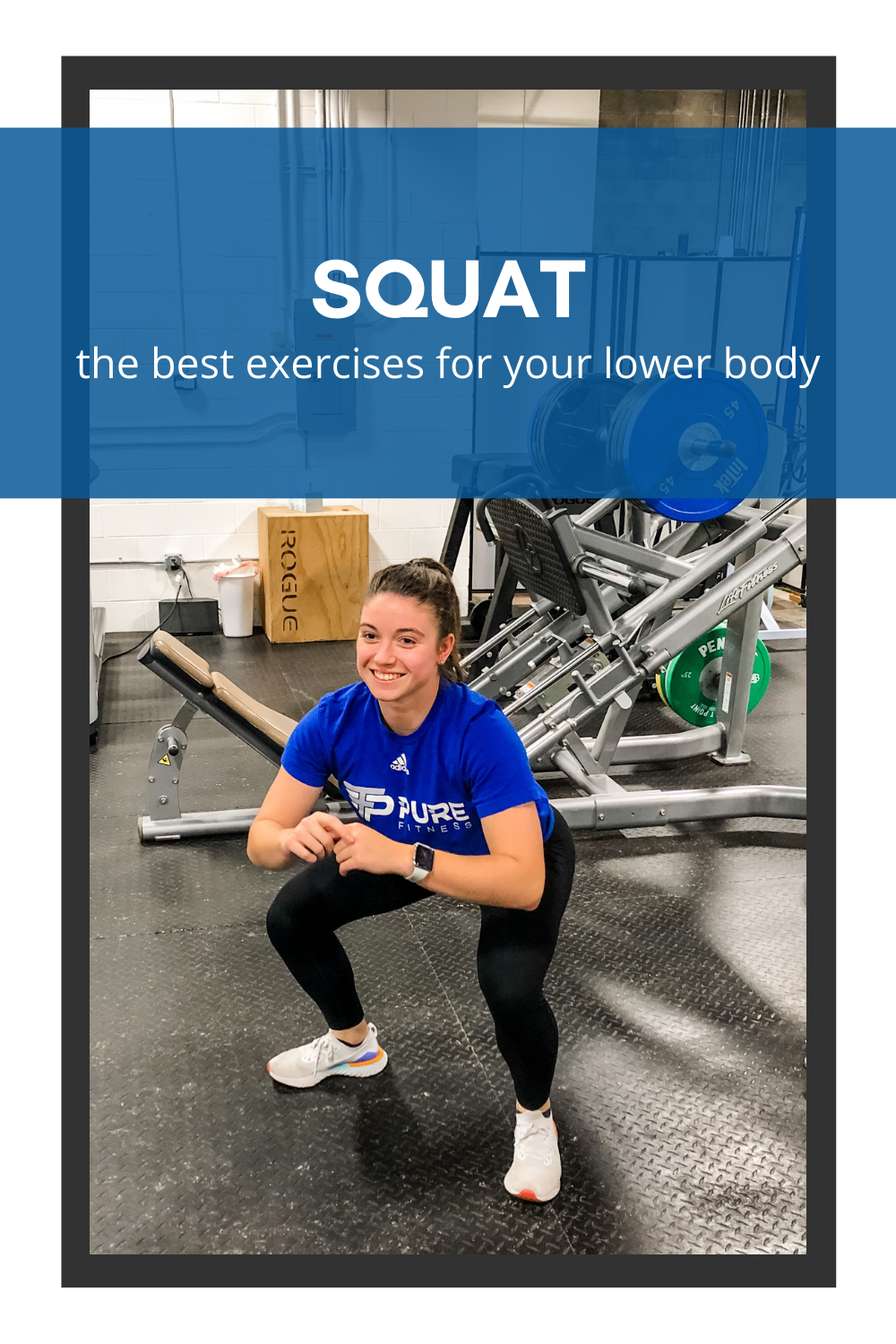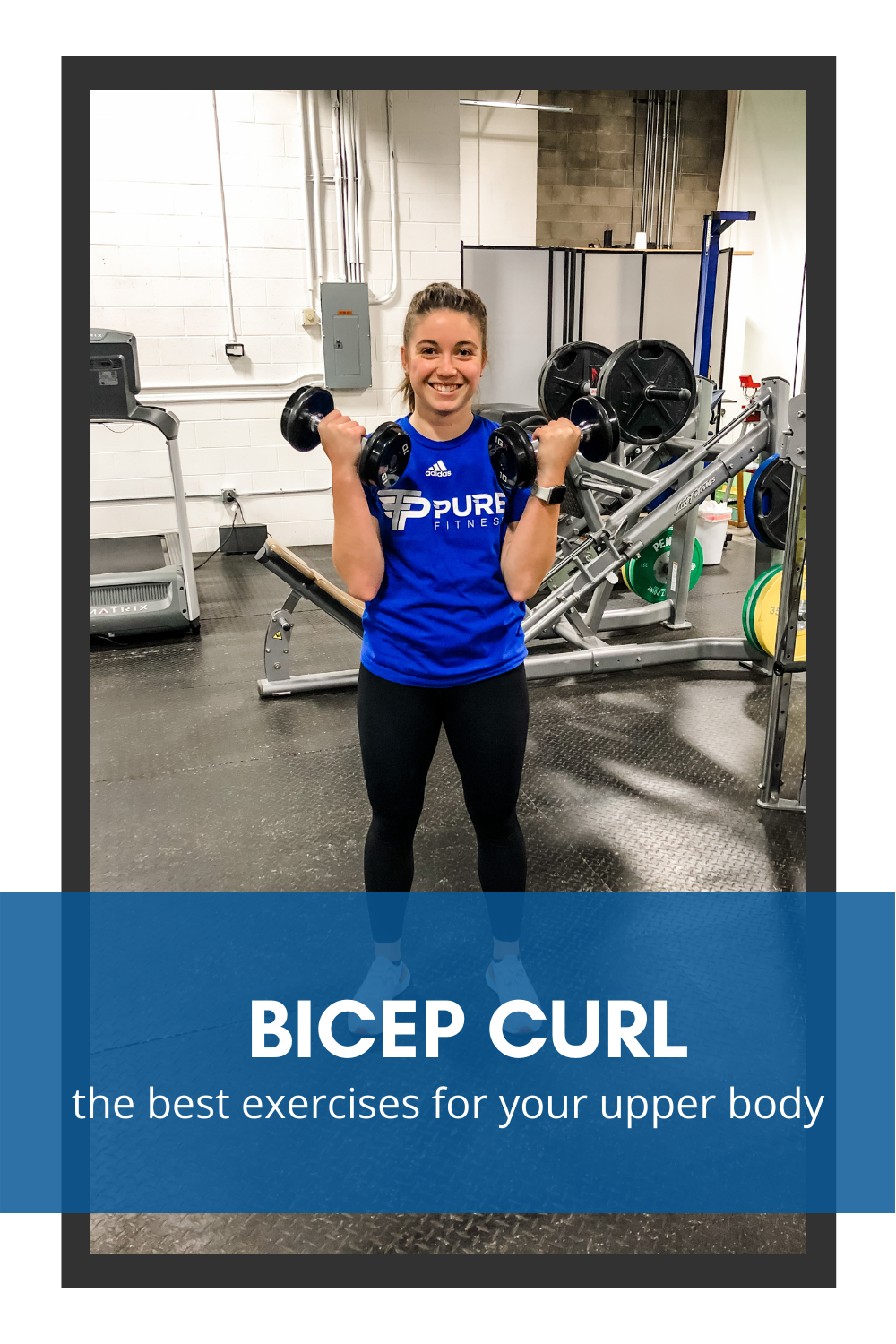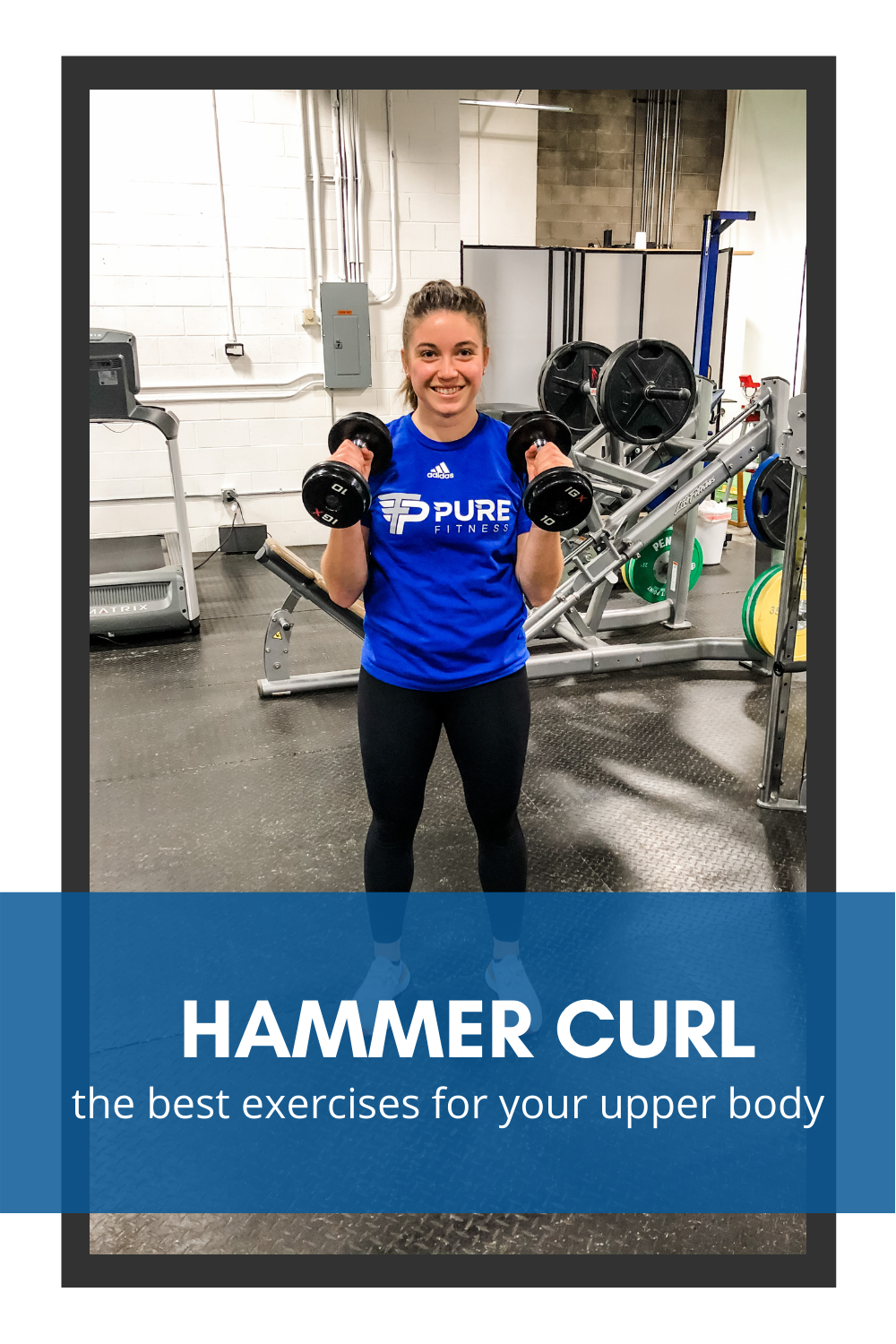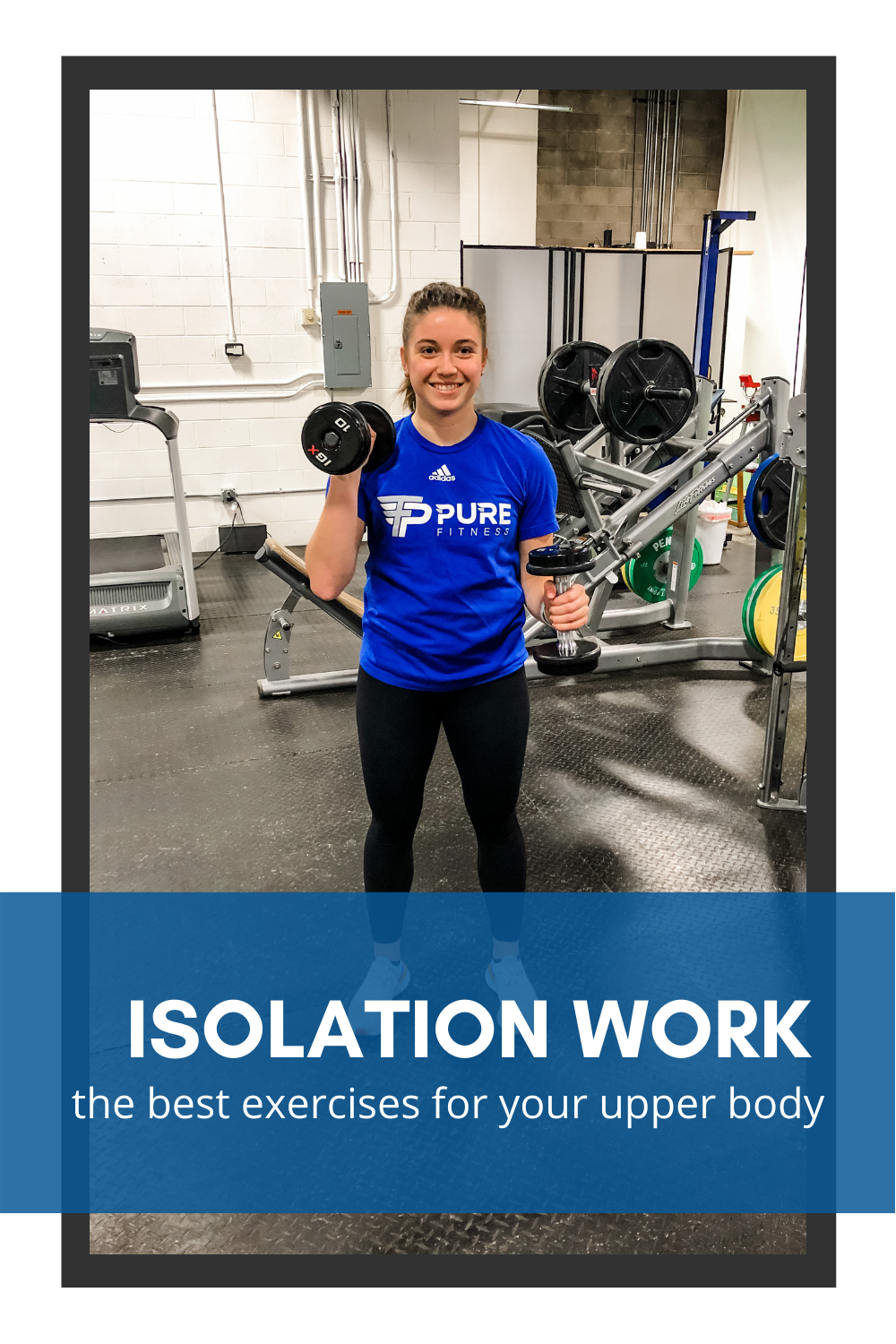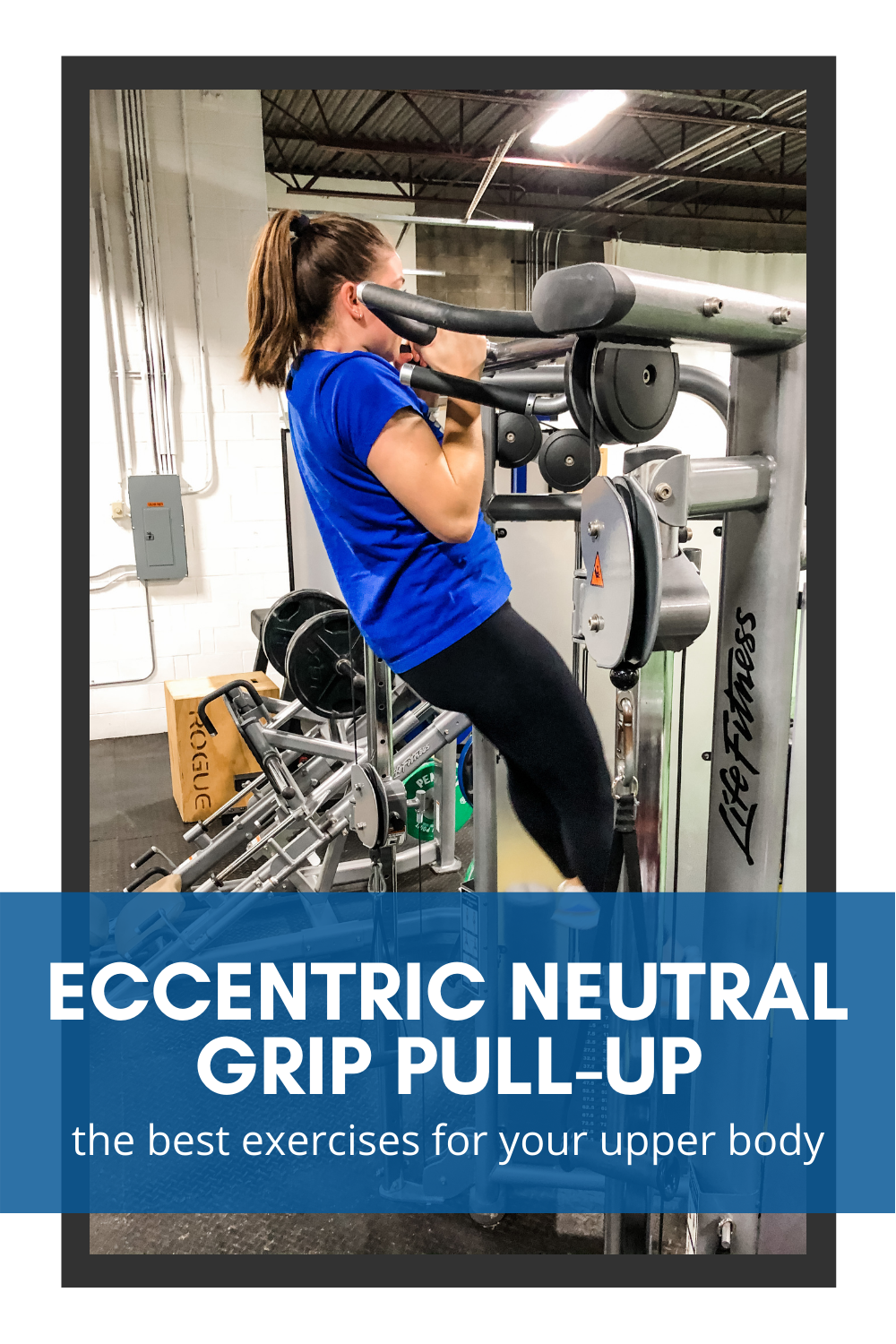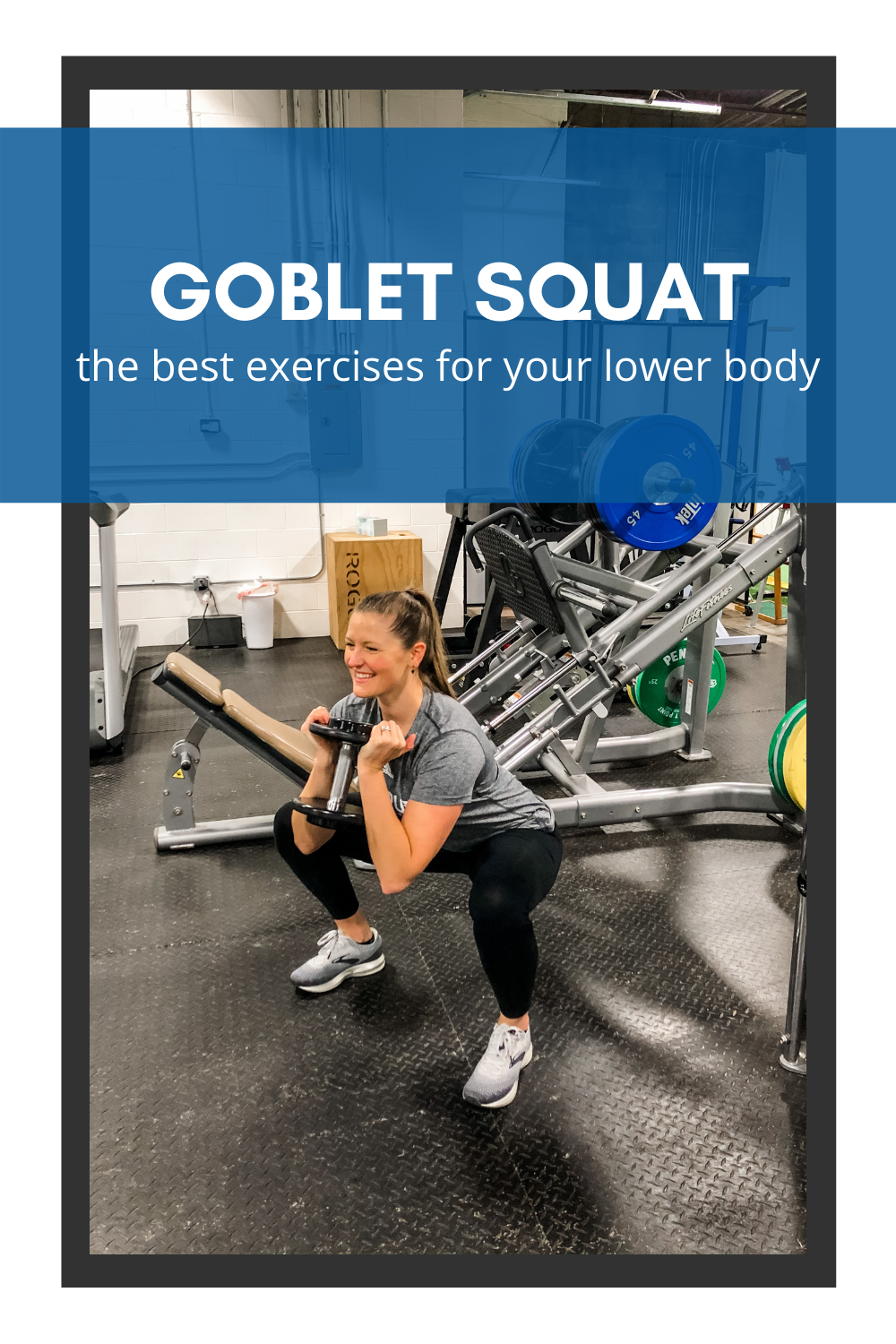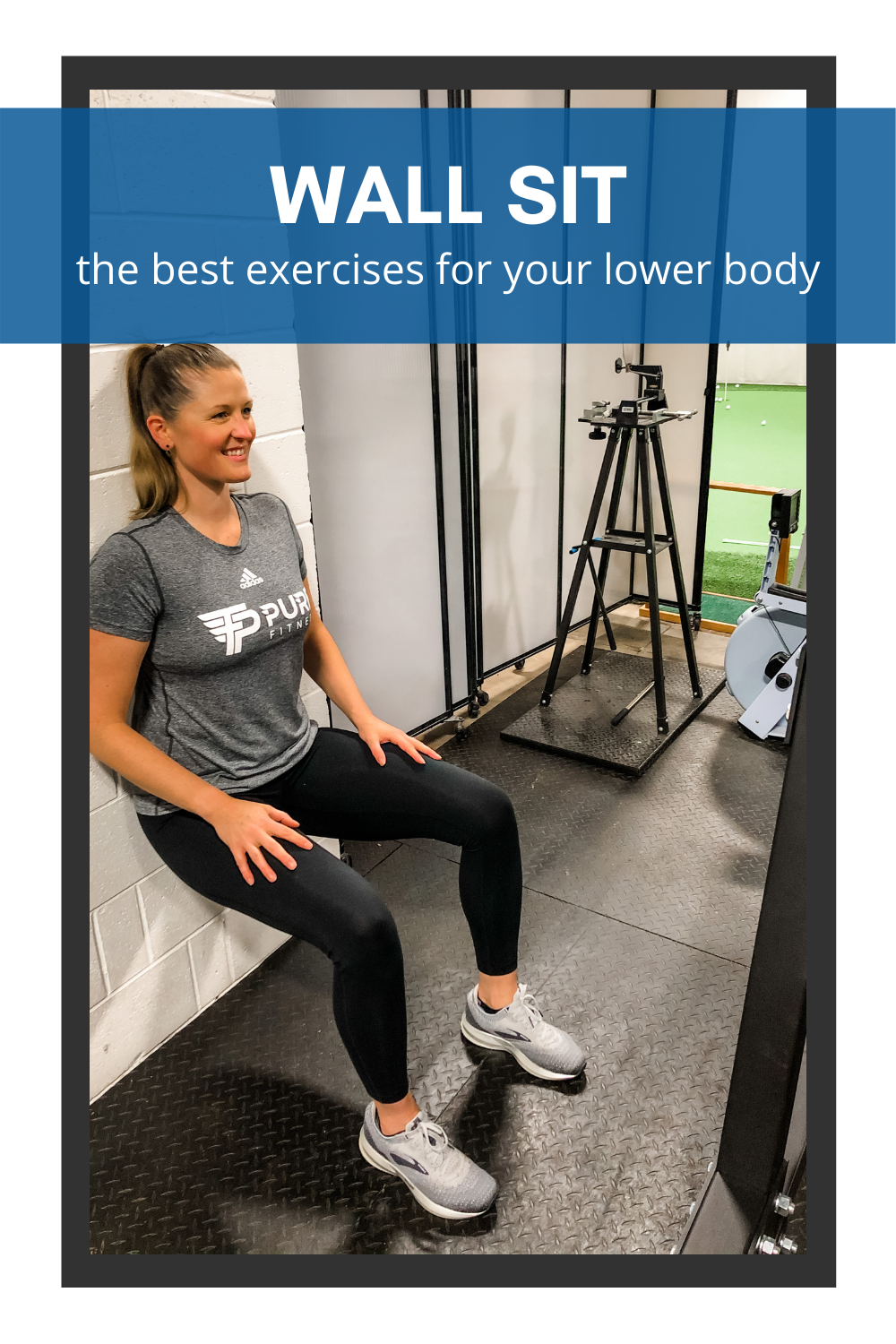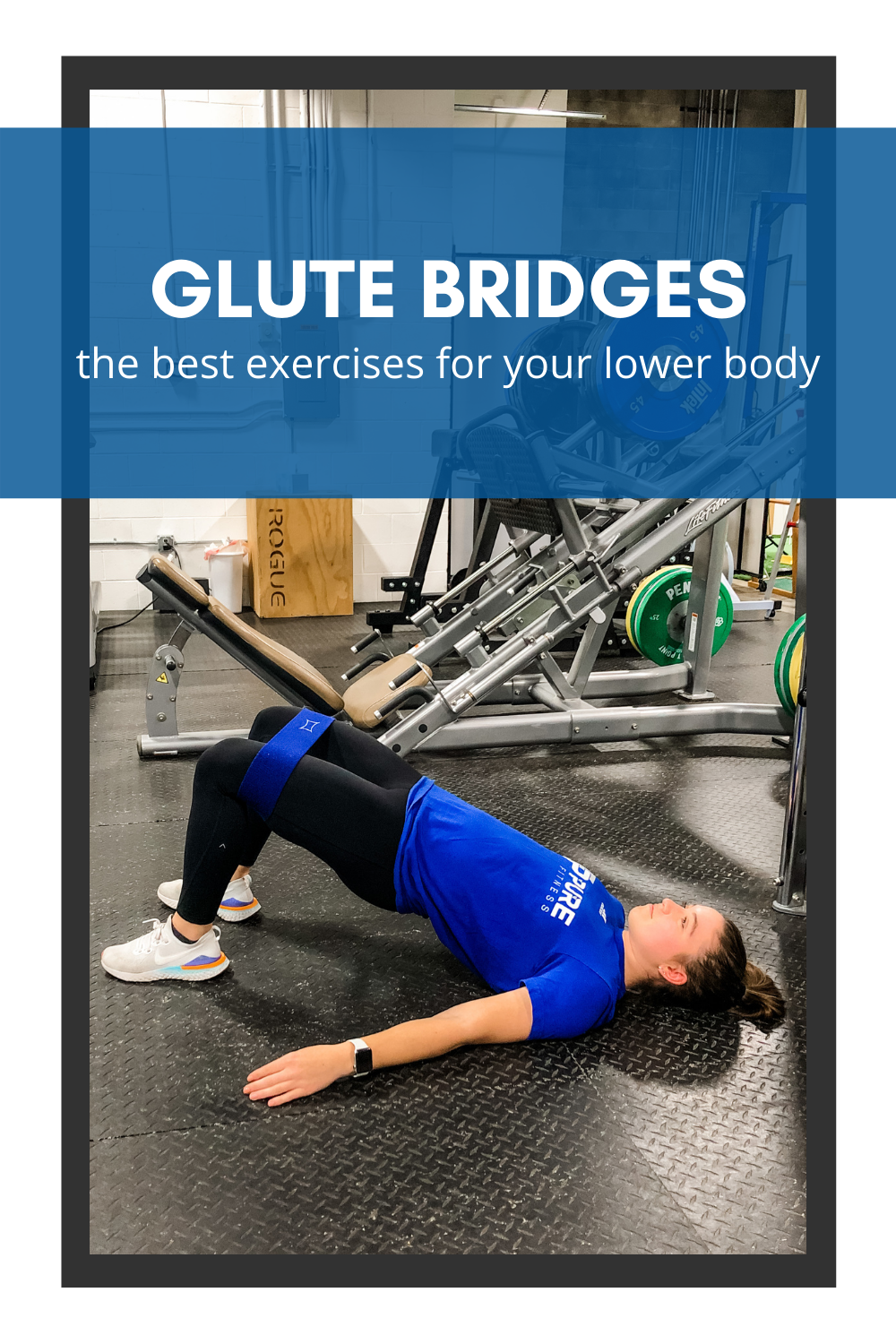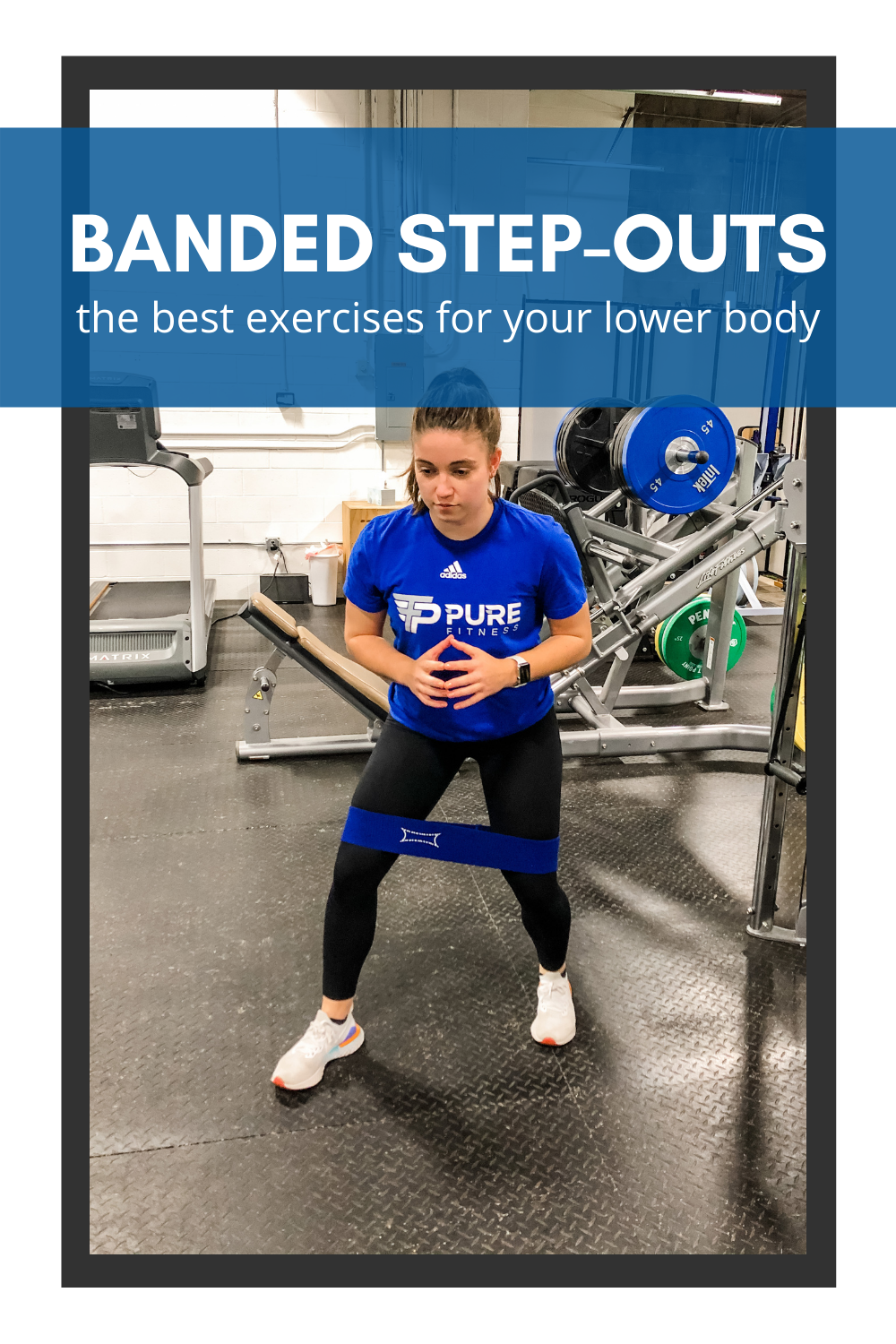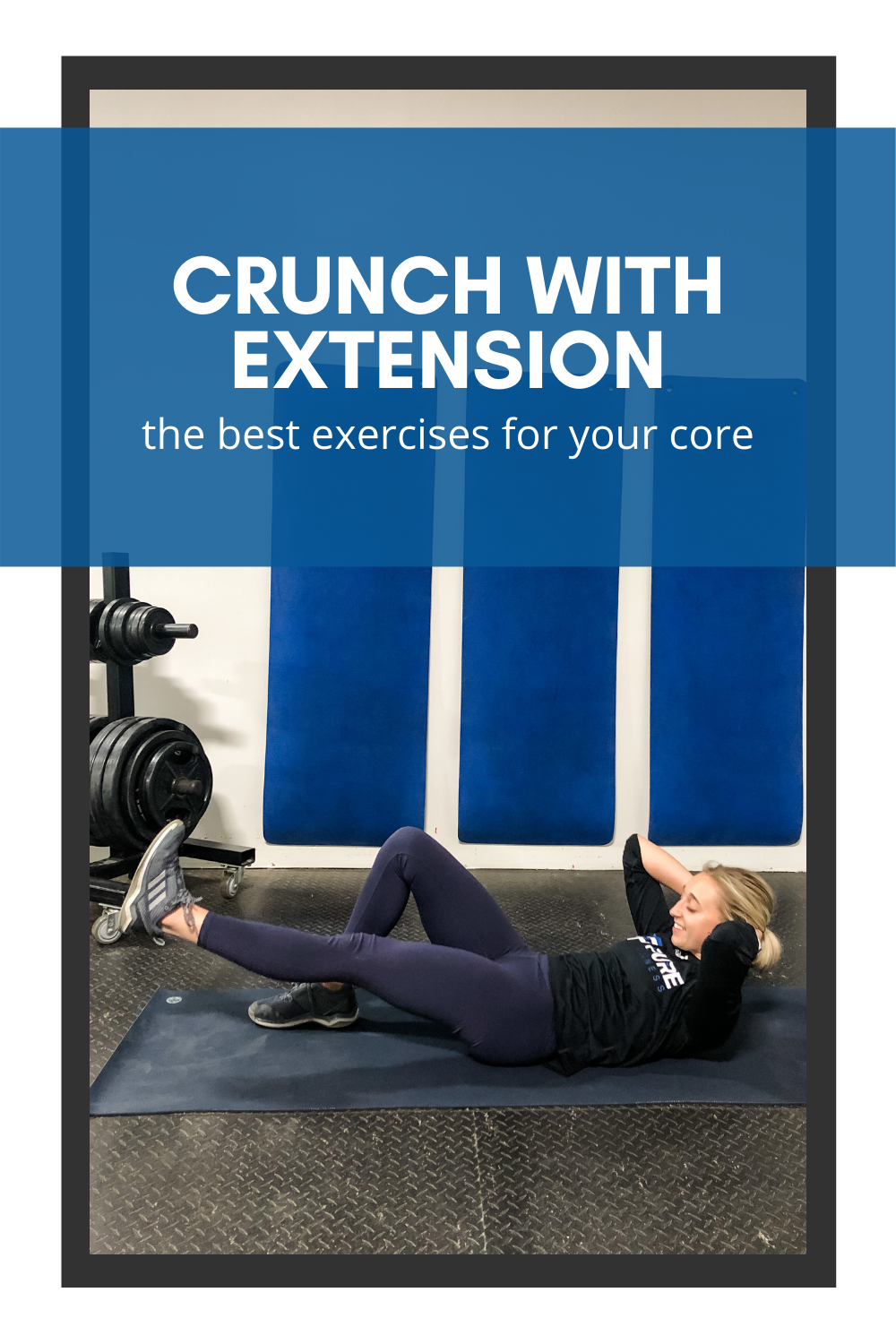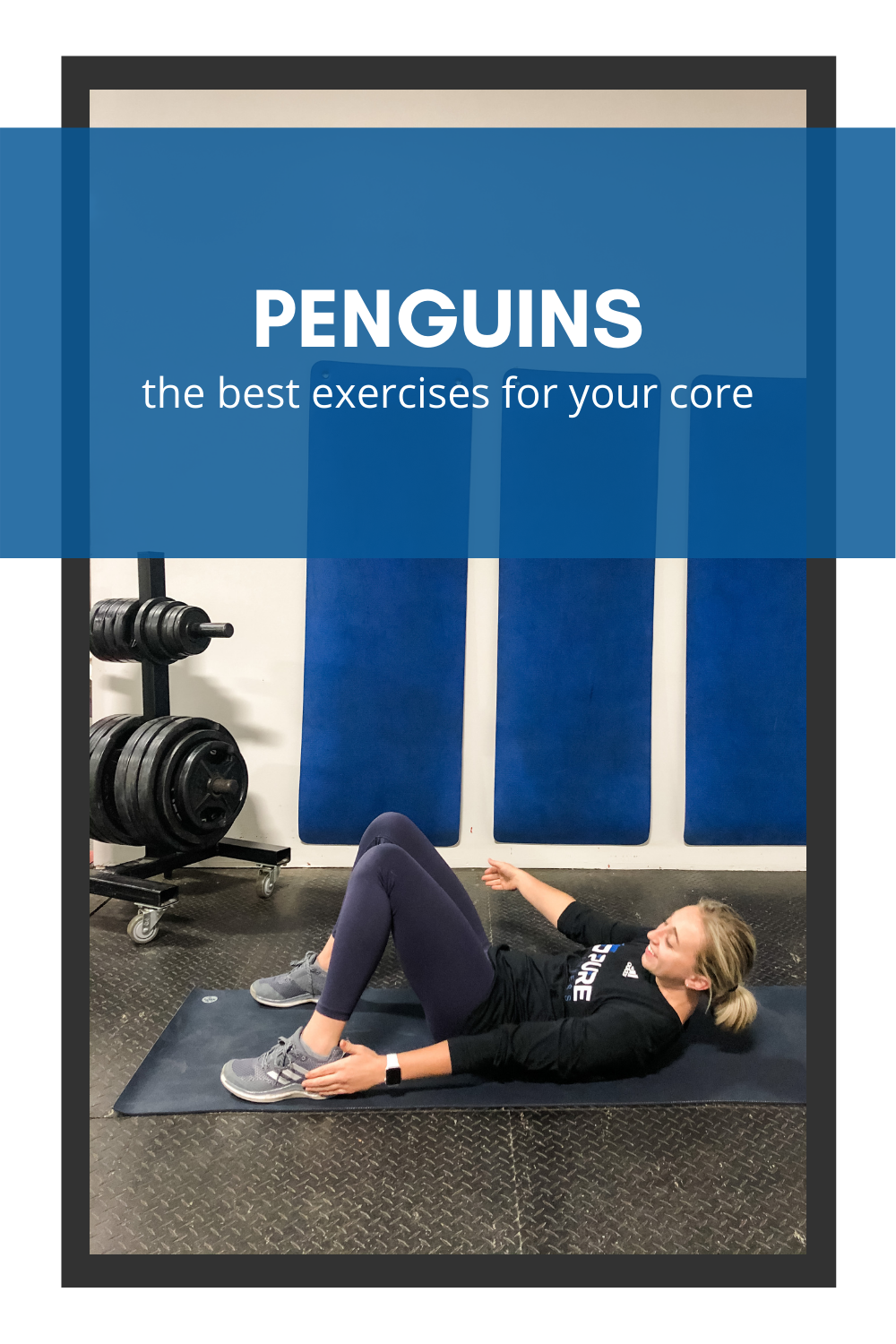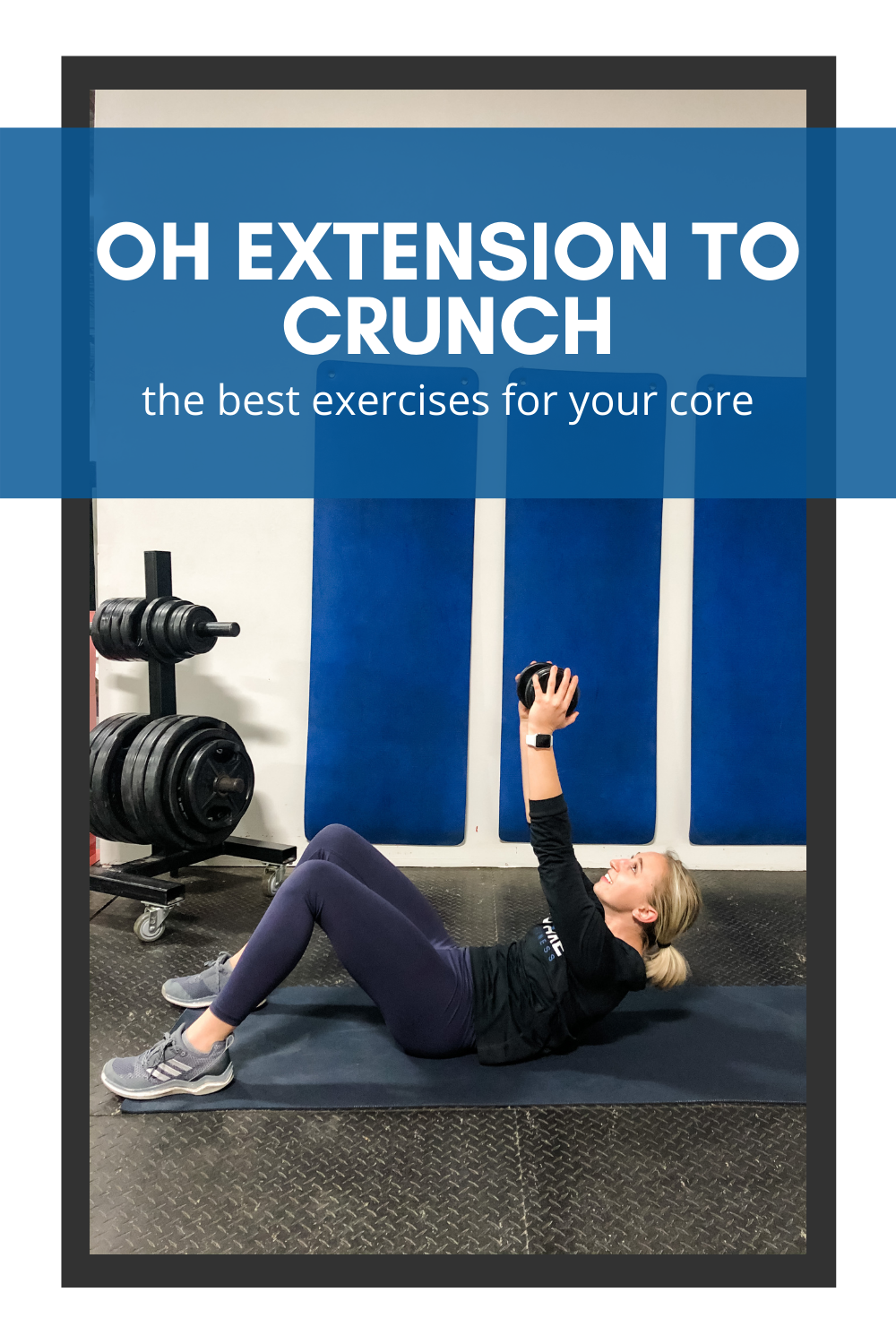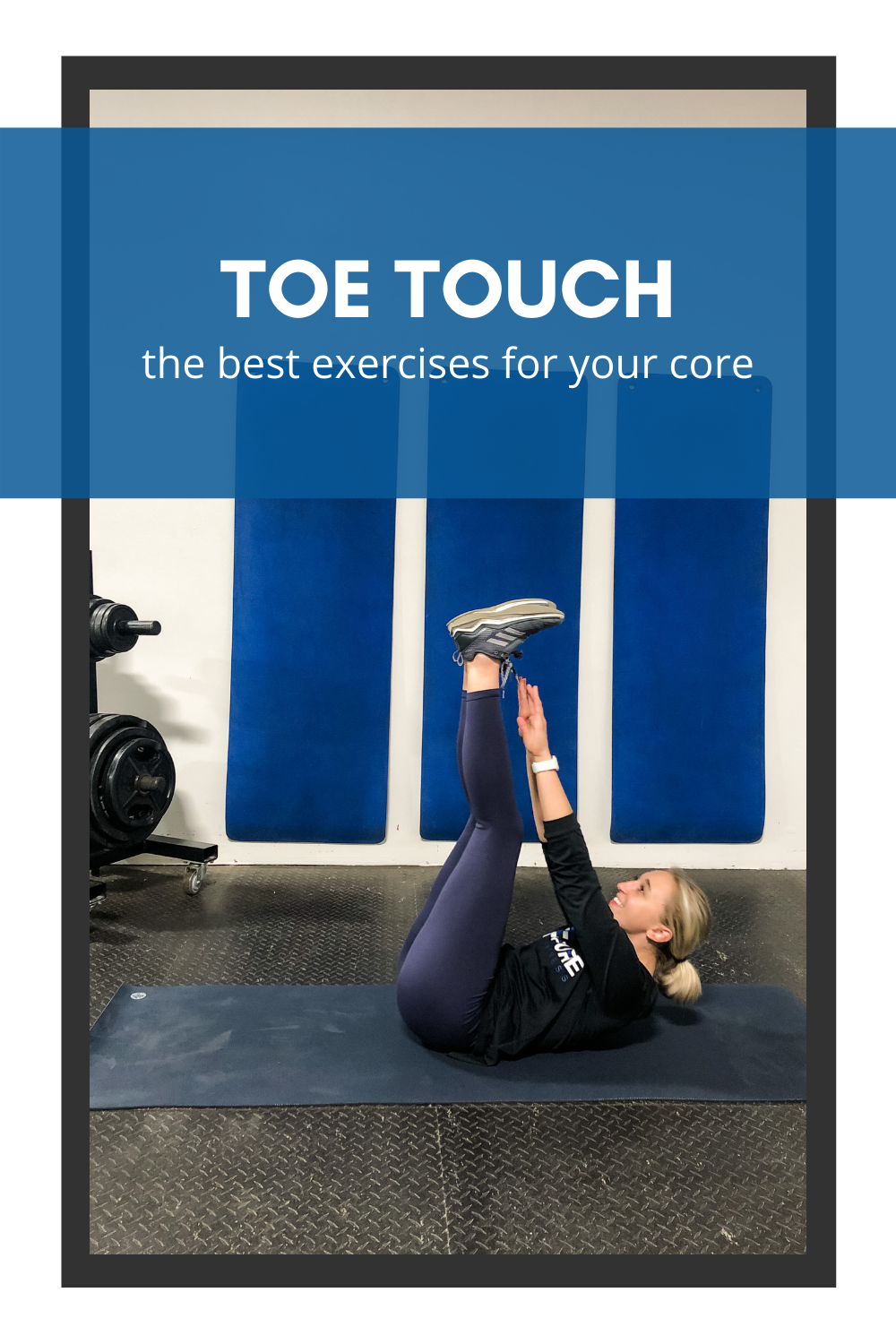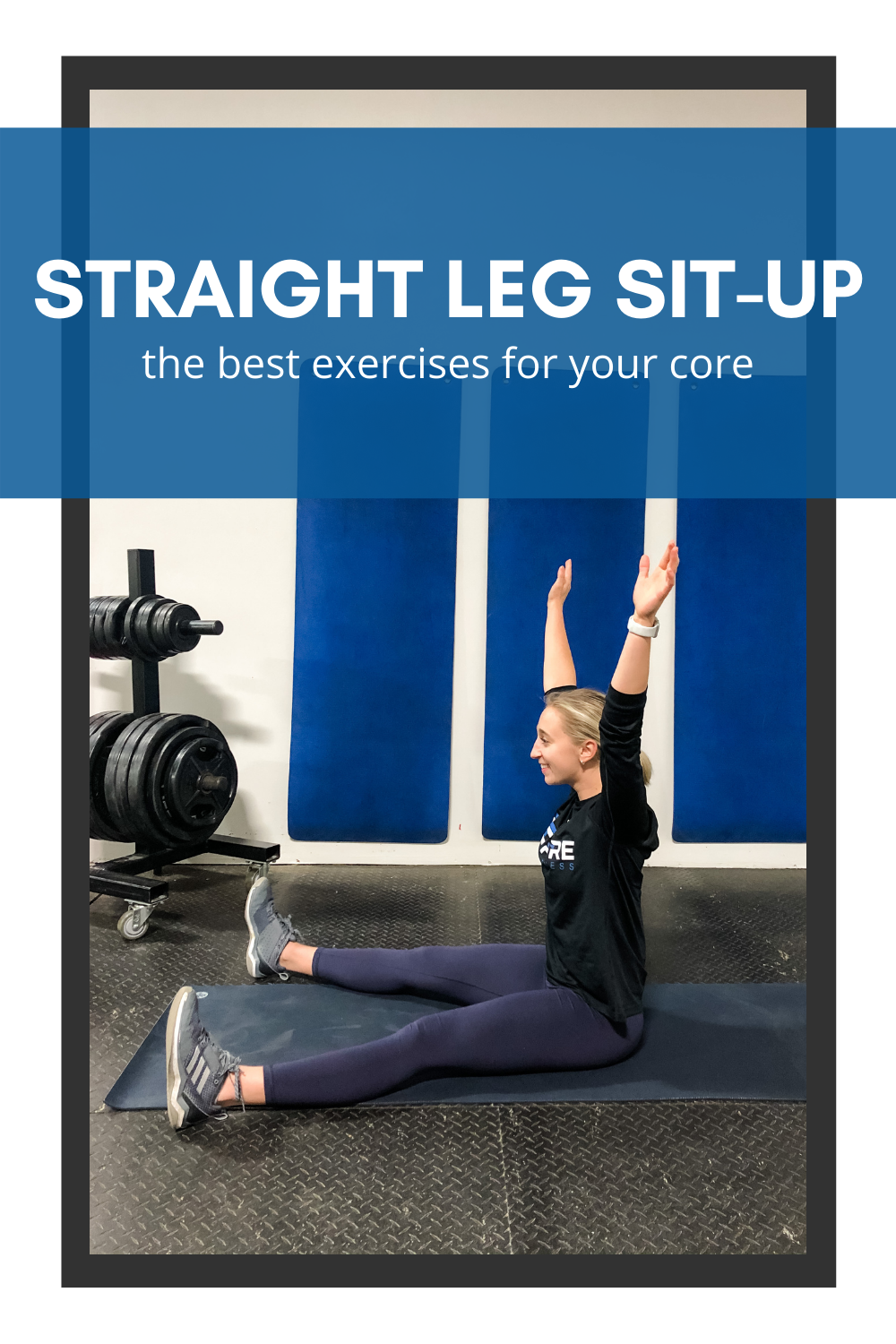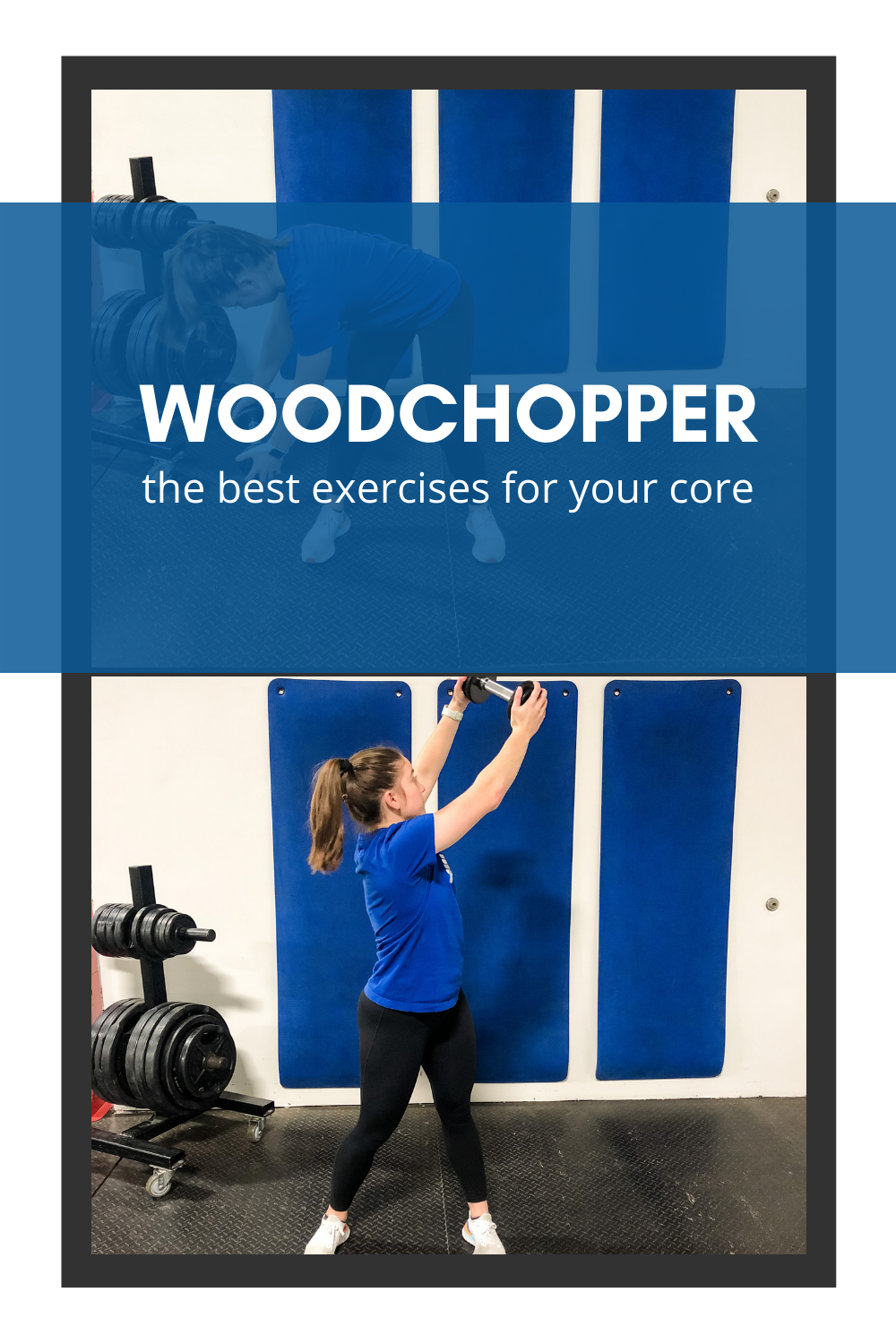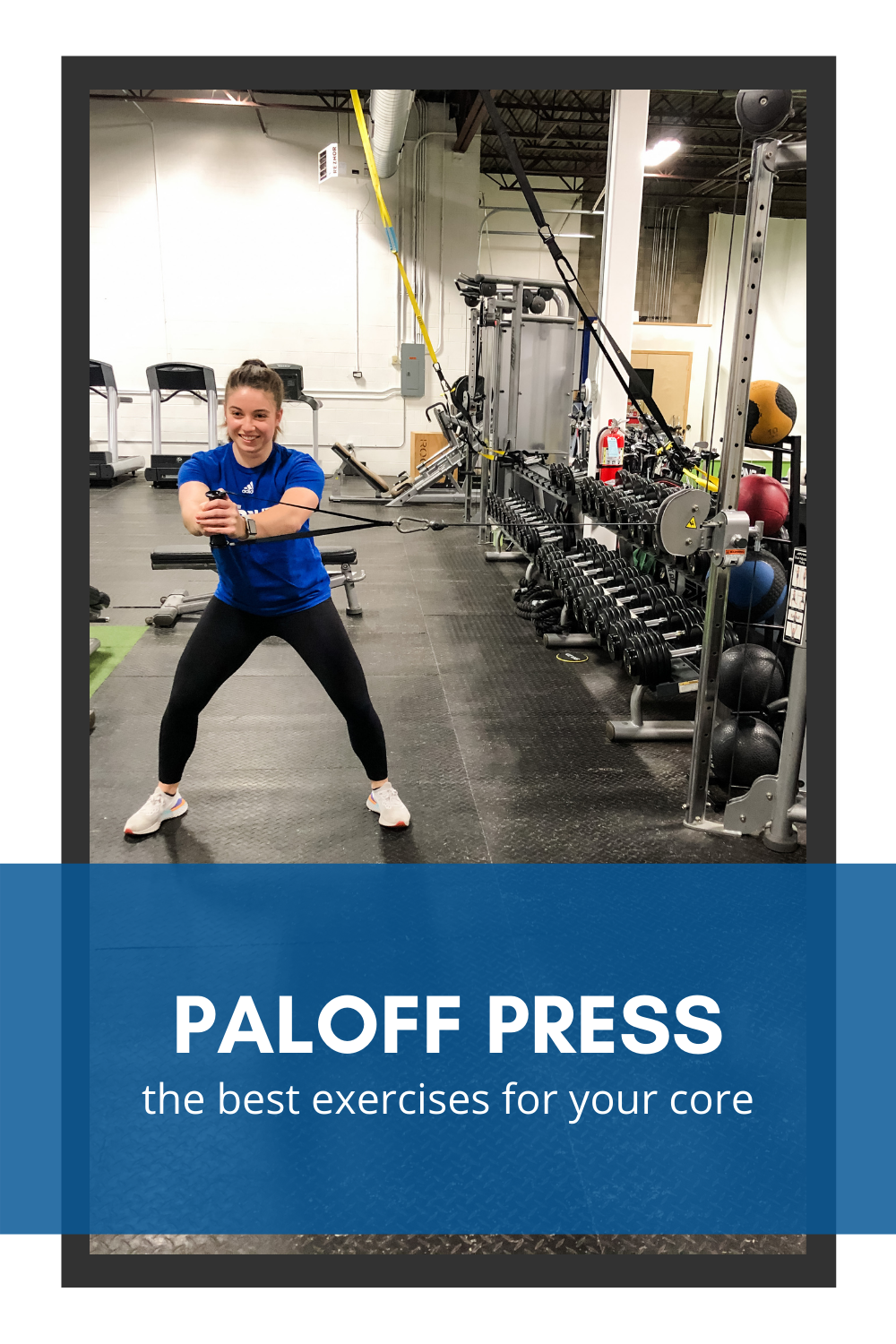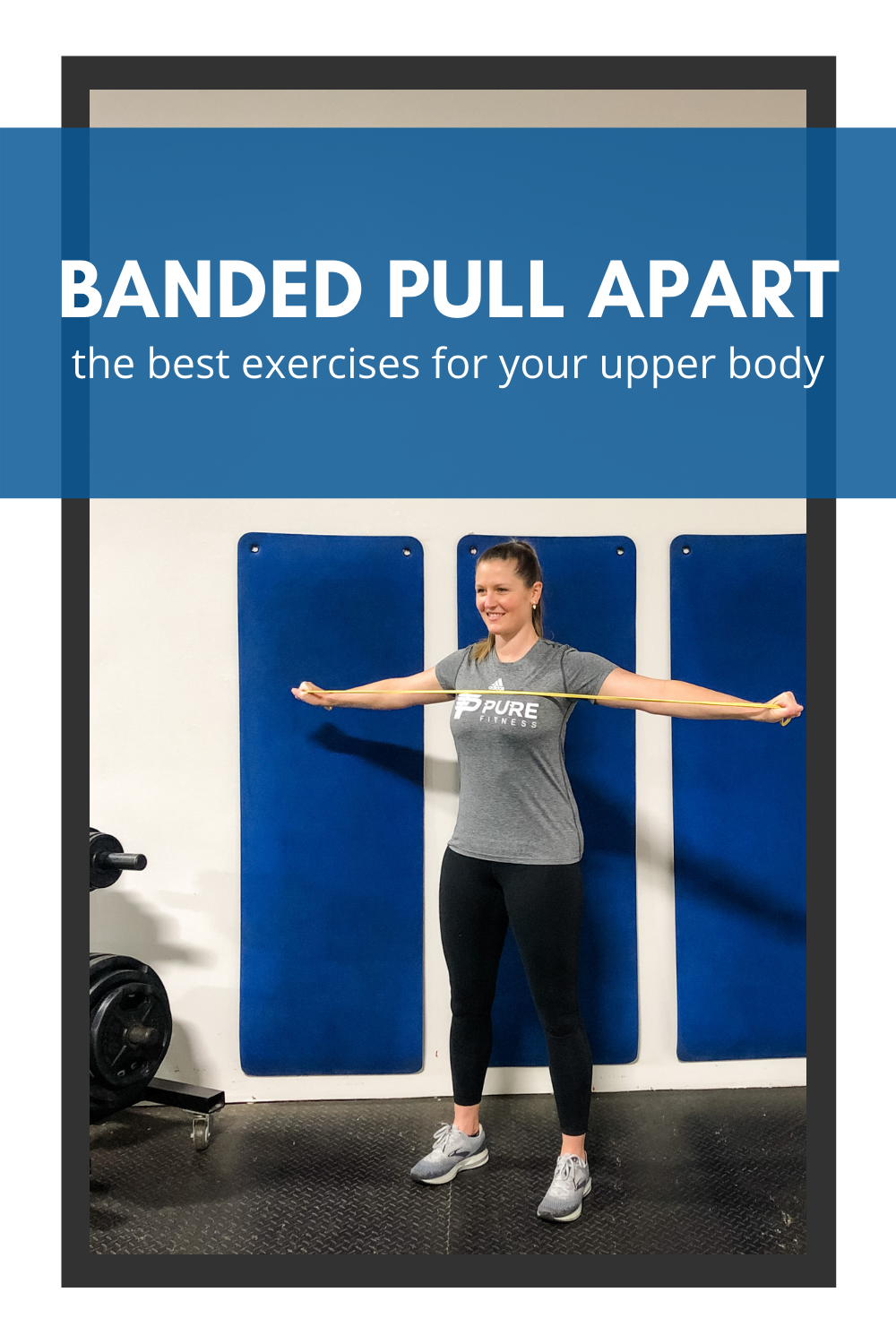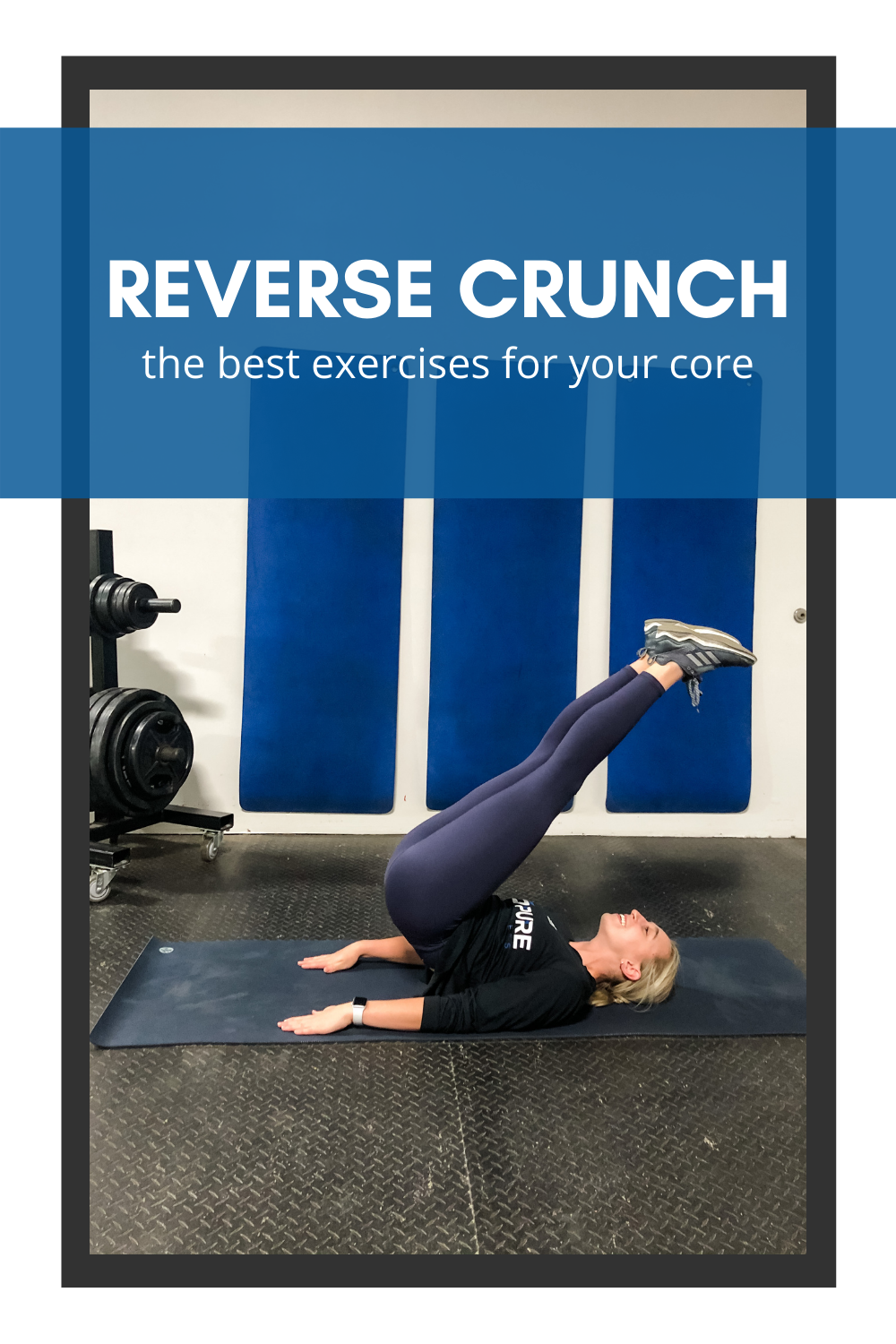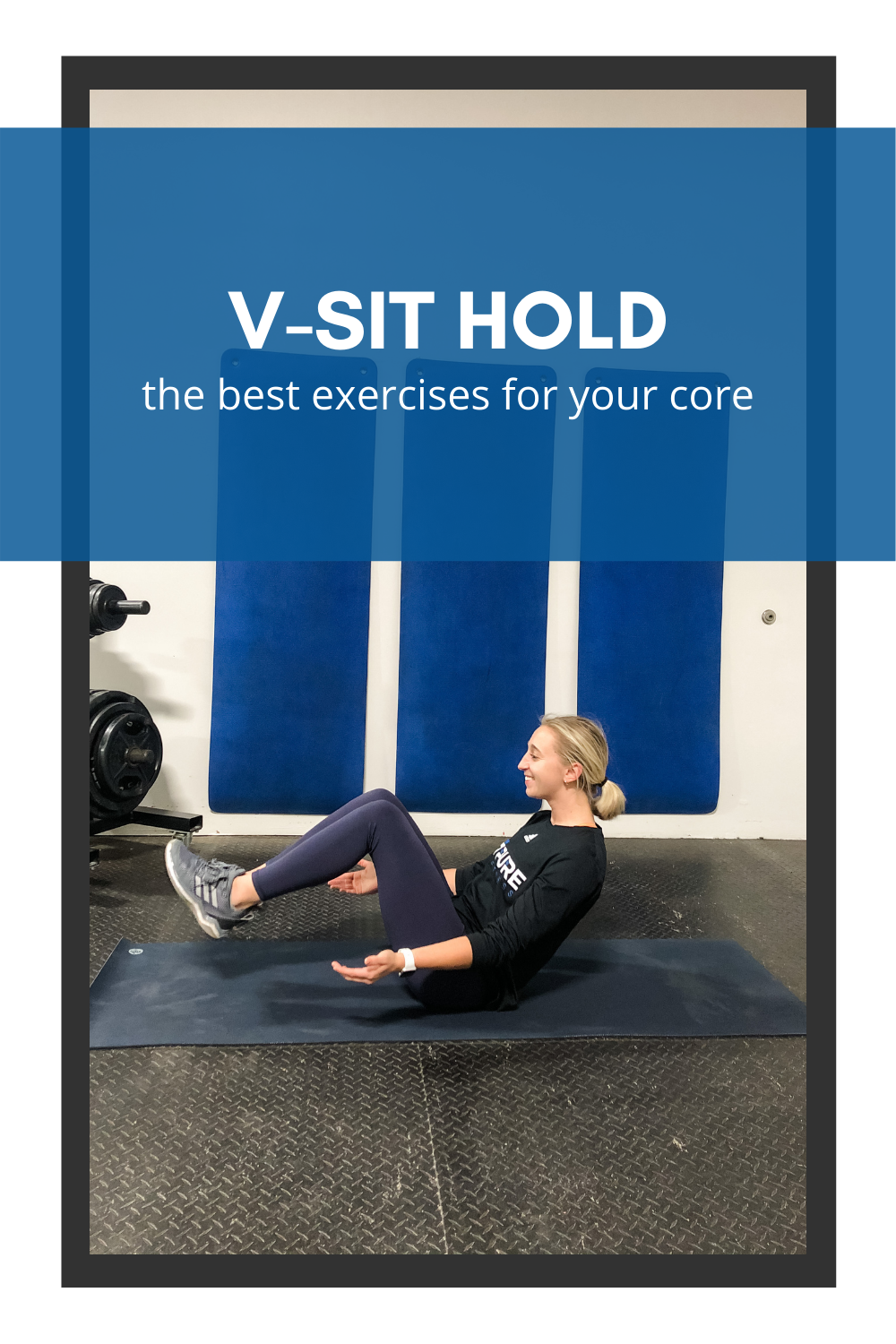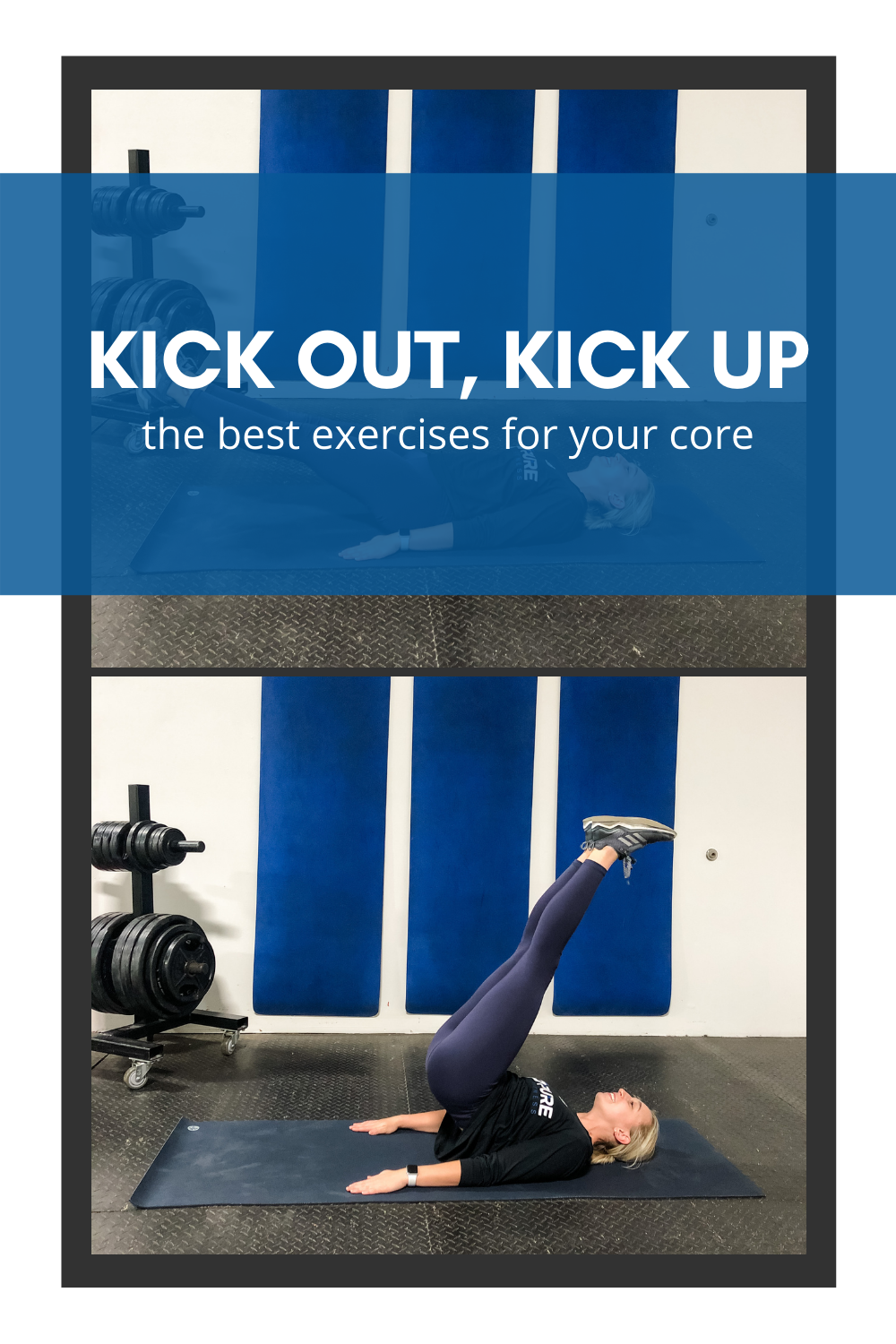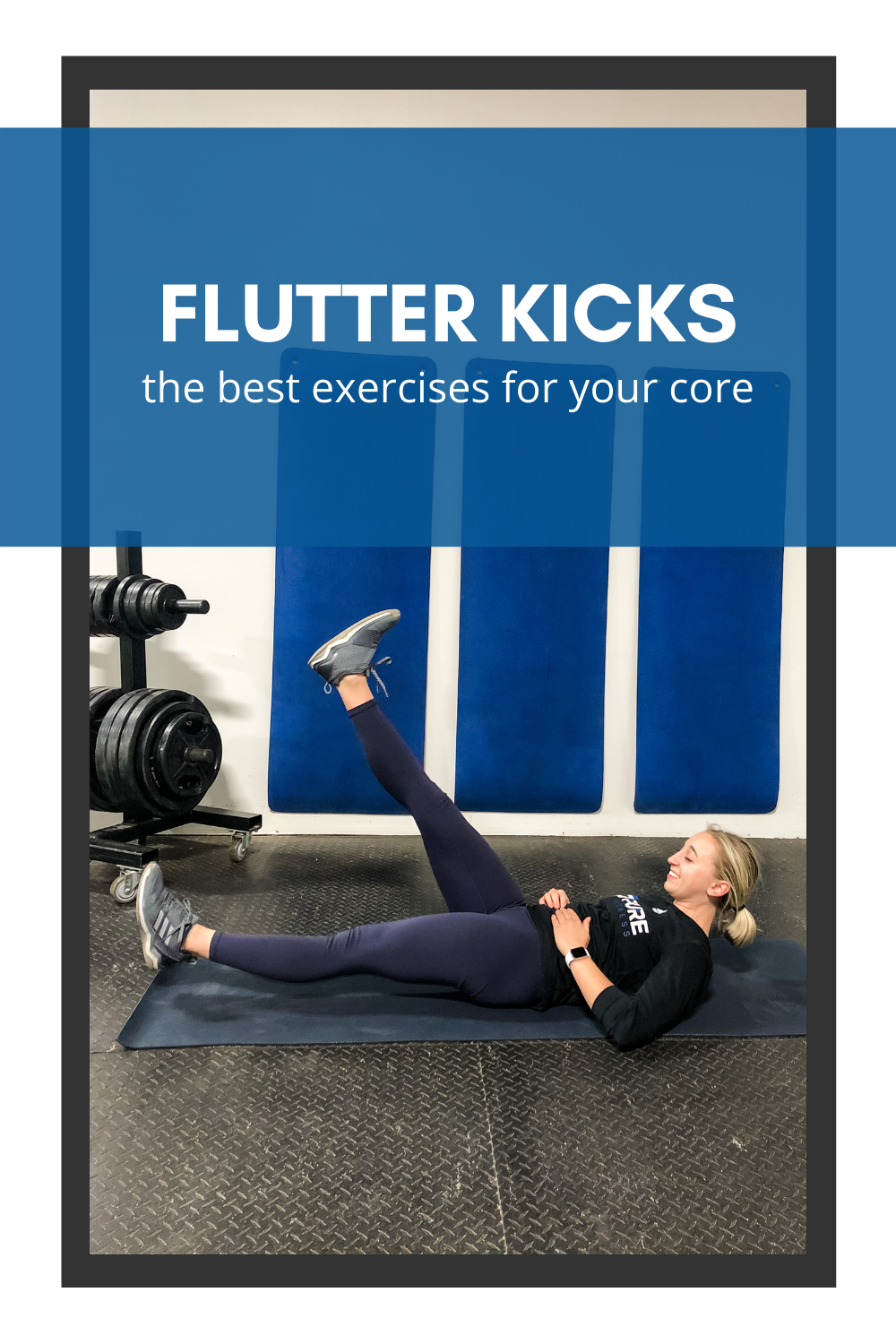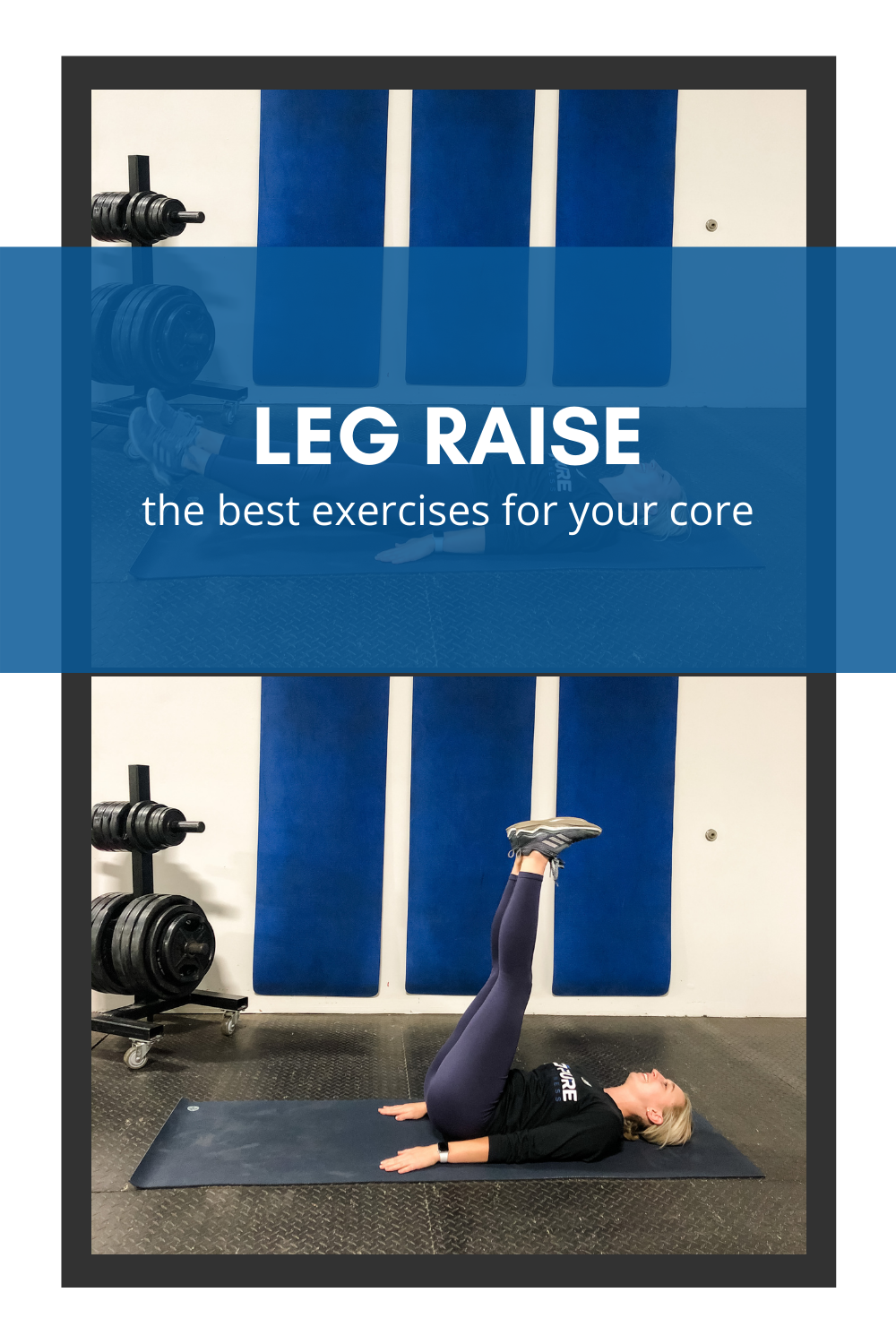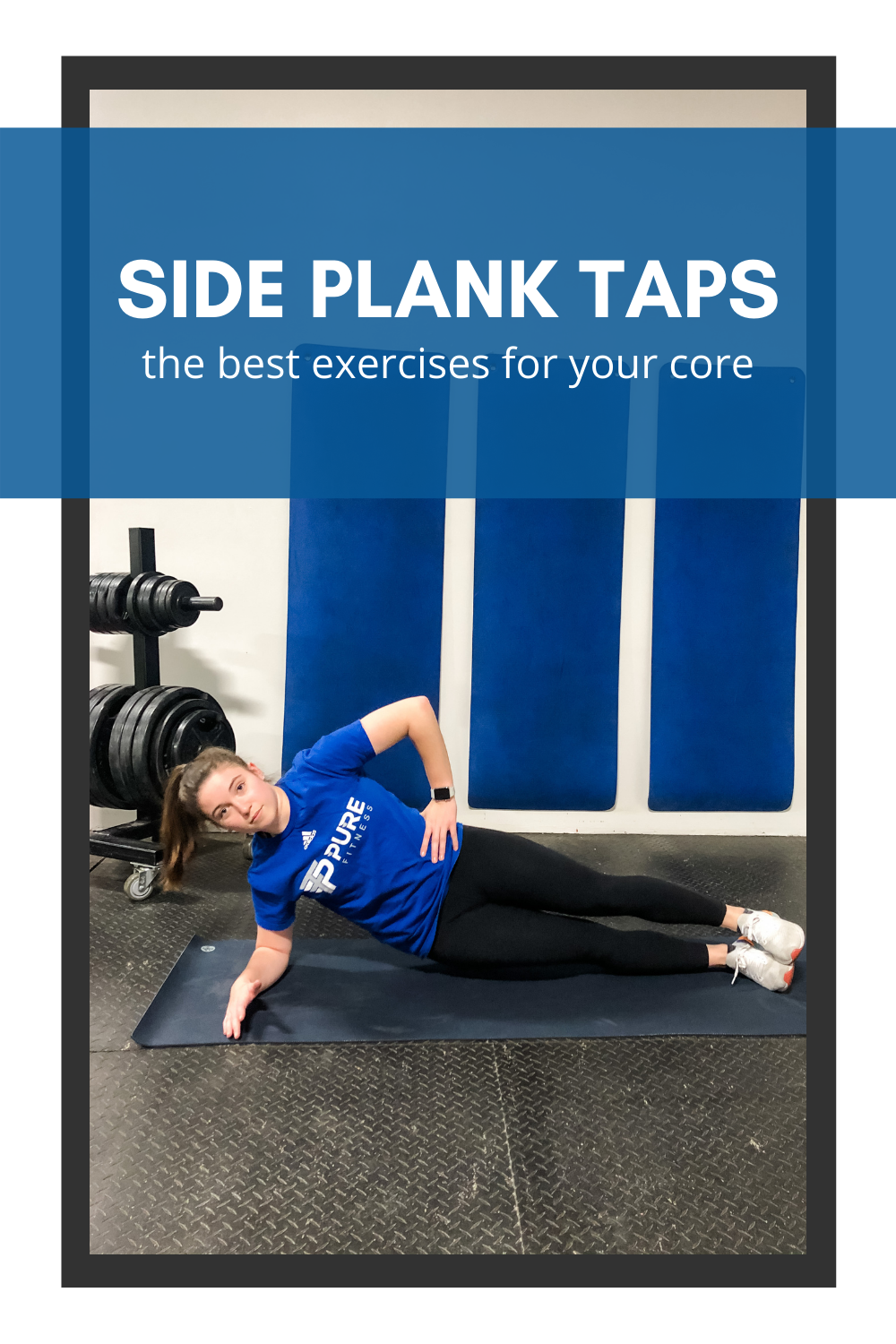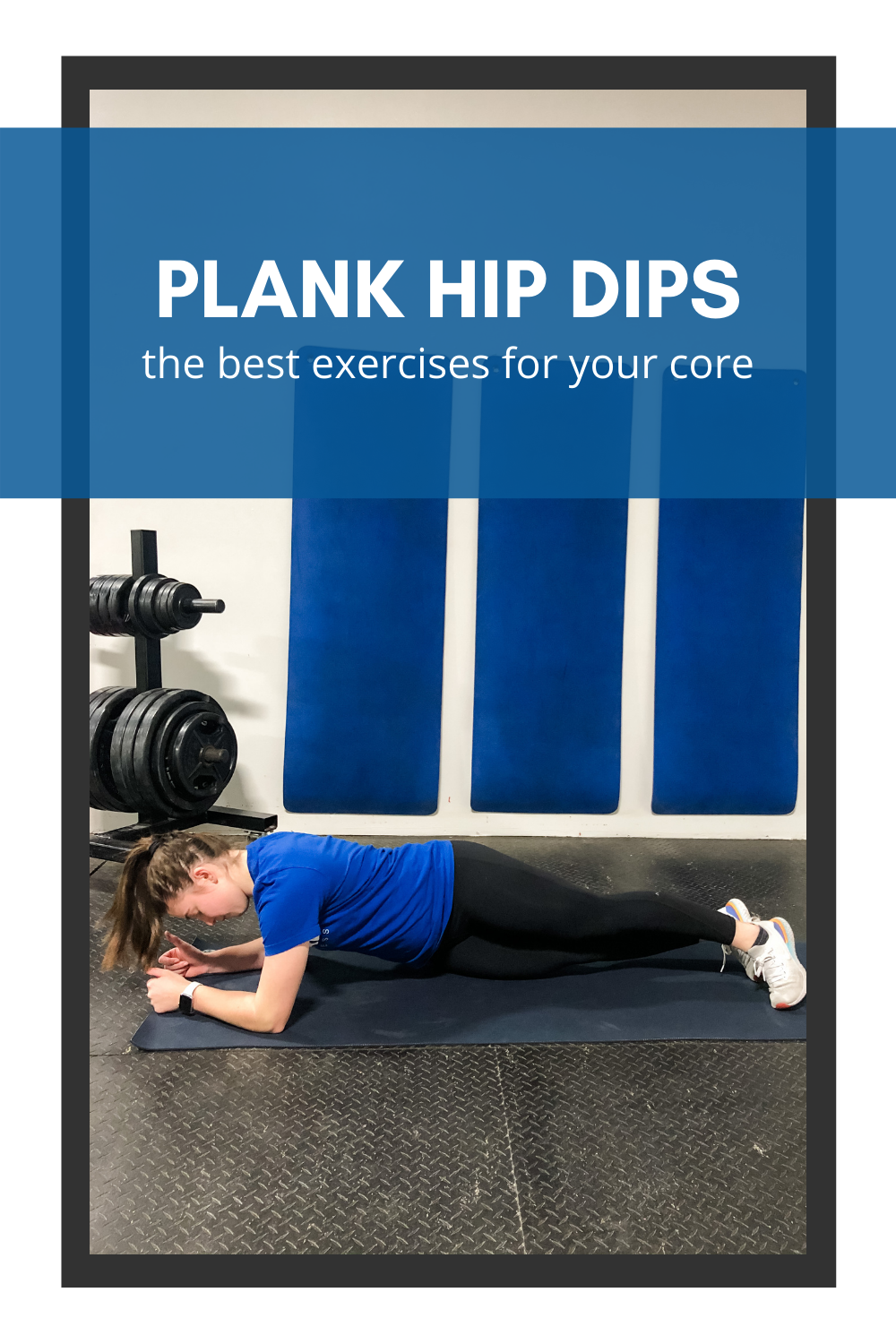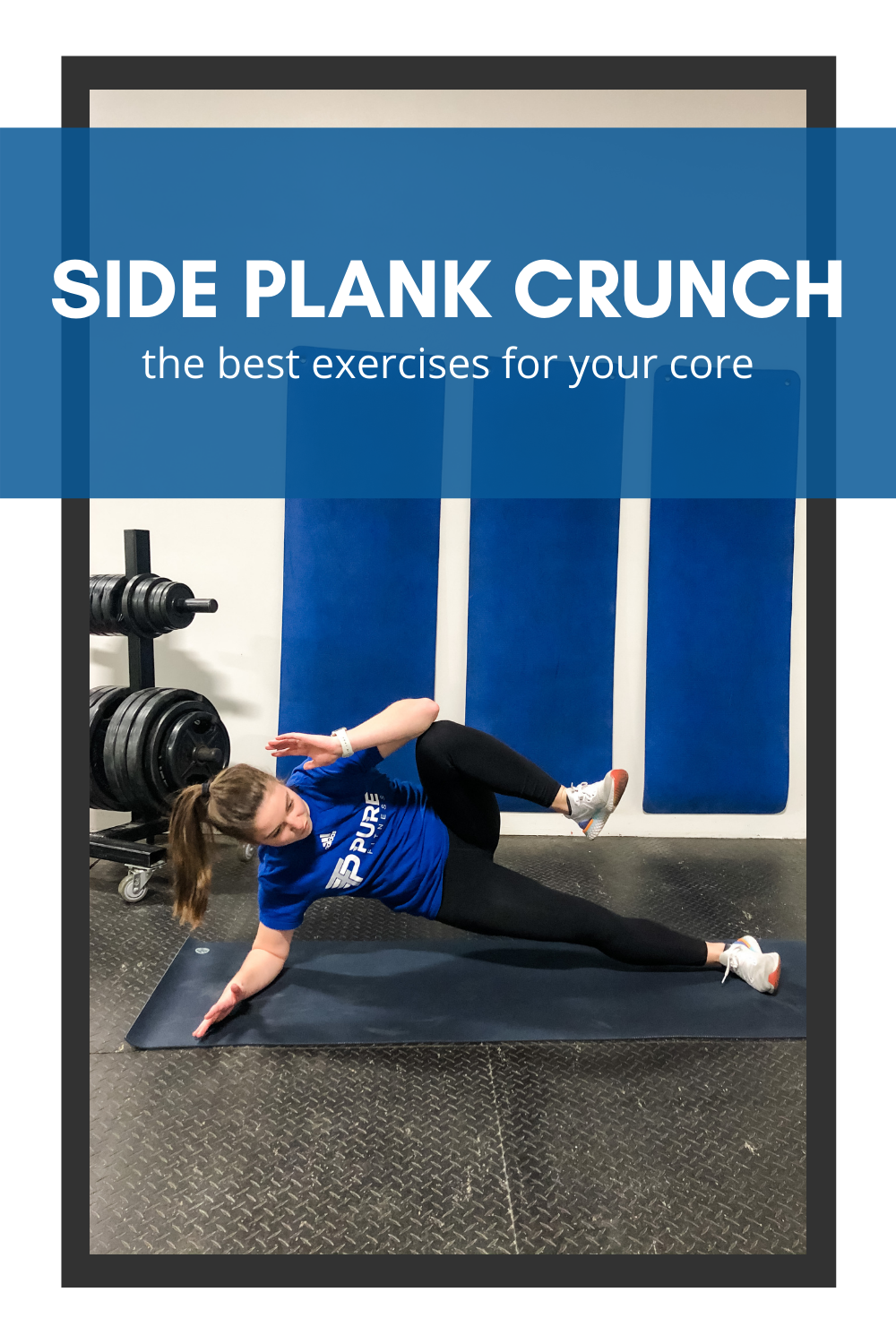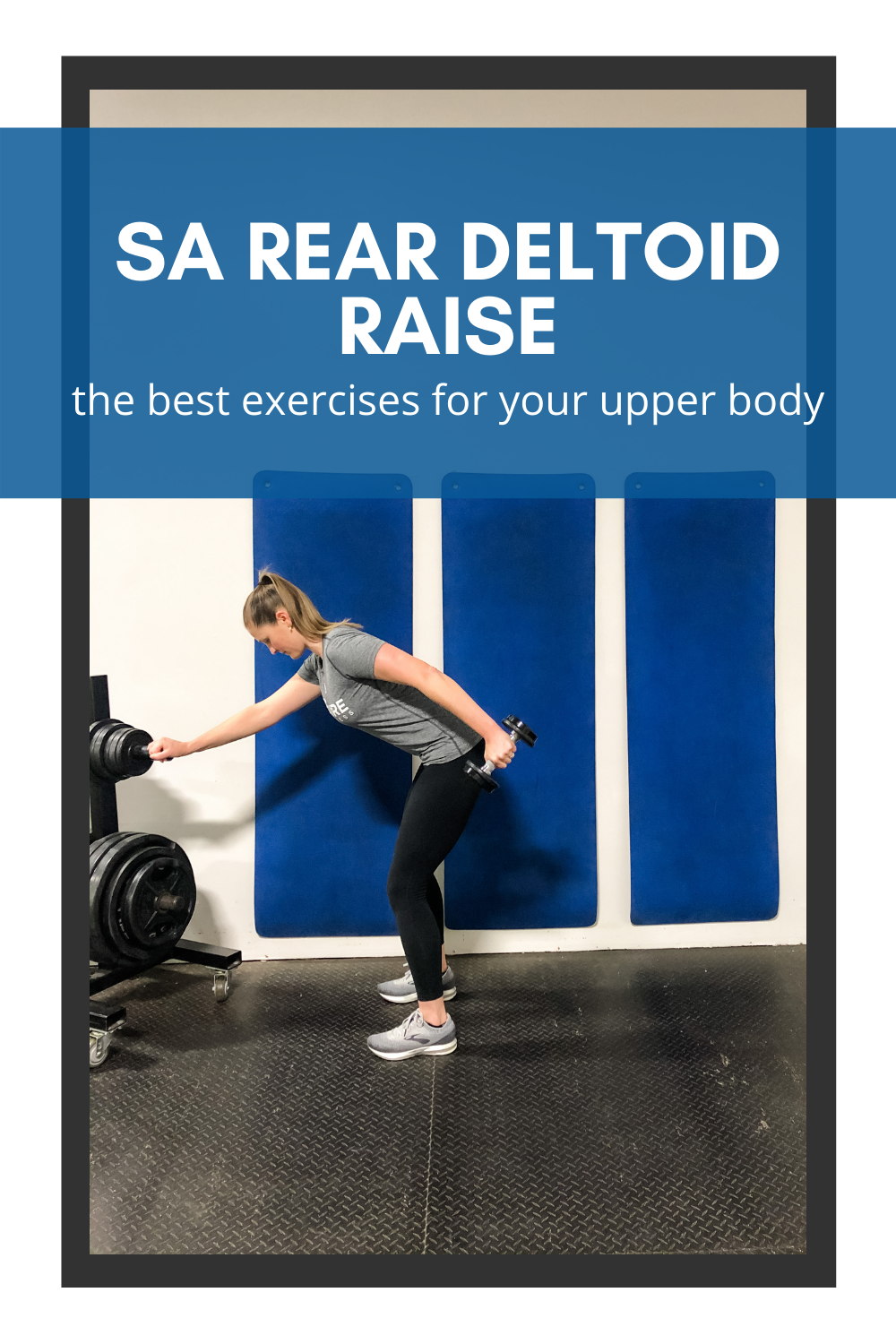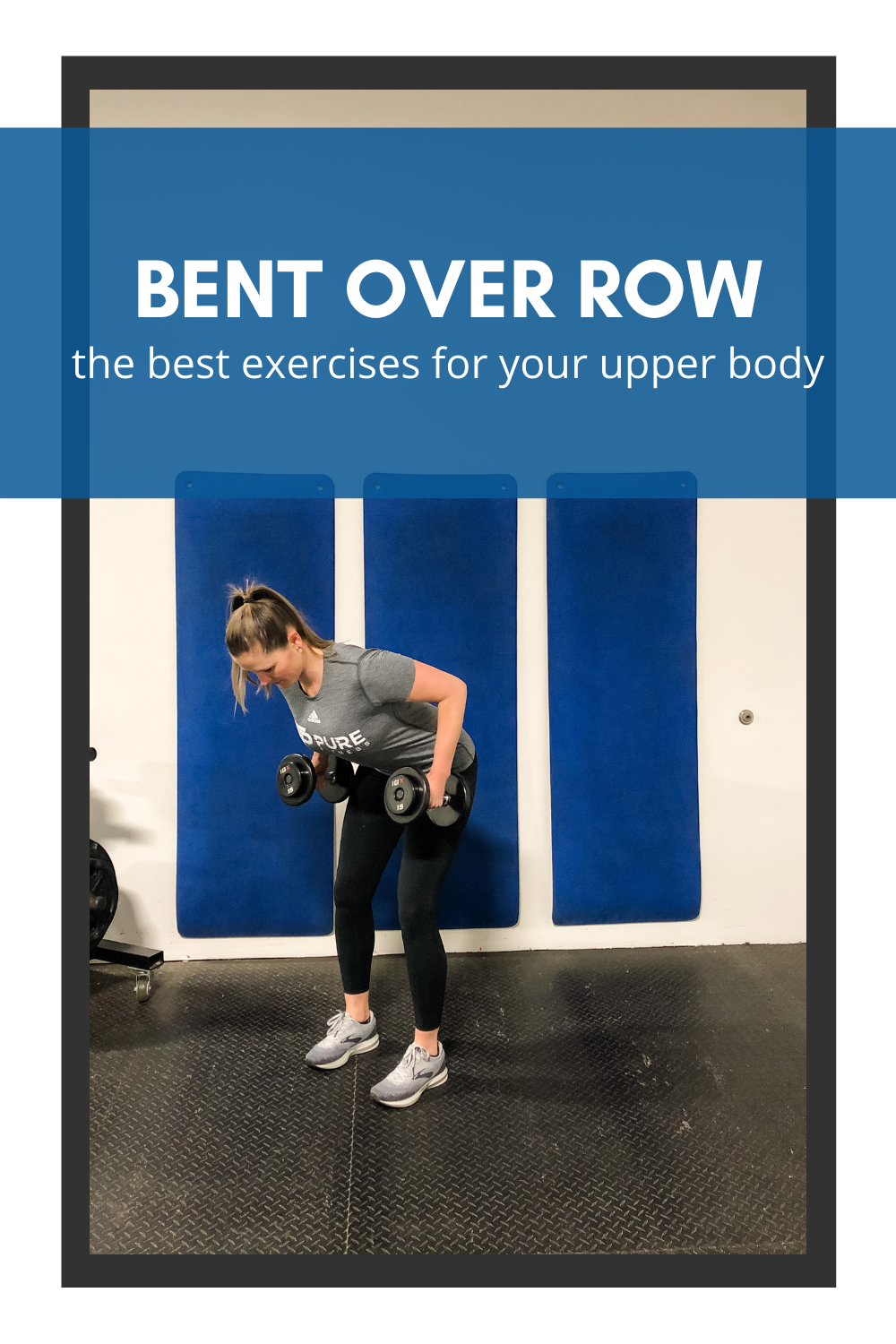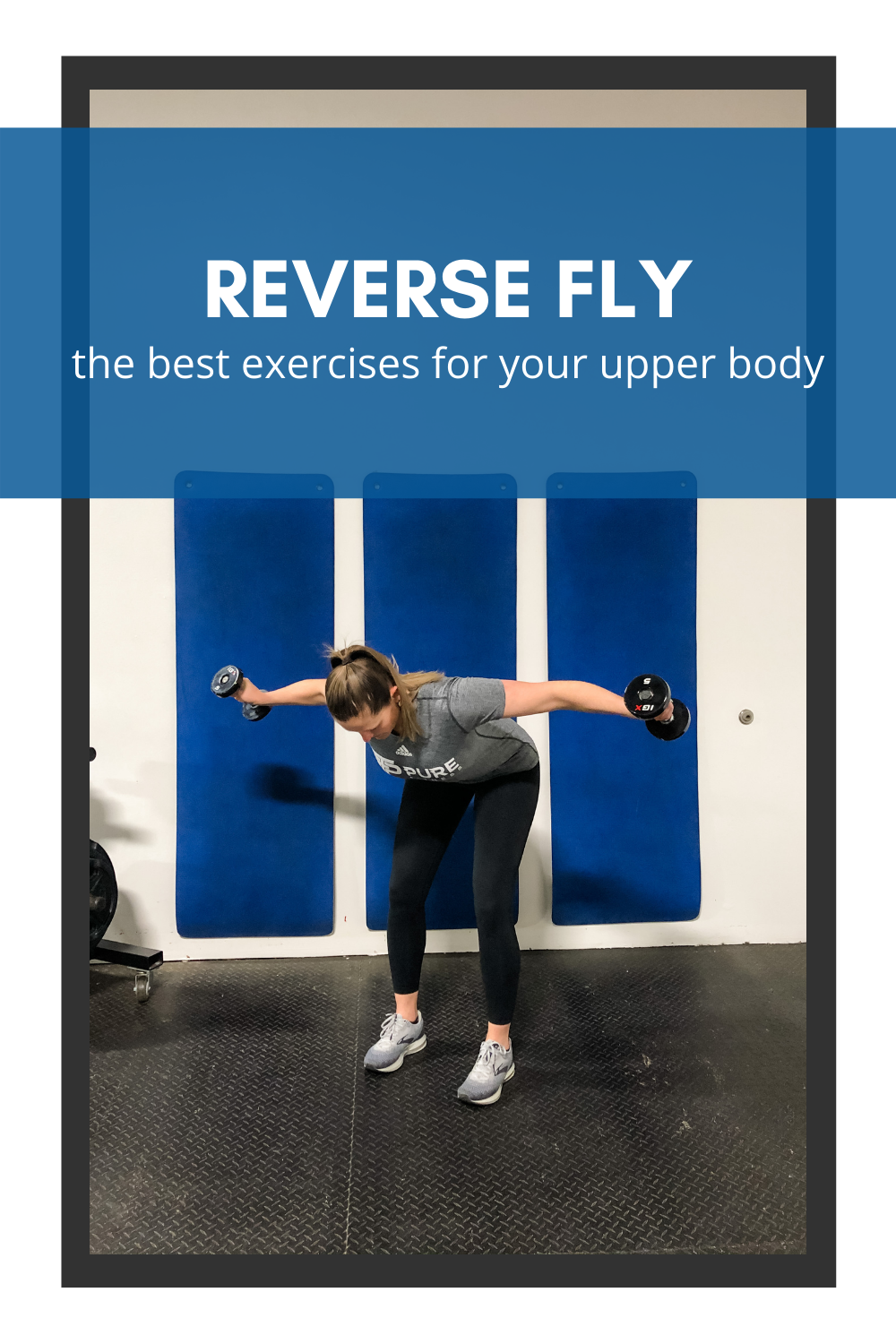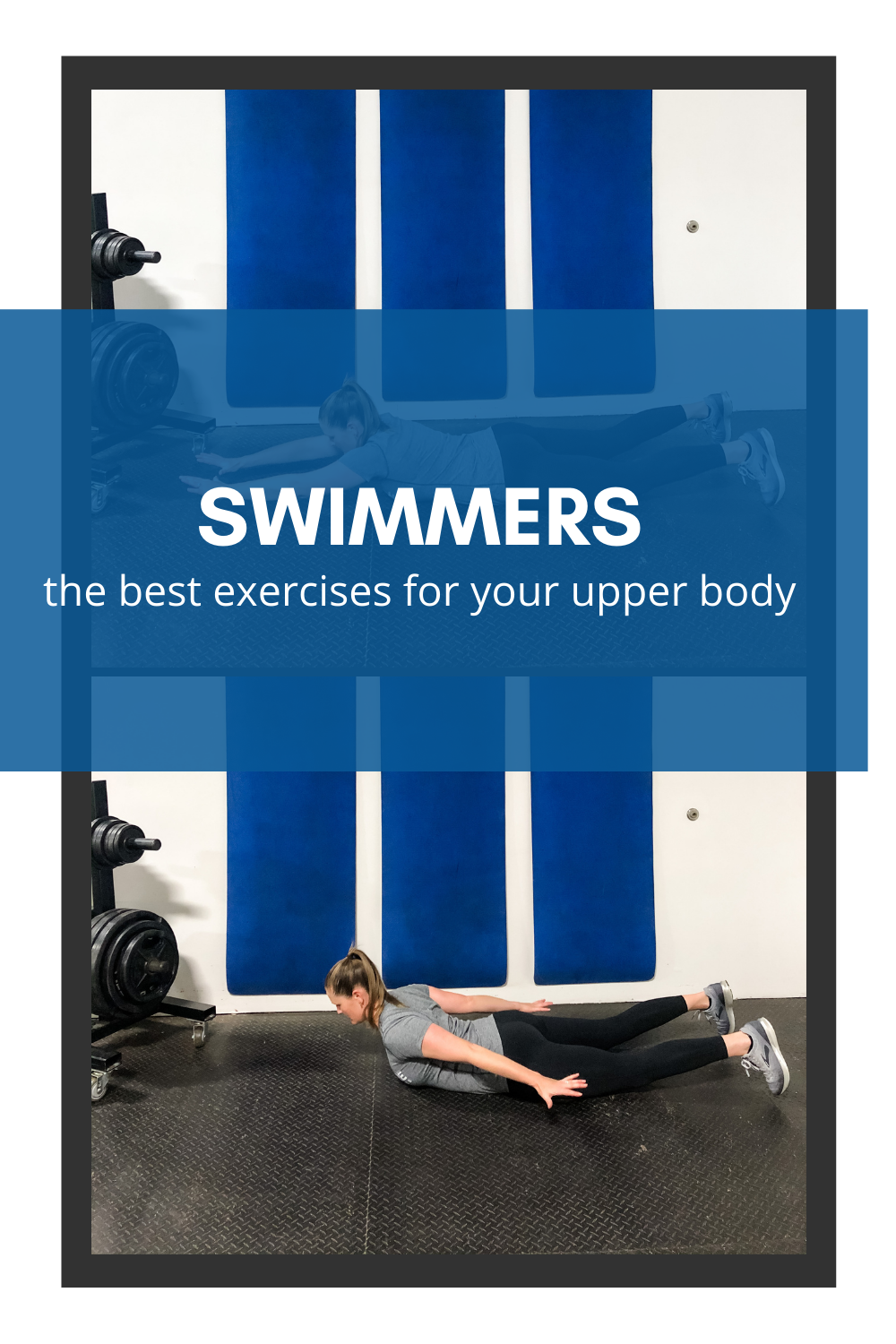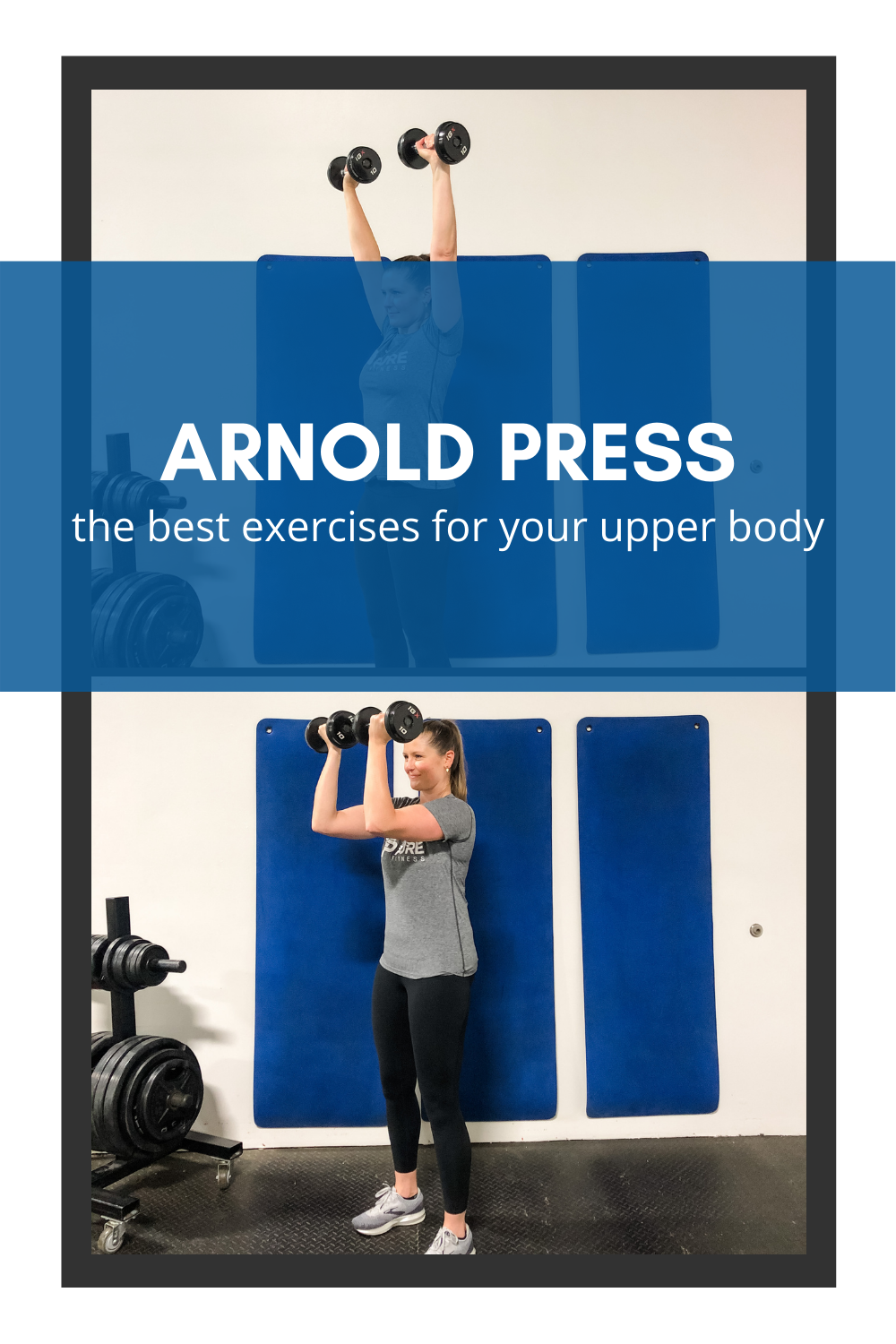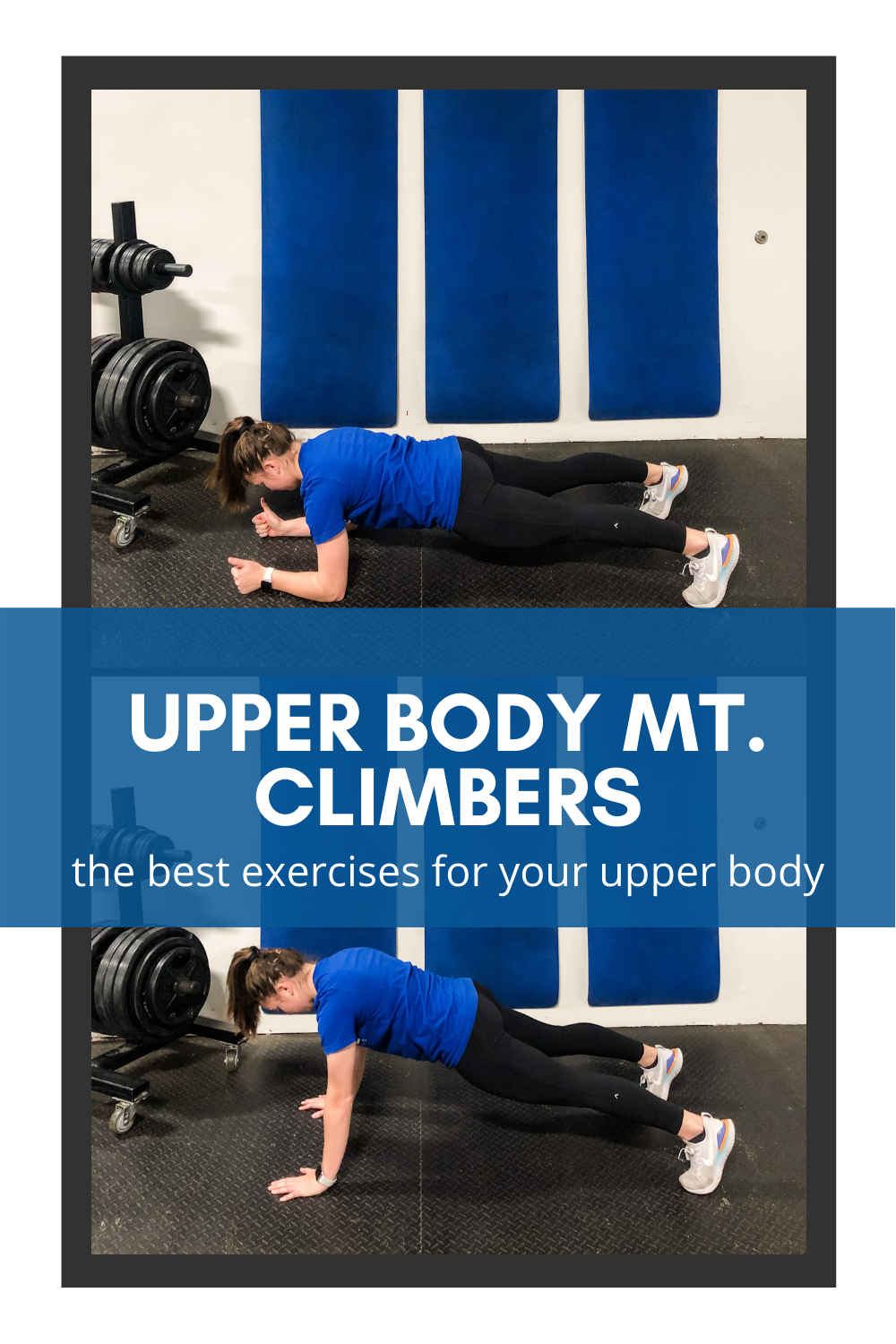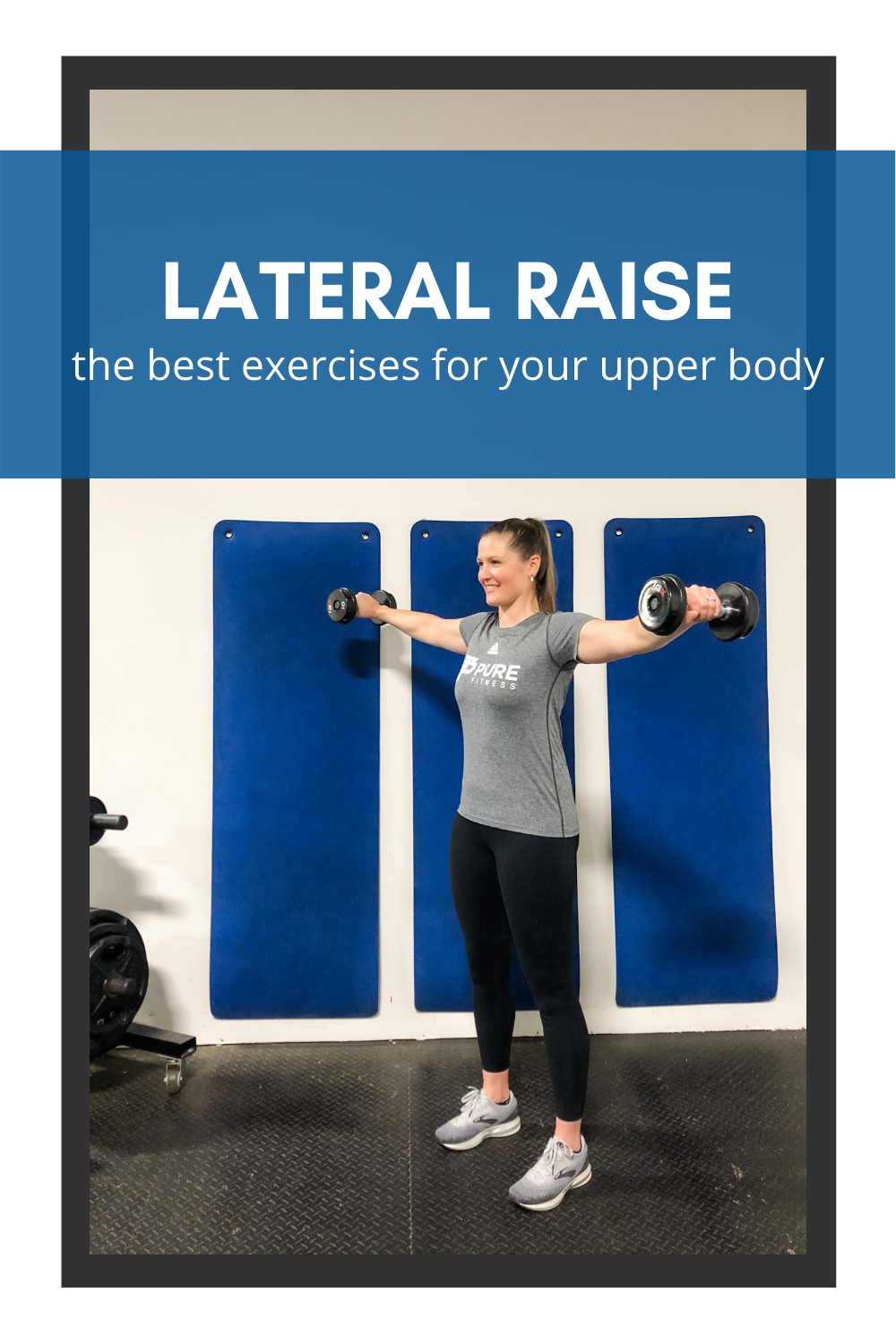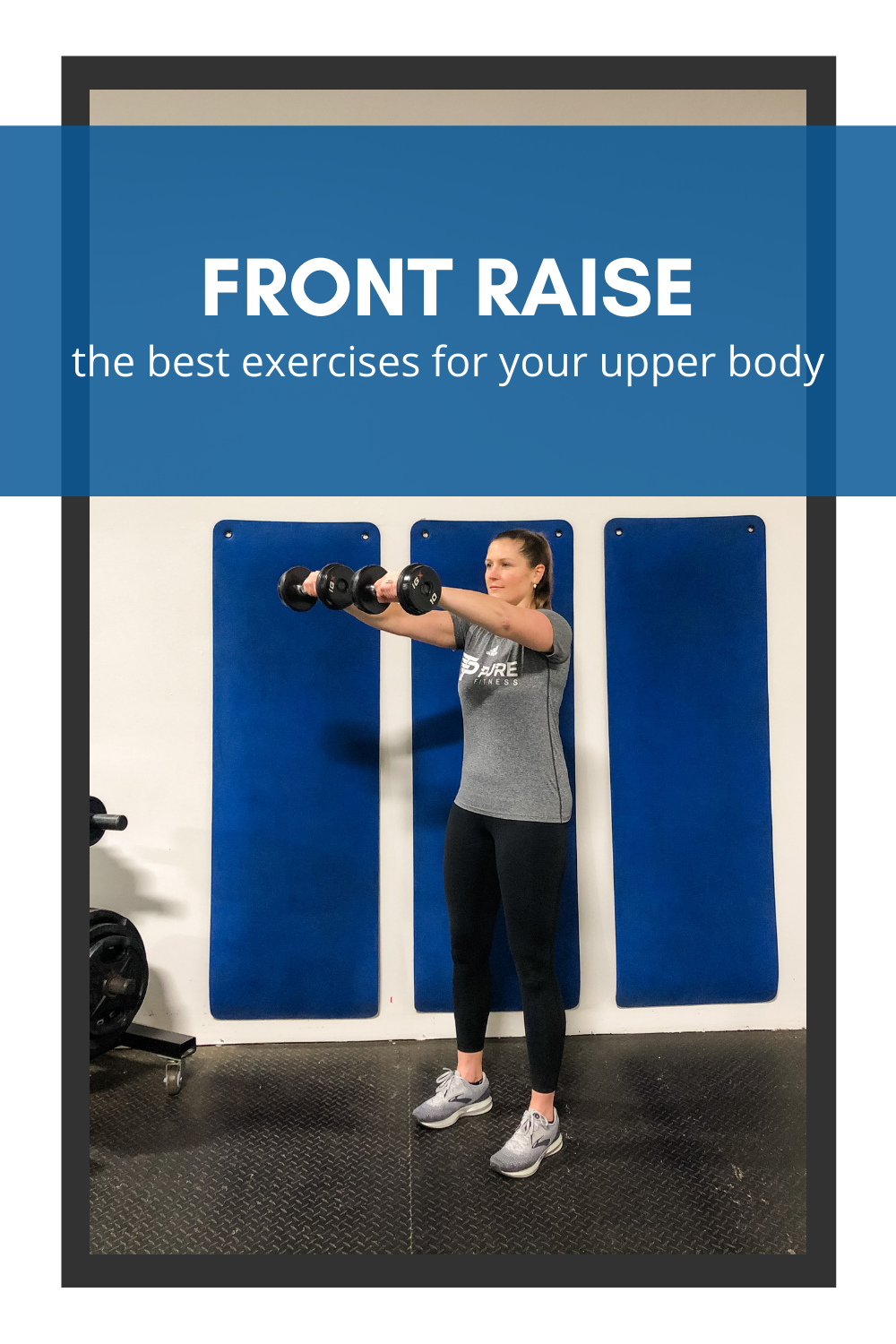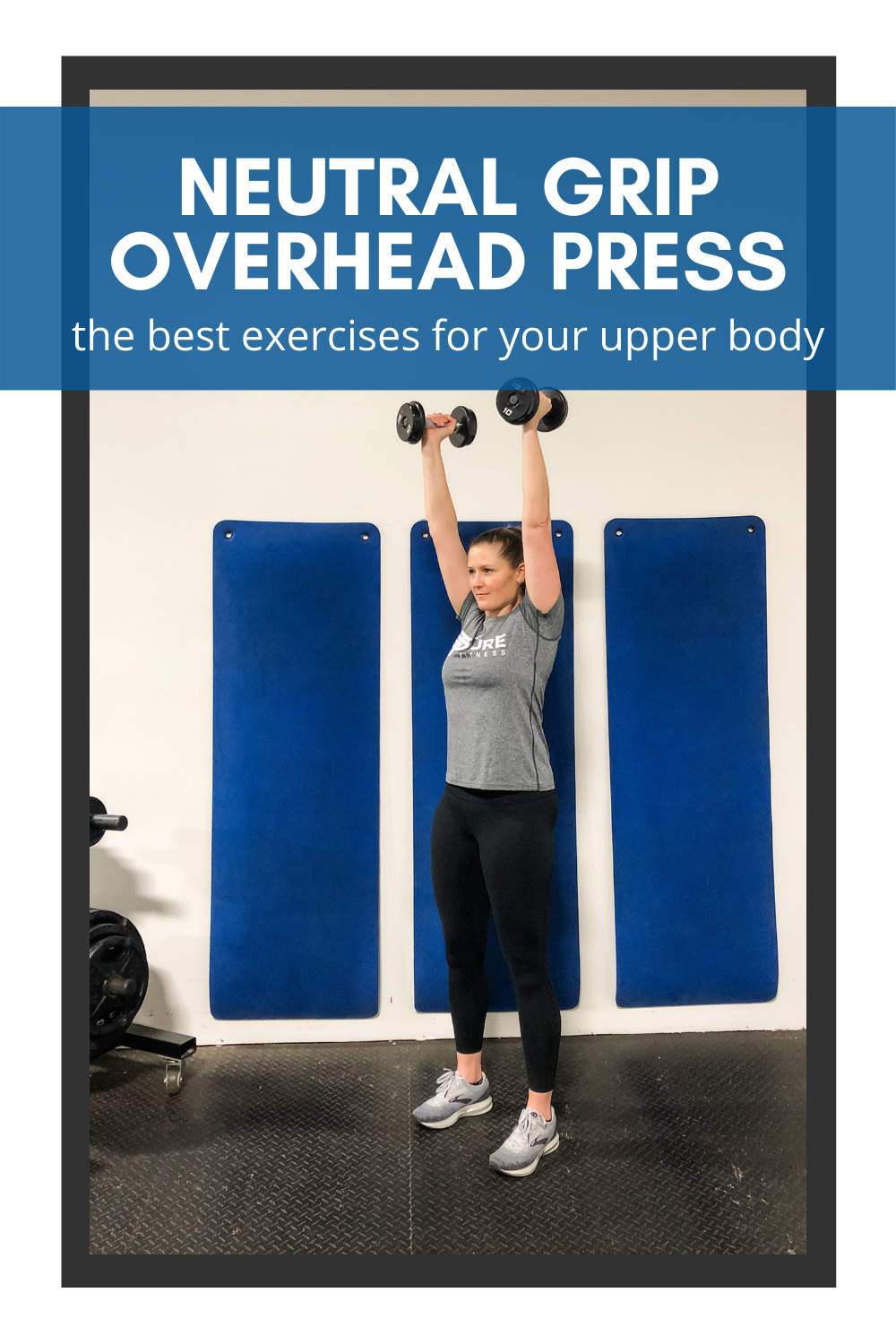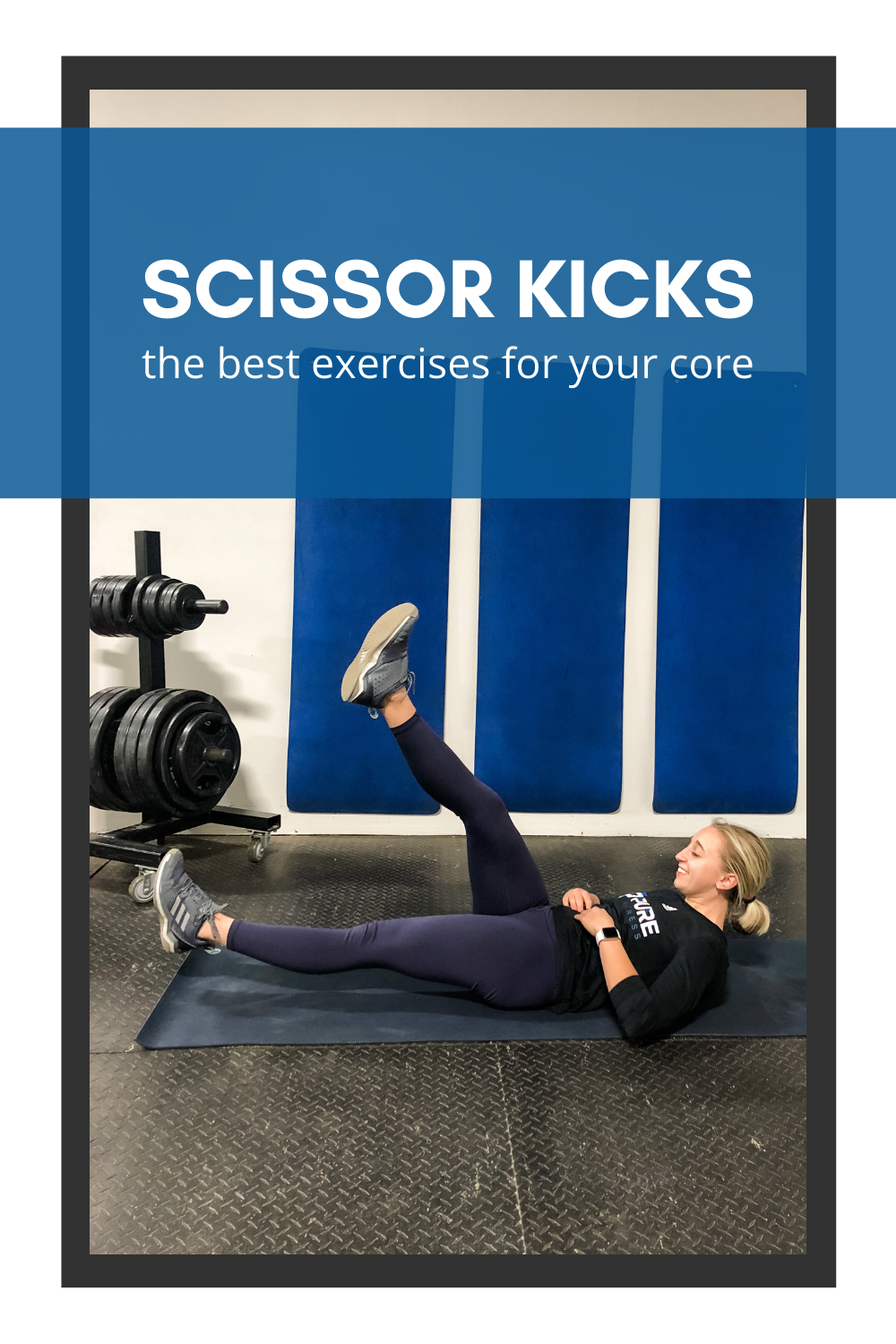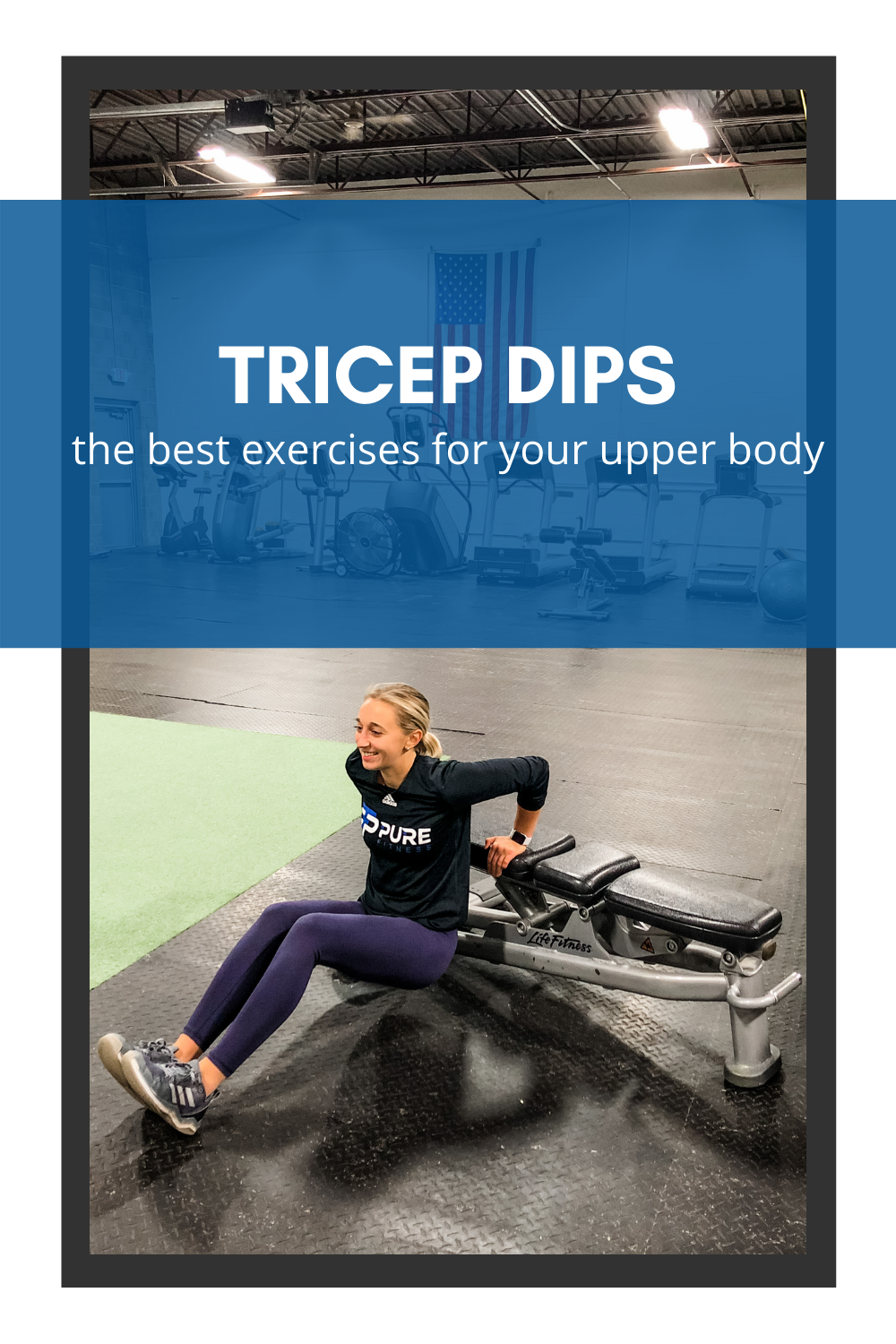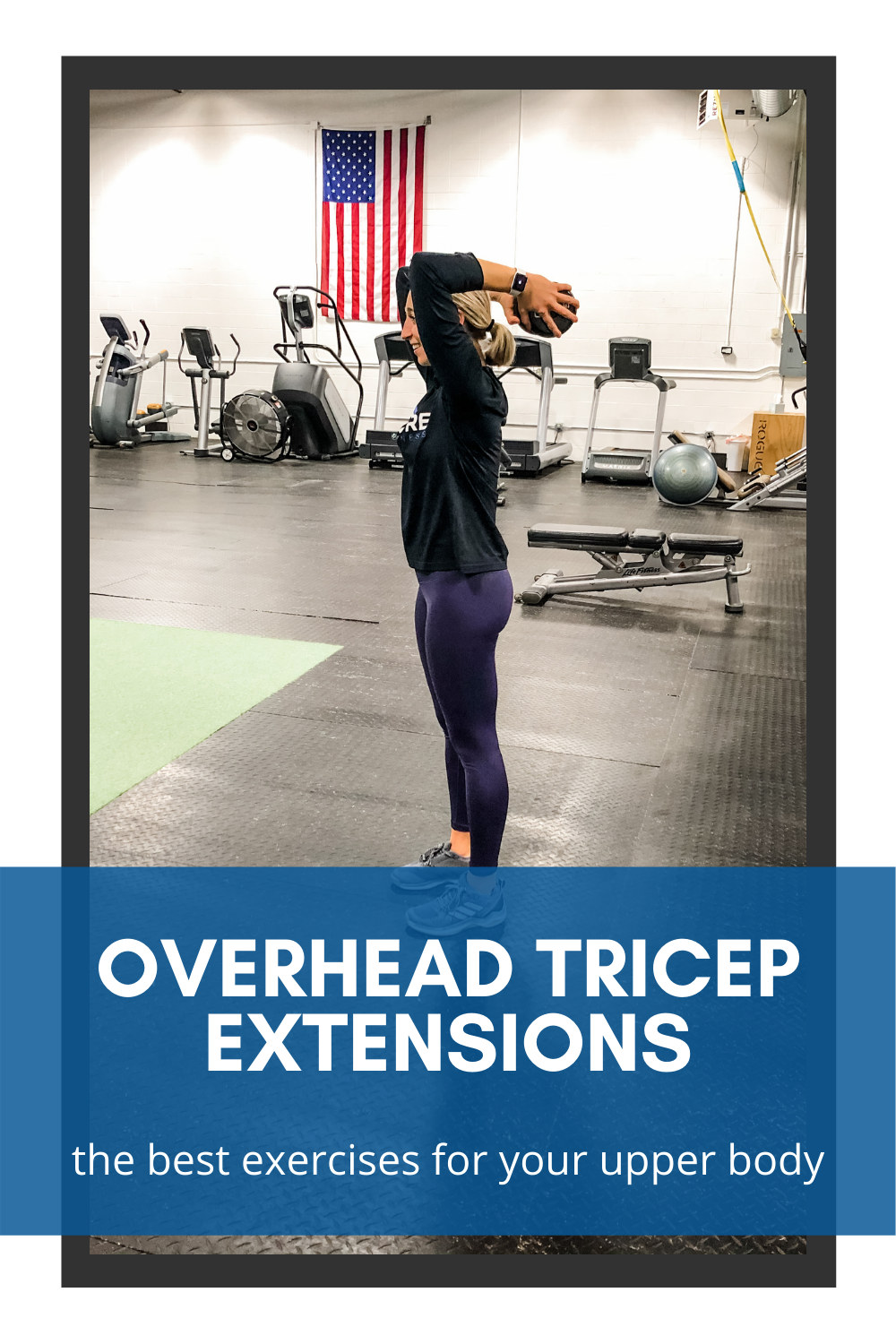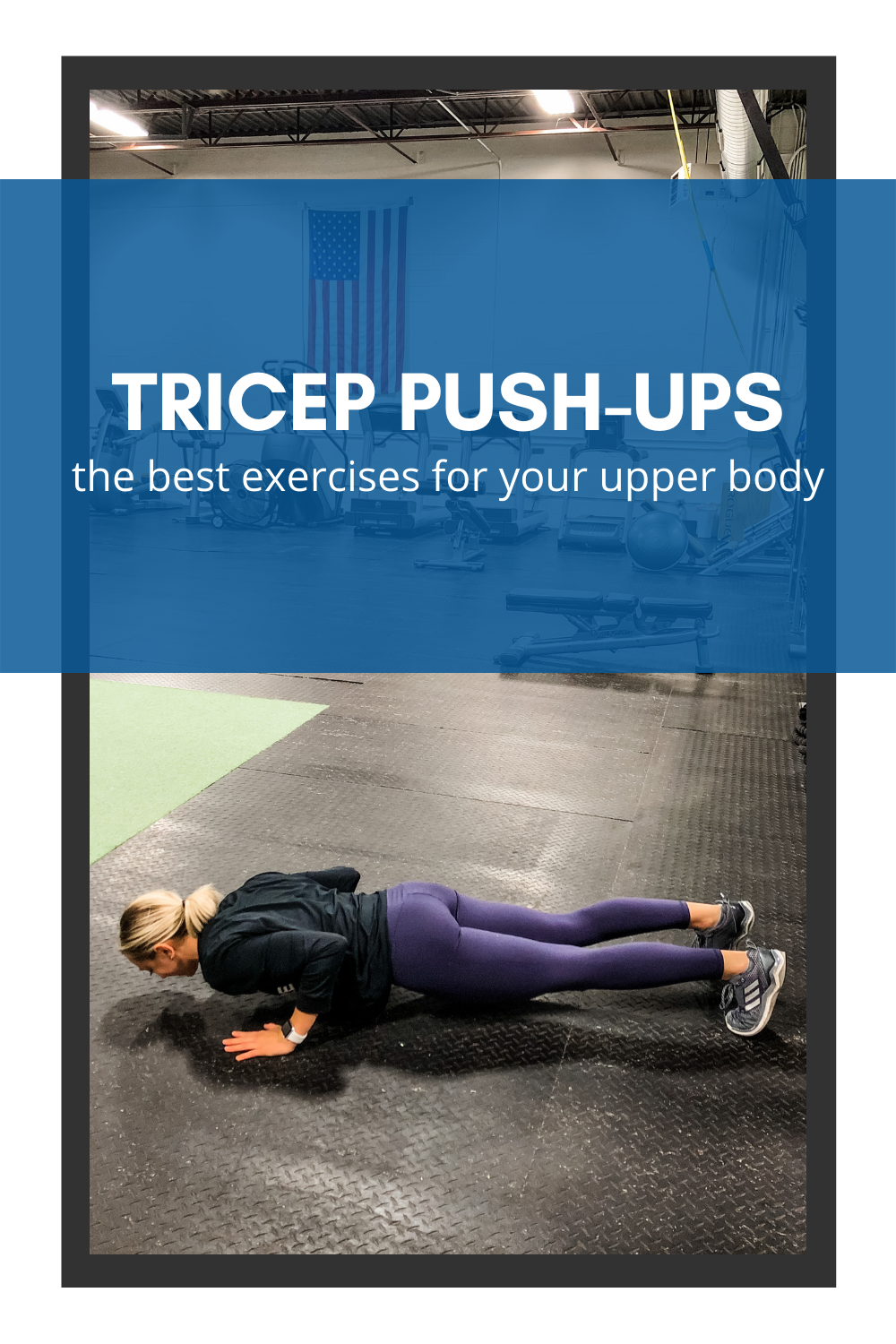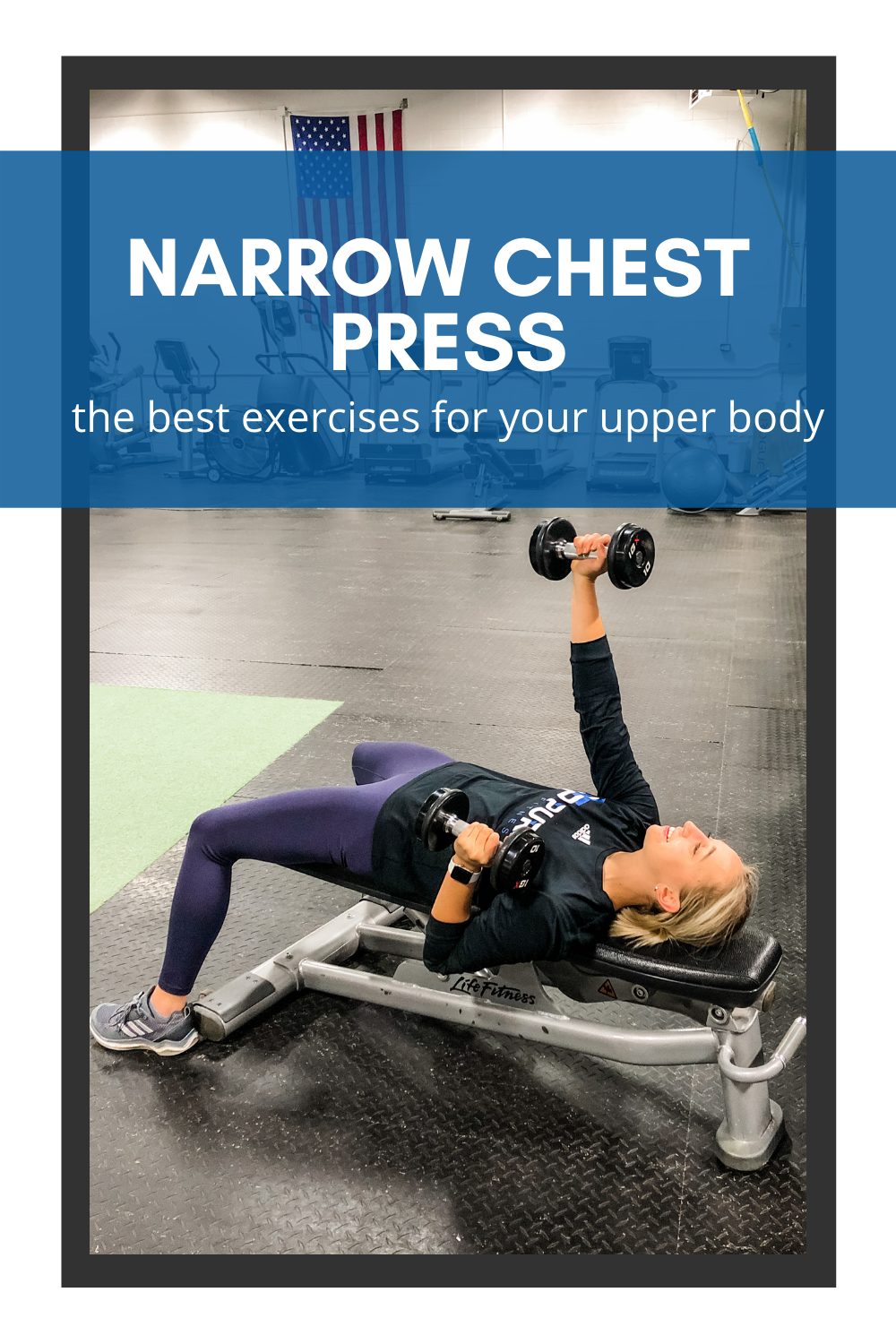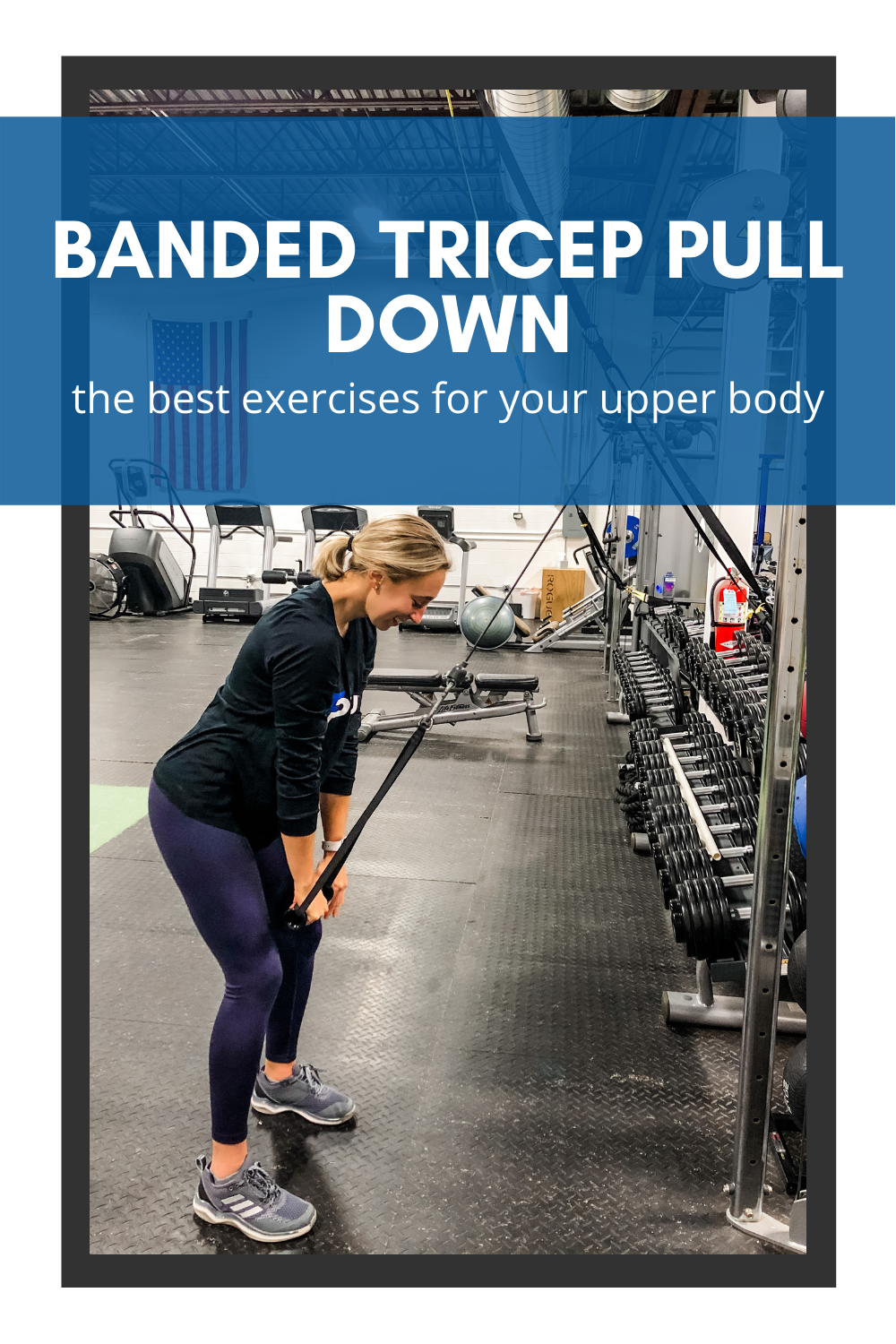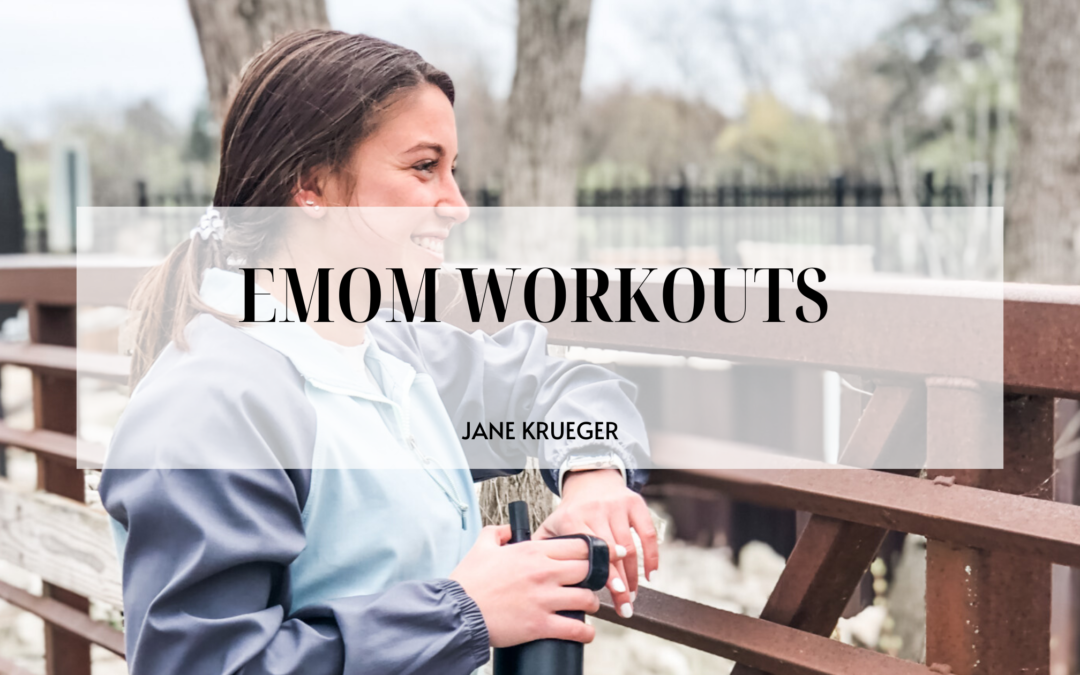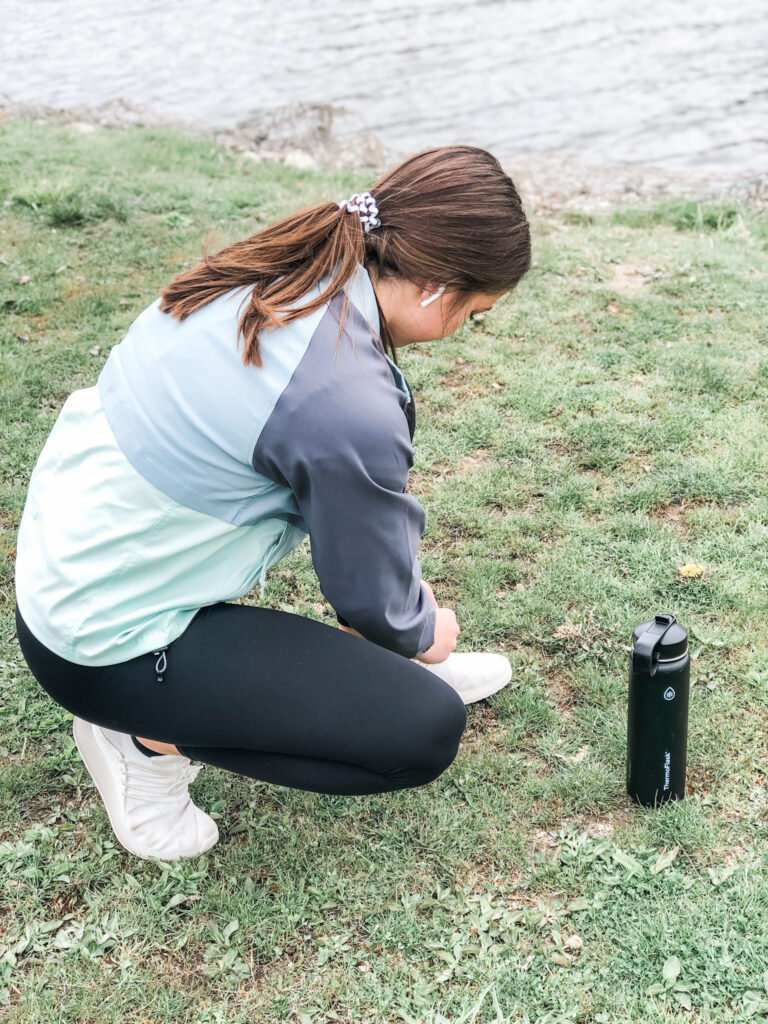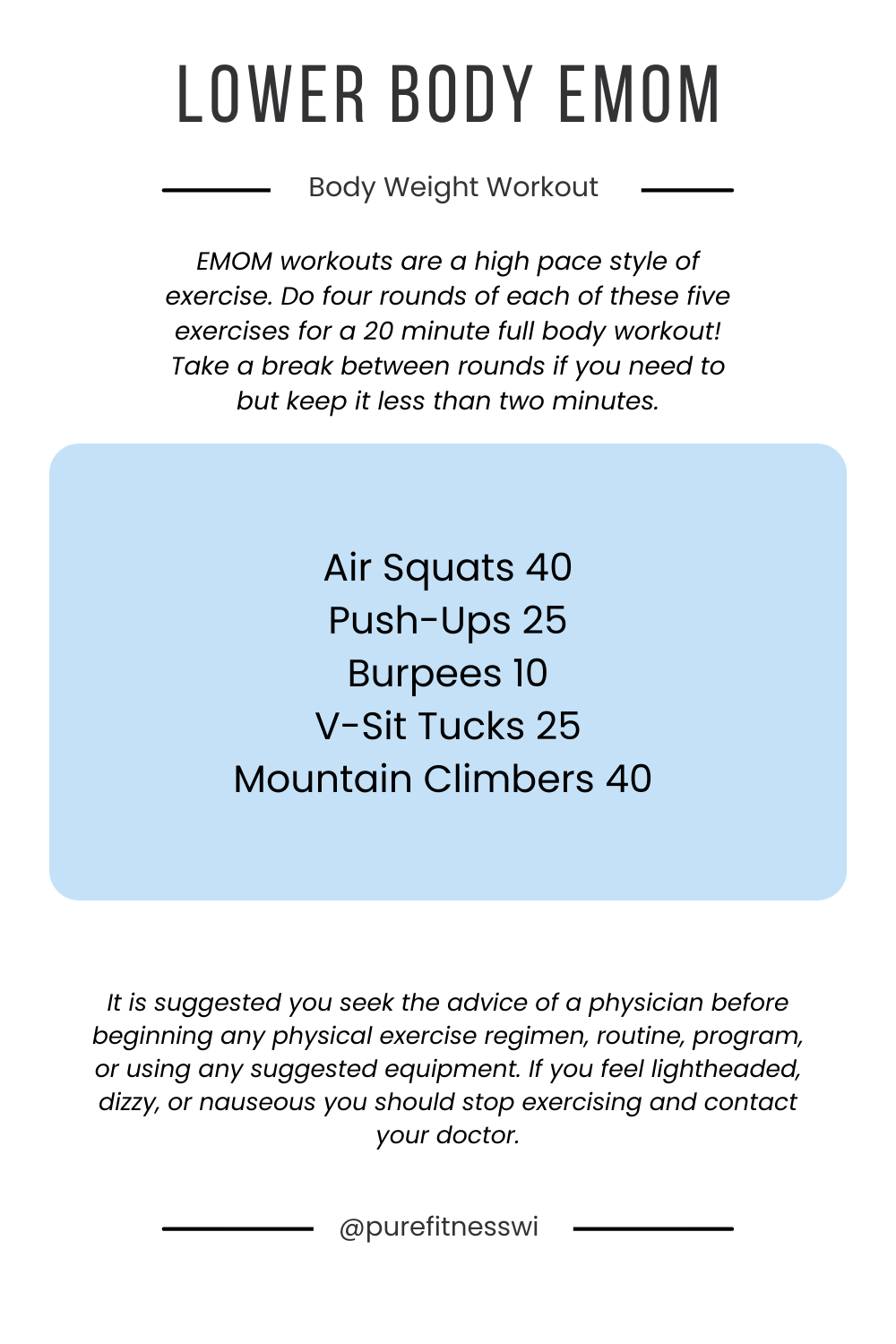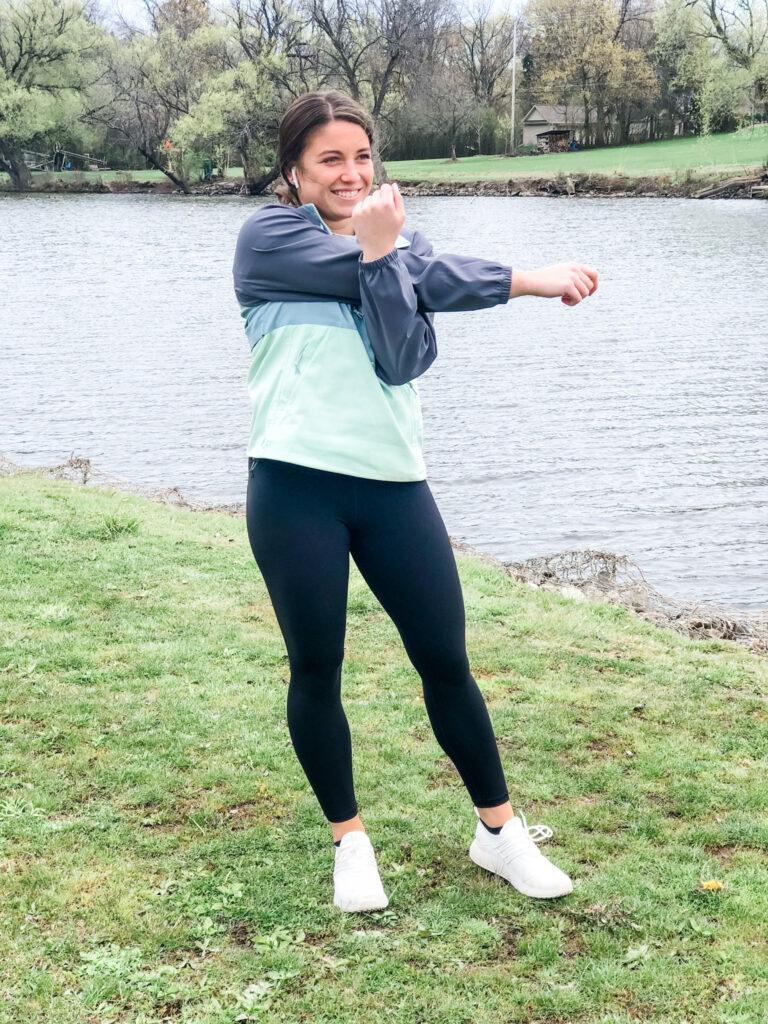Are you looking to transform your body, boost your fitness, and achieve your health goals without the need for expensive gym memberships or fancy equipment? Look no further! I have an amazing solution for you, my Bodyweight Workout Program. In today's fast-paced...
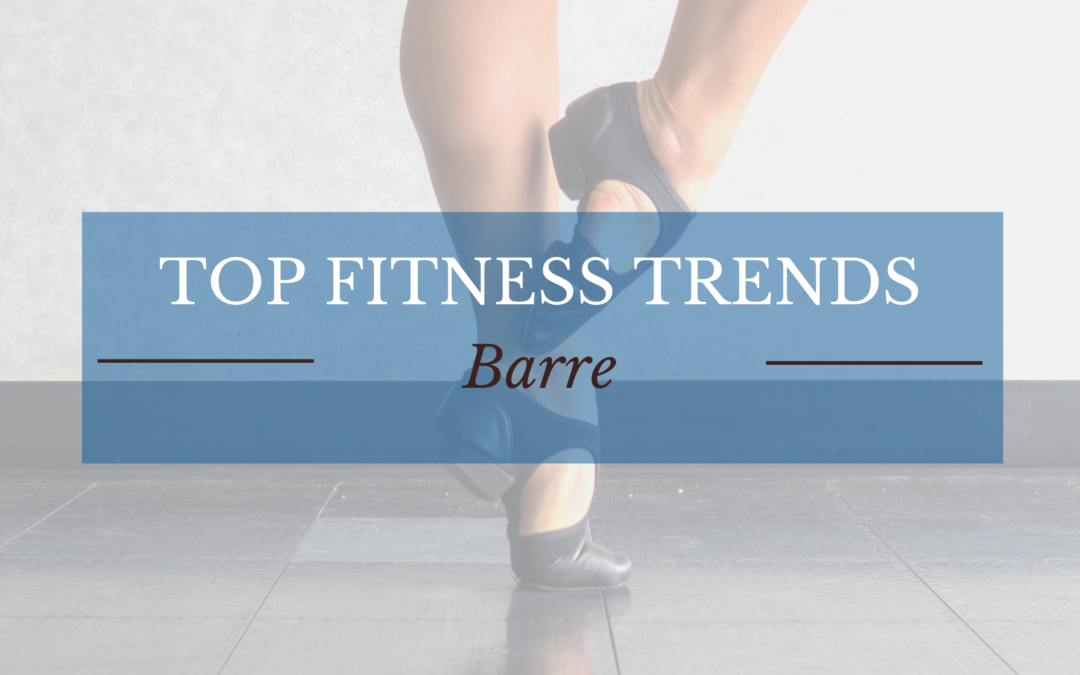
Barre: What is it the fitness trend and is it worth it?
I grew up in a family of dancers. Taking dance lessons until the time I was 8 years old and I’d be lying if I said I still don’t love to dance around from time to time. I think this is the case for a lot of people. Dance is something most people really enjoy letting out some energy with. This is why the popularity of Barre classes have skyrocketed. But is Barre just another fitness trend?
Many people who have a background in dance are looking for that same structure and technique that they are accustomed to with dance classes. Even for those who don’t have a dance background, think dancing is fun. And they are right, it can be a great way to change up your workout routine!
WHAT IS BARRE?
I think many of us have a very vague idea of what Barre is. This was actually started in the 1930s, when Lotte Berk brought it to the public. She was a modern dancer for the time and wanted to bring this kind of exercises that emphasized isometric movements and control for the general public. Many of her dancers at the time had already experienced this, but she wanted to make it widespread so that people of all ability levels could try it.
For today’s world, the class has strayed from a traditional ballet class and has pulled from other popular methods of exercise such as Pilates and Yoga. Making Barre a hybrid fitness trend.
Learn about pilates.
The workouts provided in Barre classes are a challenge. If you have ever seen a ballet or been in a ballet class, you know just how difficult the technique and bodily demands can be. Don’t let this scare you off. The classes are much more tailored to help beginners ease their way into each exercise.
A typical Barre class is set up is by going through each muscle group and burning it out using a series of low impact, but high repetition, exercises. In addition to this muscular endurance work, the class also works in some flexibility training as well.
The important thing to know here that it is not a ballet class. You do not have to be a trained dancer to try it and it is just like starting any other fitness class out there. You will be guided by an instructor the entire time and will get the group workout atmosphere.
WHAT ARE THE BENEFITS OF BARRE?
You may be still wondering why on earth you would do this if you have no background in dance and are just looking for a new workout. There are actually many benefits to doing a workout of this type. Similar to Pilates, this type of workout is going to be mentally engaging as well.
Also placing a big focus on technique, you will have to be heavily concentrated on the task at hand. This may be just the workout you need to get that mental break from your day job.
Barre classes are also a great way to form a community around your workout routine. If you hate working out alone, this might be a great thing for you to try. You can bring along your friends or make new ones a the class.
Not only will Barre be a place for you to bond, but you will have an accountability aspect.
The benefits are not all mental, there are a lot of physical benefits to doing a Barre workout as well. This is another fitness trend that places a large focus on training the core. The benefits associated to Barre are numerous, but perhaps two of the most important are improved posture and balance.
WHAT ARE THE DOWNFALLS OF BARRE AS A FITNESS TREND?
If you have read any of our other fitness trend articles, the drawbacks of Barre might not surprise you.
As we have discussed in previous posts about fitness trends, the improvements in strength from Barre are limited to the weights and reps you use. Because it is often bodyweight or low weight, you are limiting yourself to the muscular endurance phase. There will be limits to how much strength you can build through this kind of workout.
It may not get you to your goals. Similar to a lot of other exercise classes, they are only working in one lane. You are not able to vary your workouts or what phase you are working in because you are confined to the selection of the instructor. This is fine if this is built in to a well-rounded program with cardio and strength, but it is something to consider when planning your week of workouts.
There is little-to no challenge for your heart rate. I am not saying that every workout has to get to the peak of your VO2 Max. However, this does need to be built into your exercise routine in order to improve your cardiovascular health in the long run.
Unlock Your Full Potential: The Bodyweight Workout Program
Sculpt Your Goals: Dumbbell Only Workout Program
Are you ready to start a new workout program that focuses on building strength in a simple and effective manner? Then you are in the right place! My Dumbbell Only Workout Program is your answer to achieving your fitness goals. Let's explore why my program is the...
3 Reasons to Own Your Own Training Business
Owning your own training business can be an exciting and yet overwhelming thought. But ask yourself... Are you committed to the long term? Does passion and knowledge fuel your desire to work with clients everyday? Are you looking for more career advancement...



